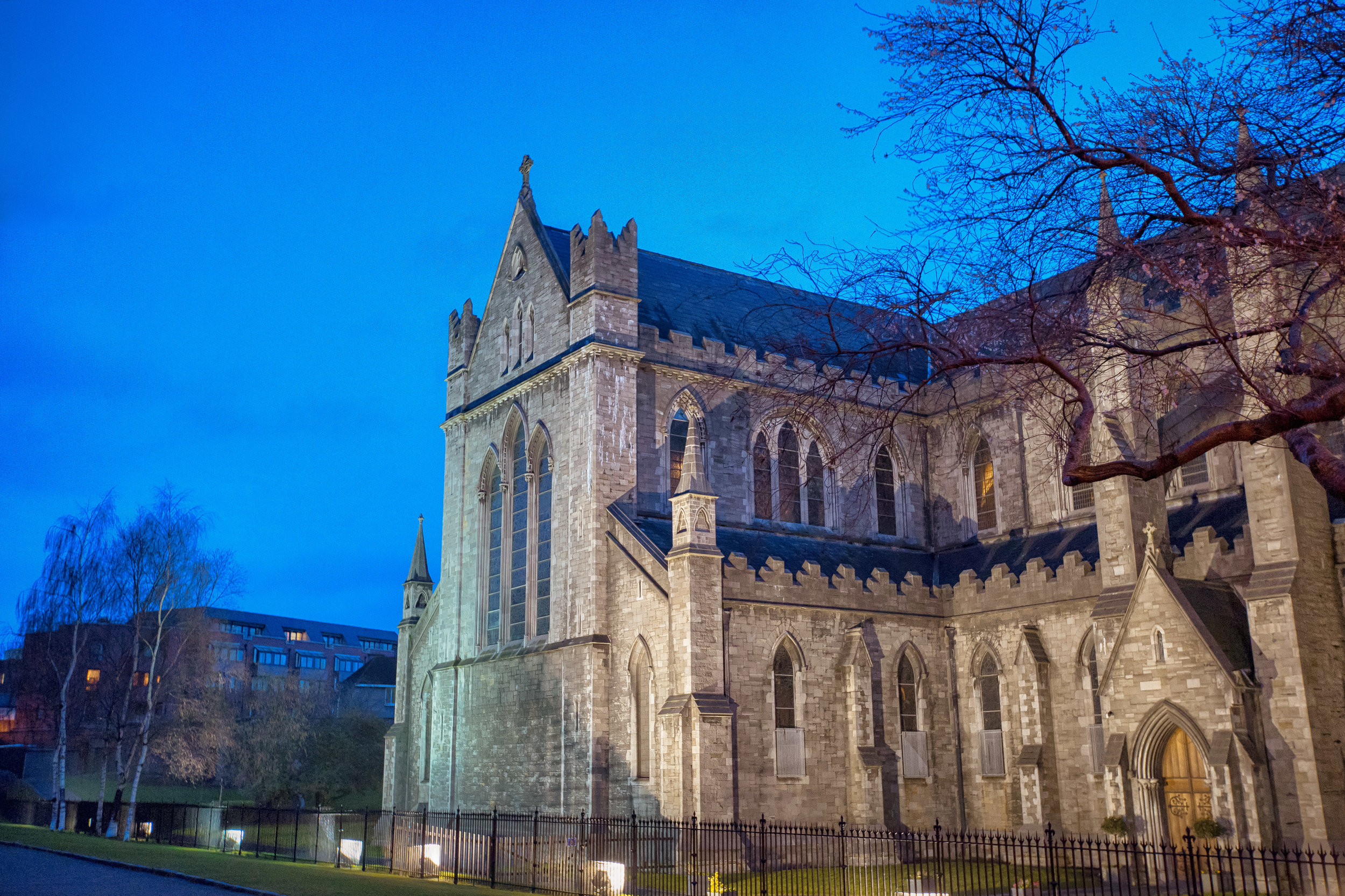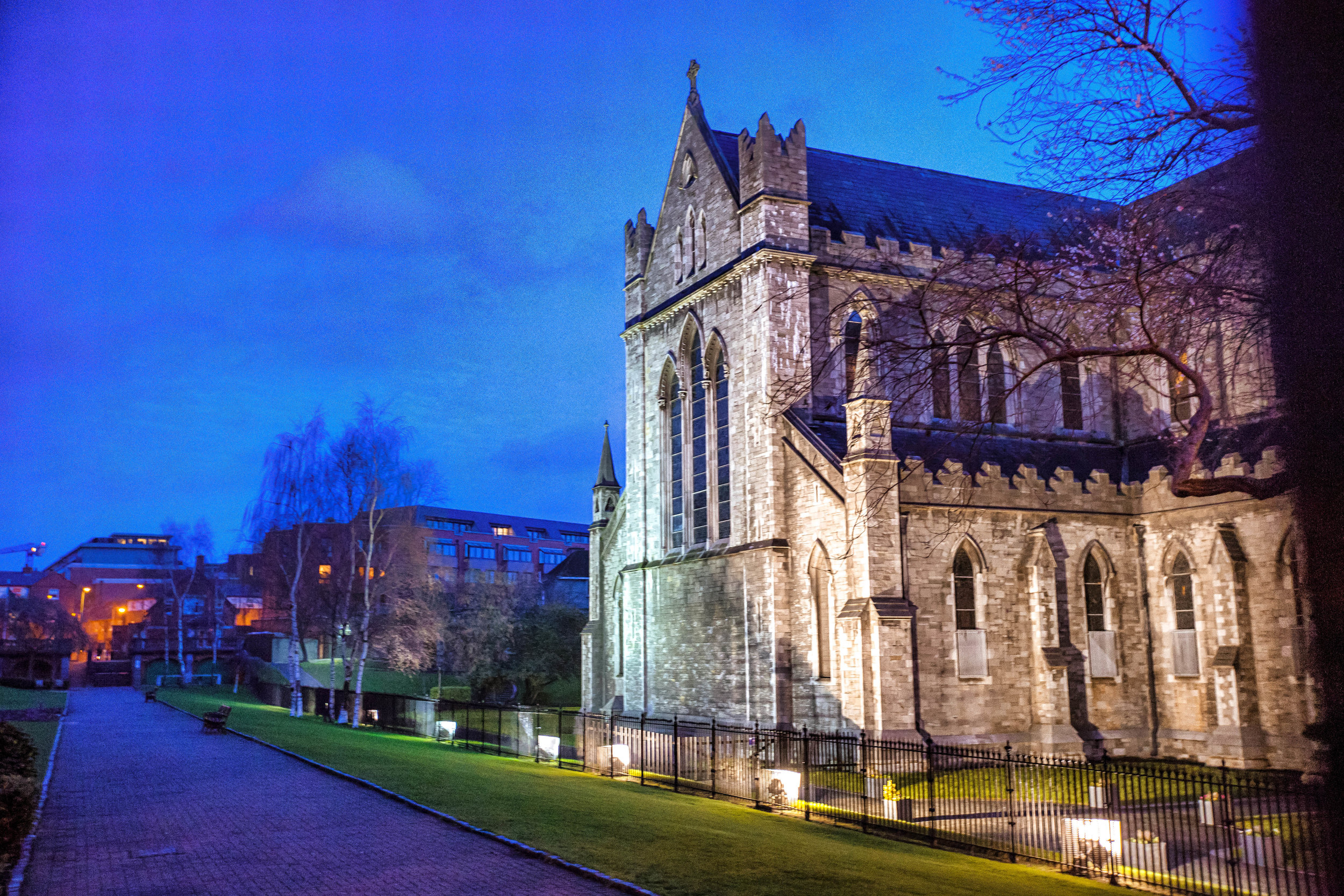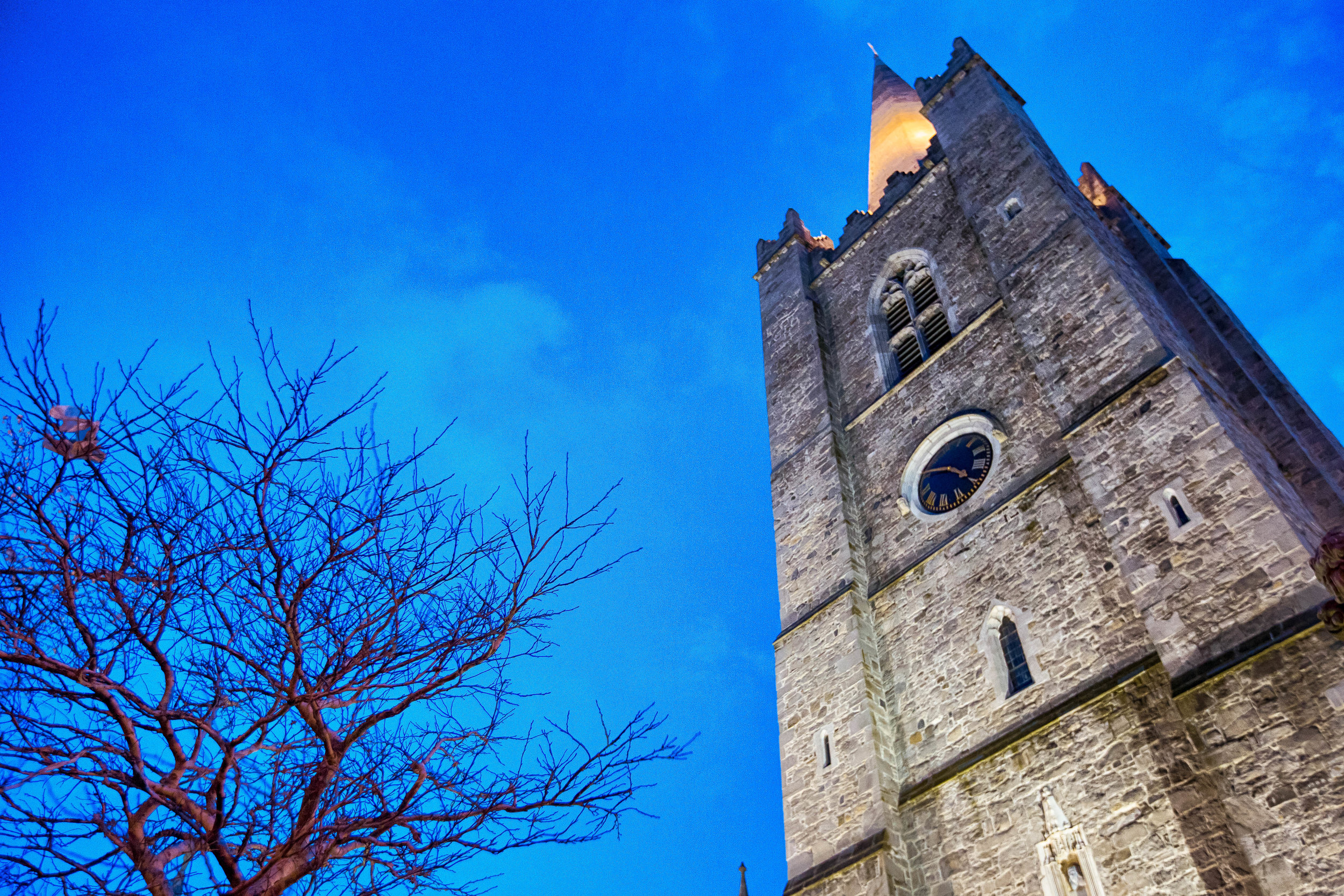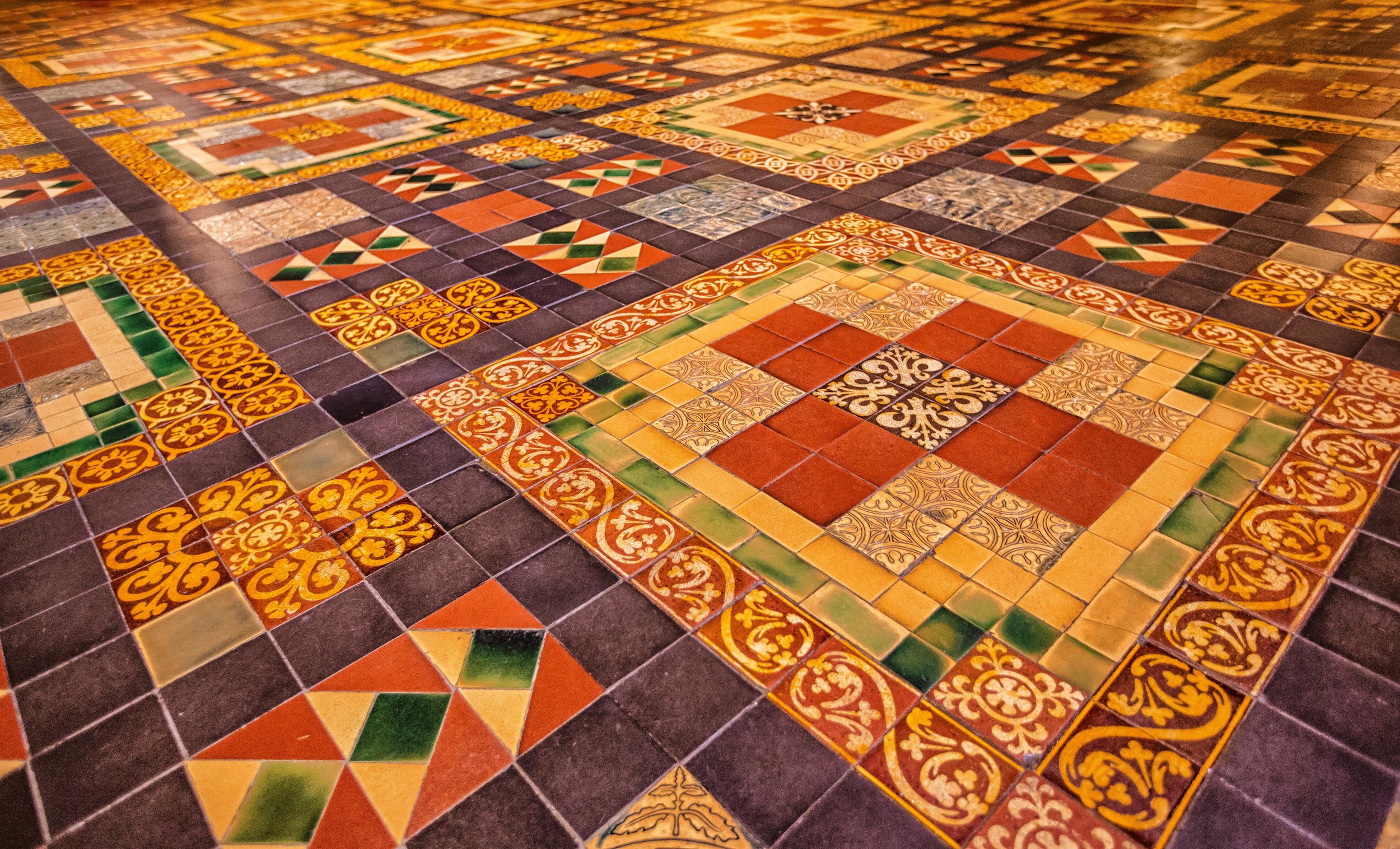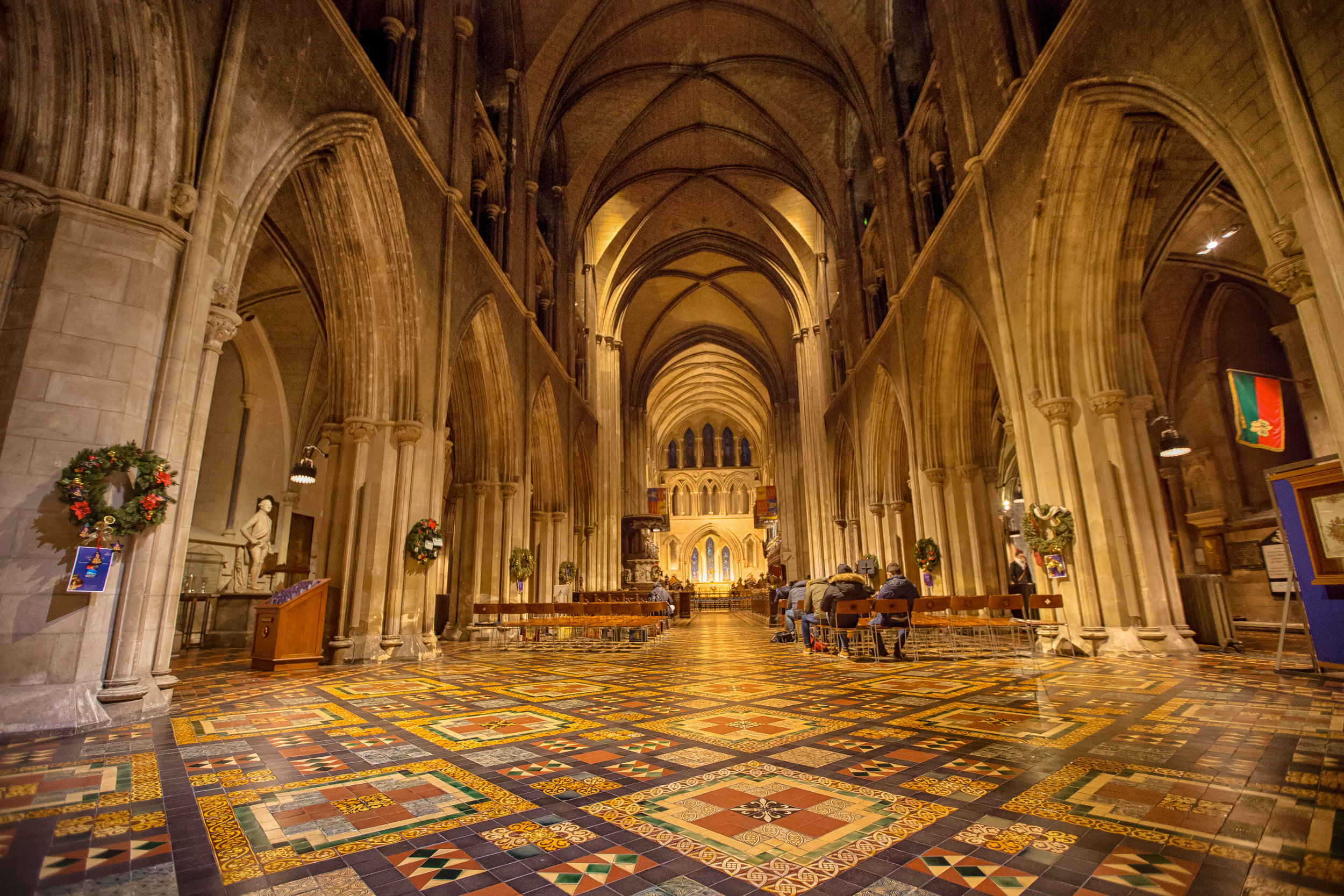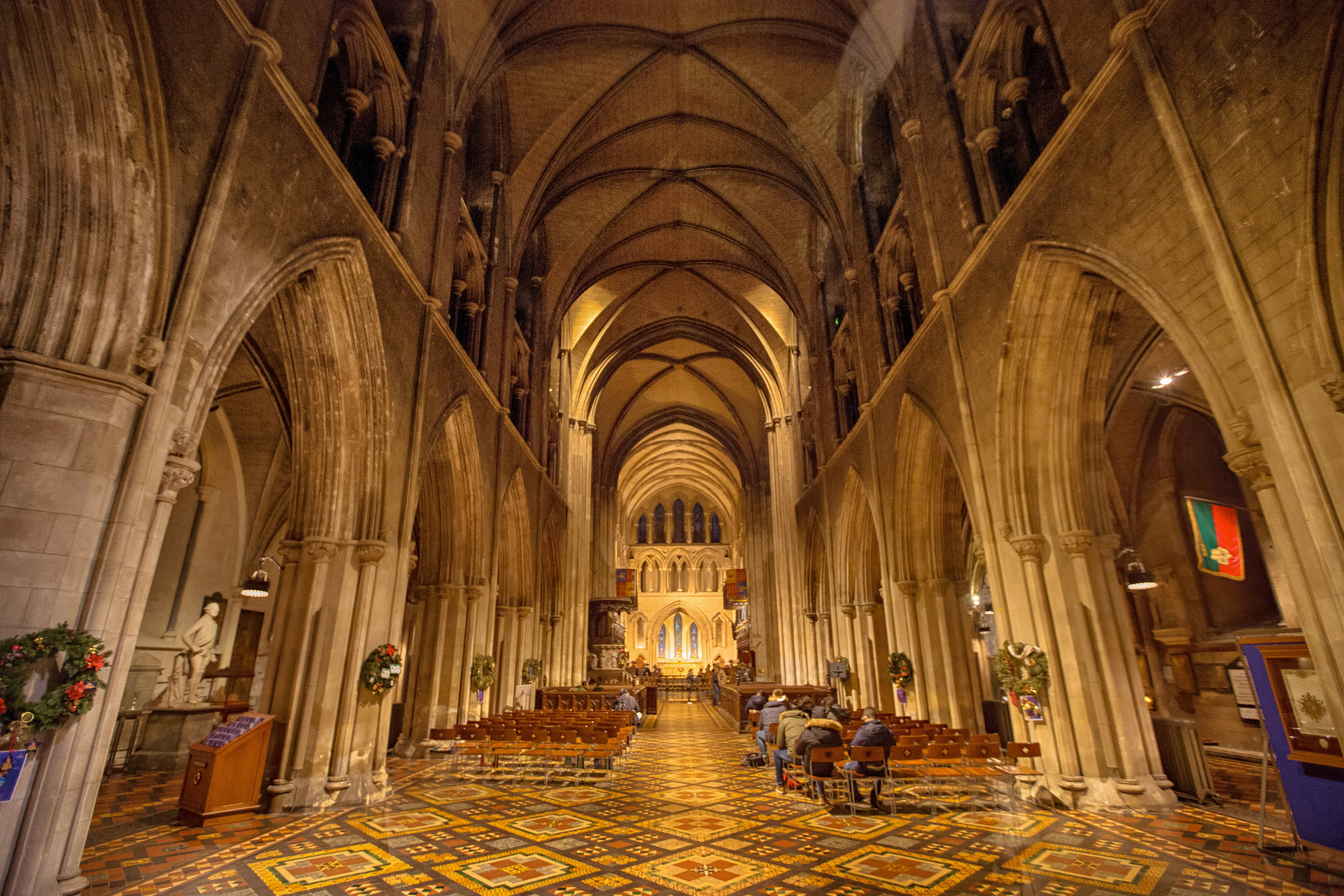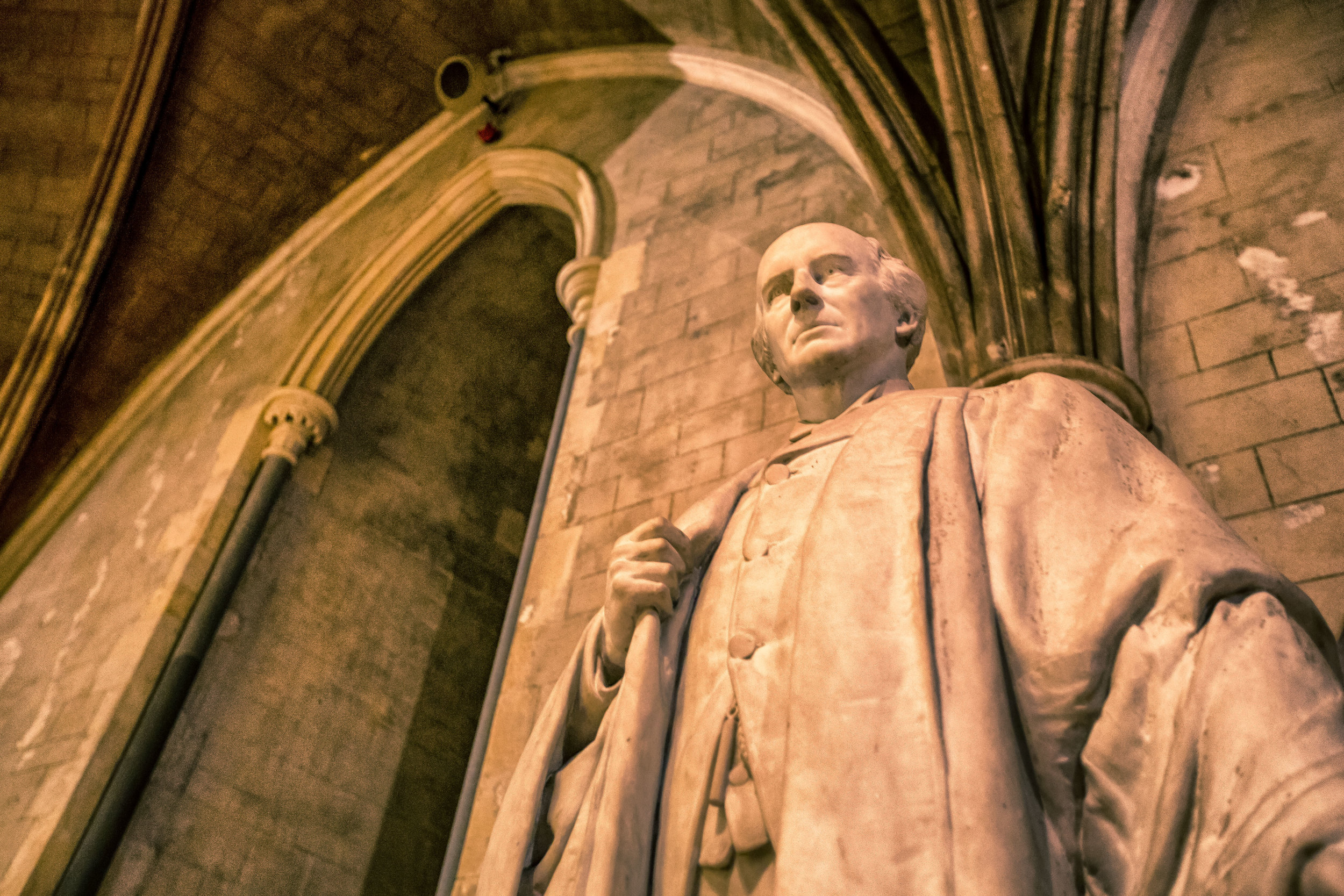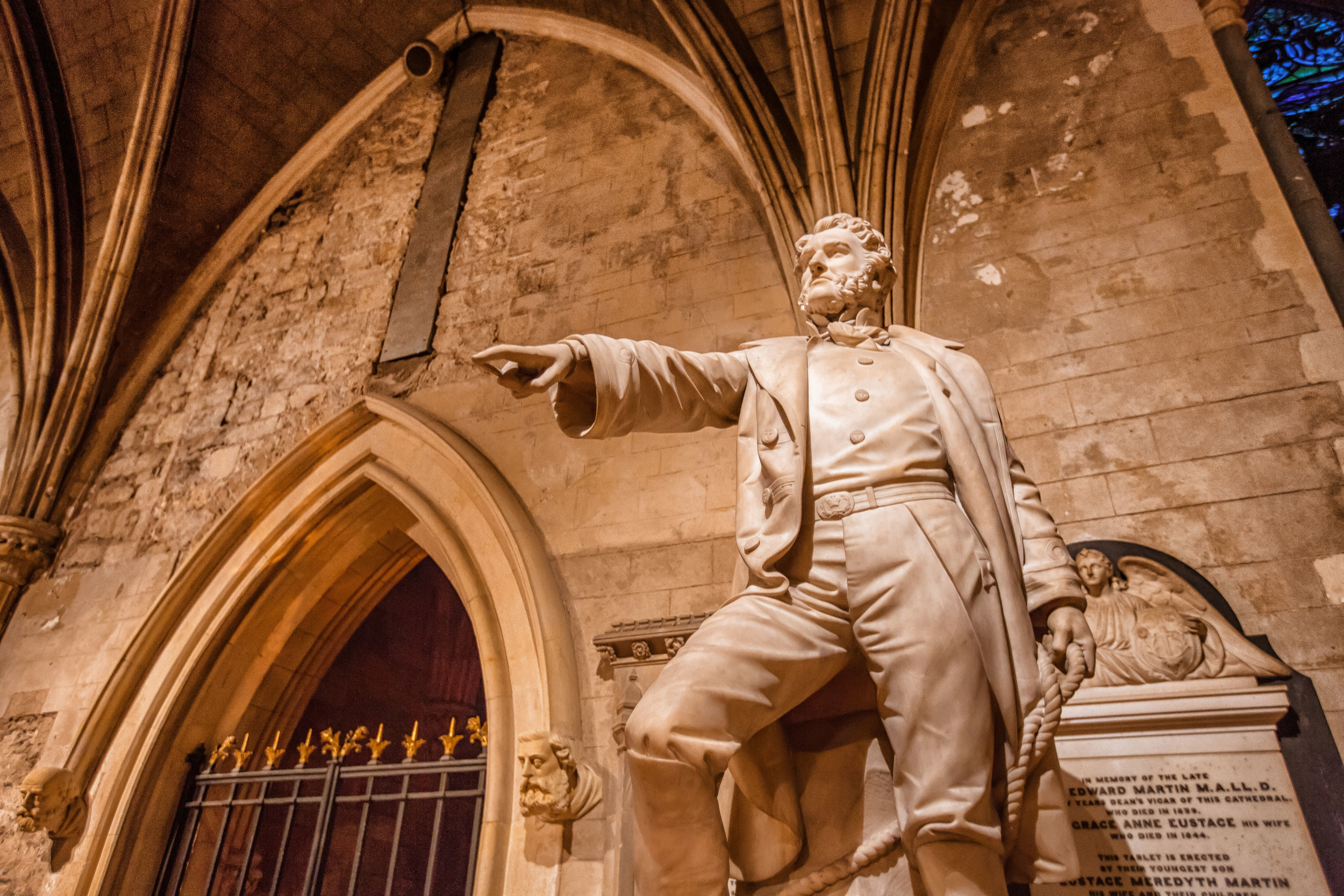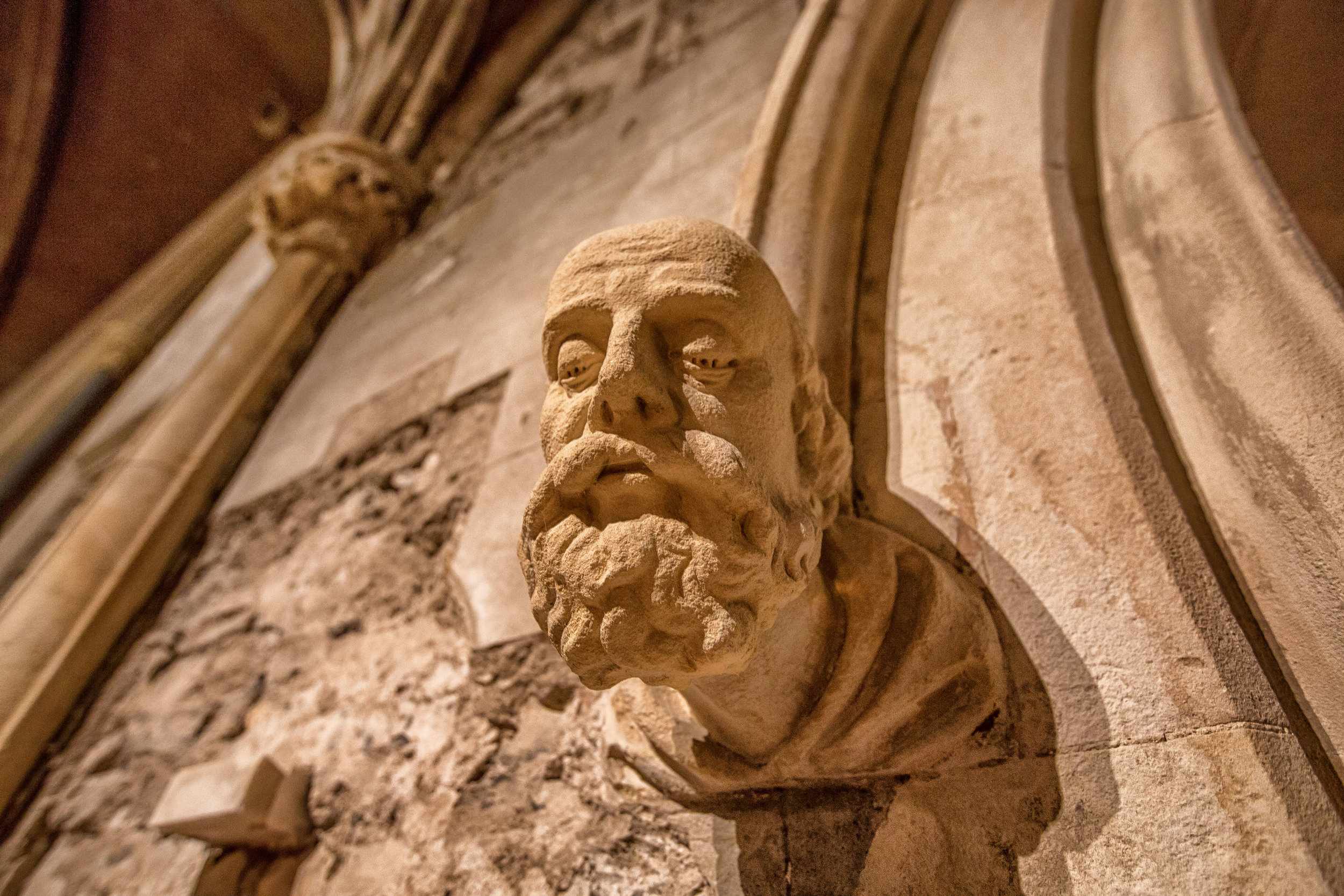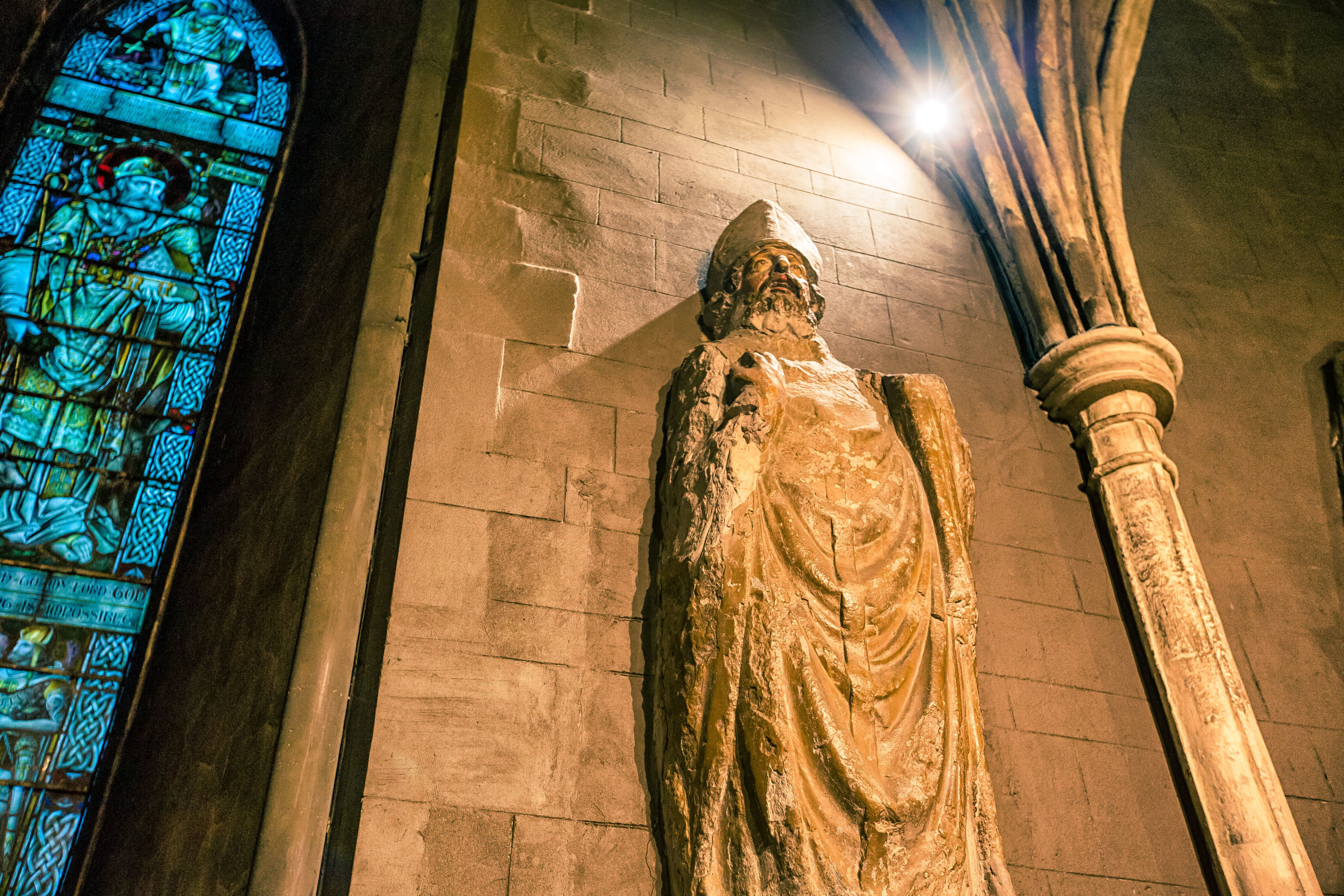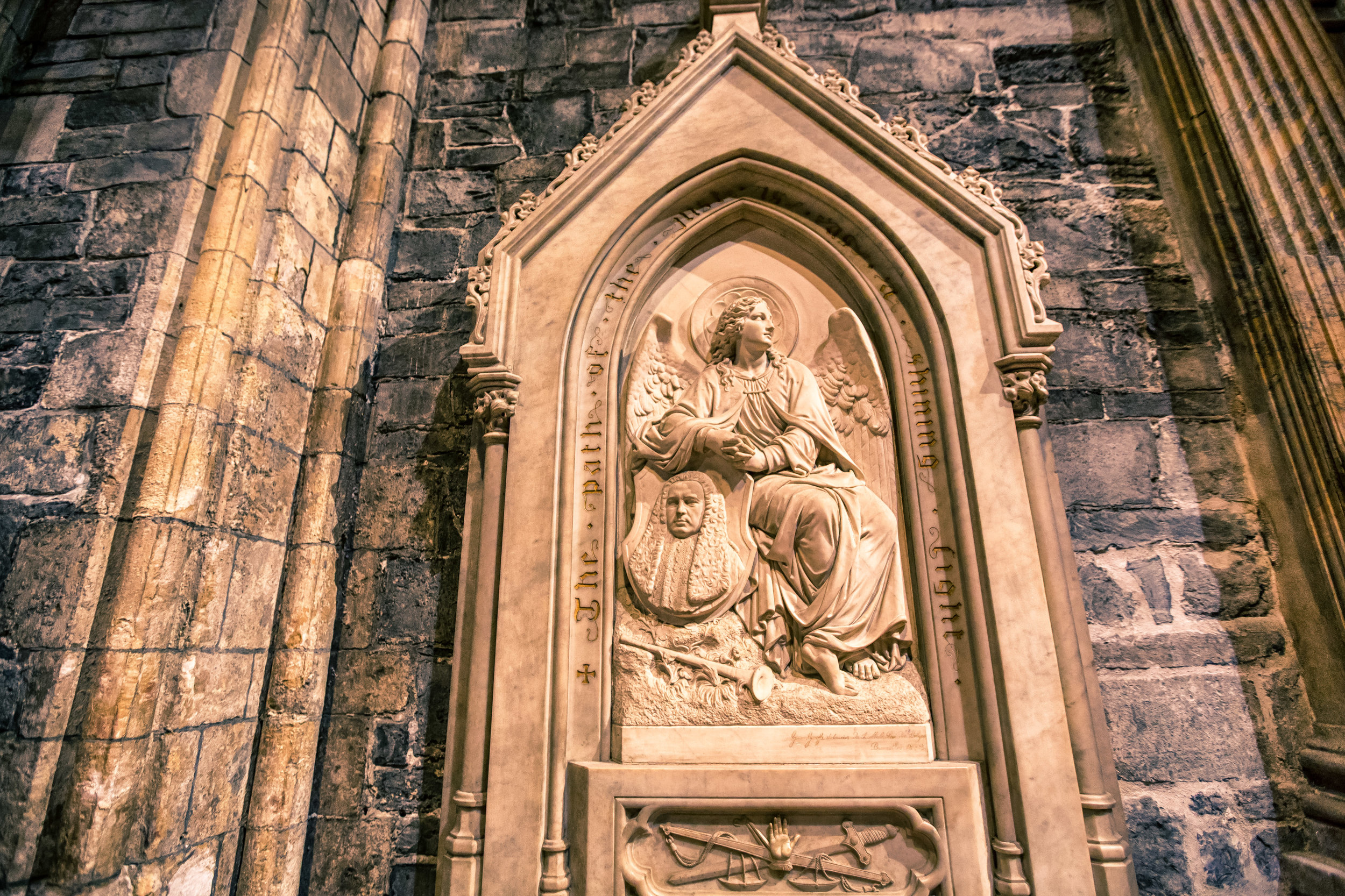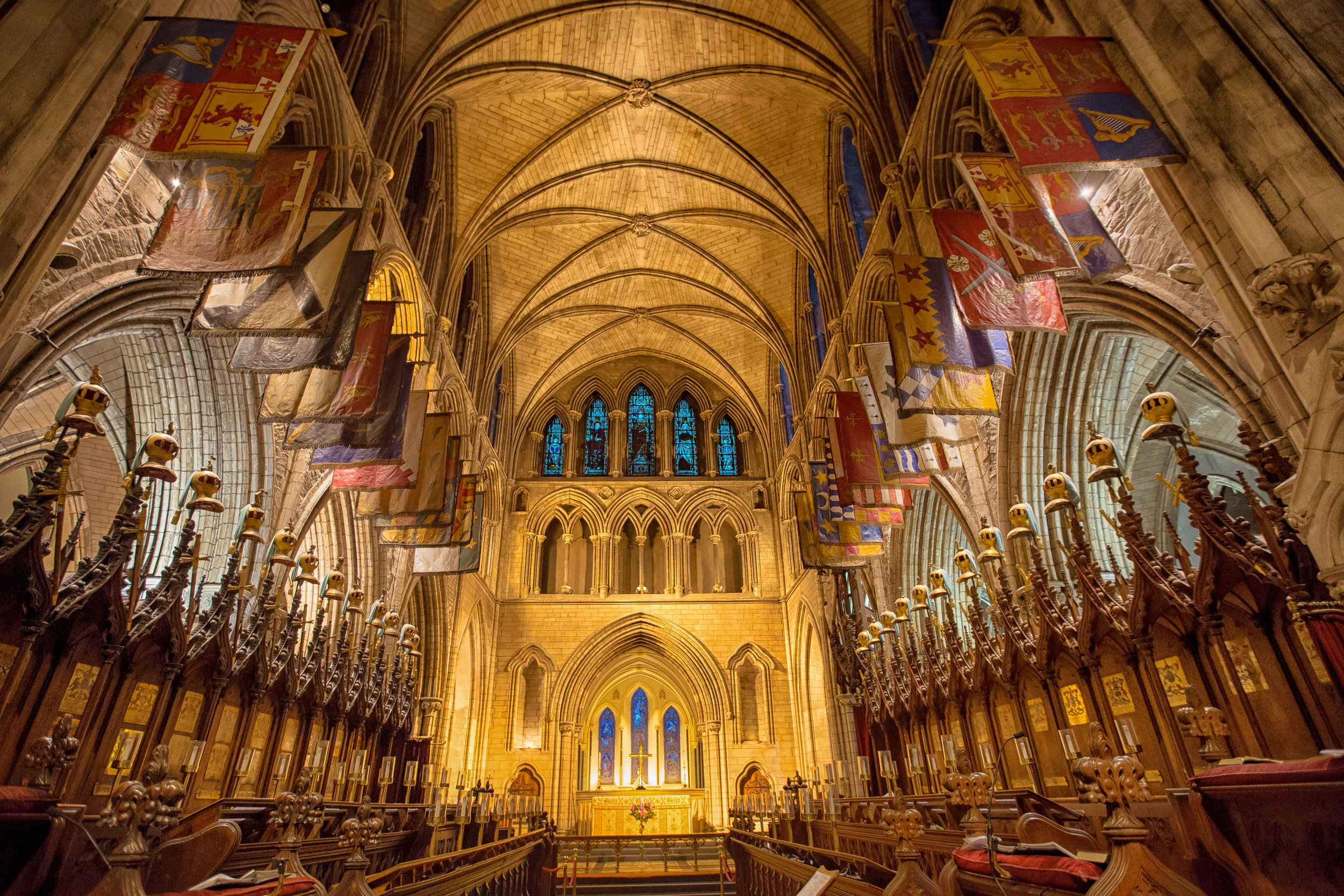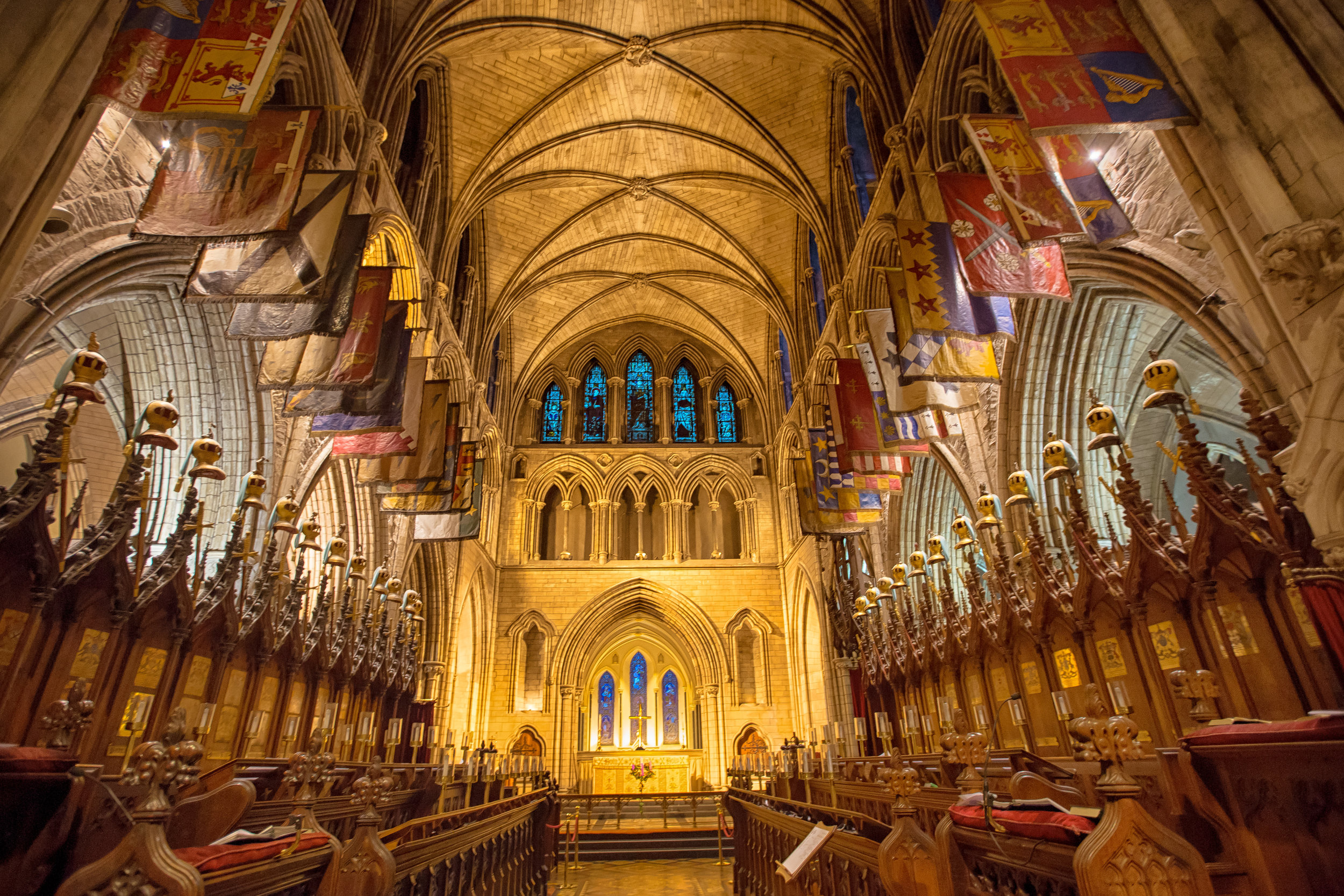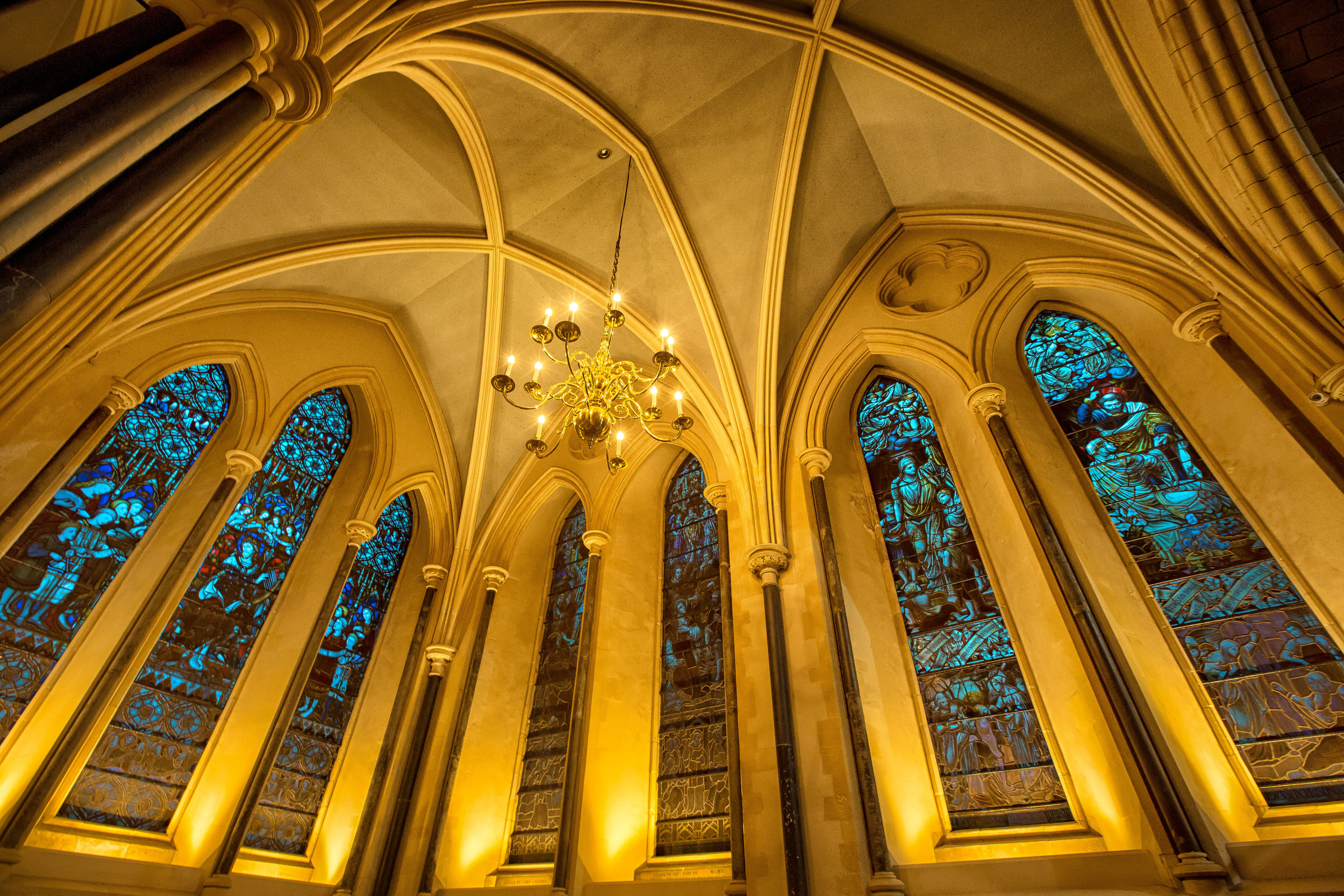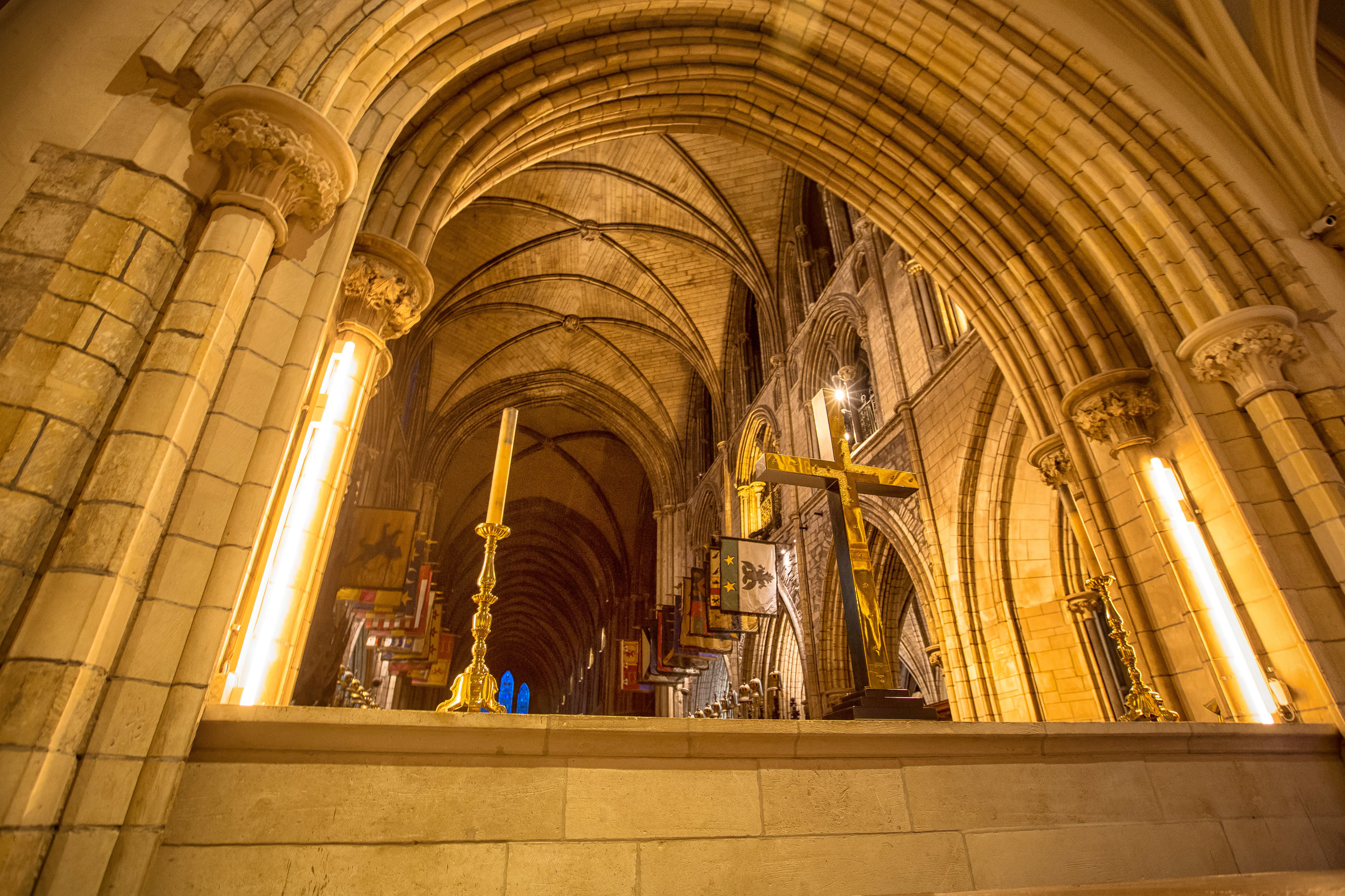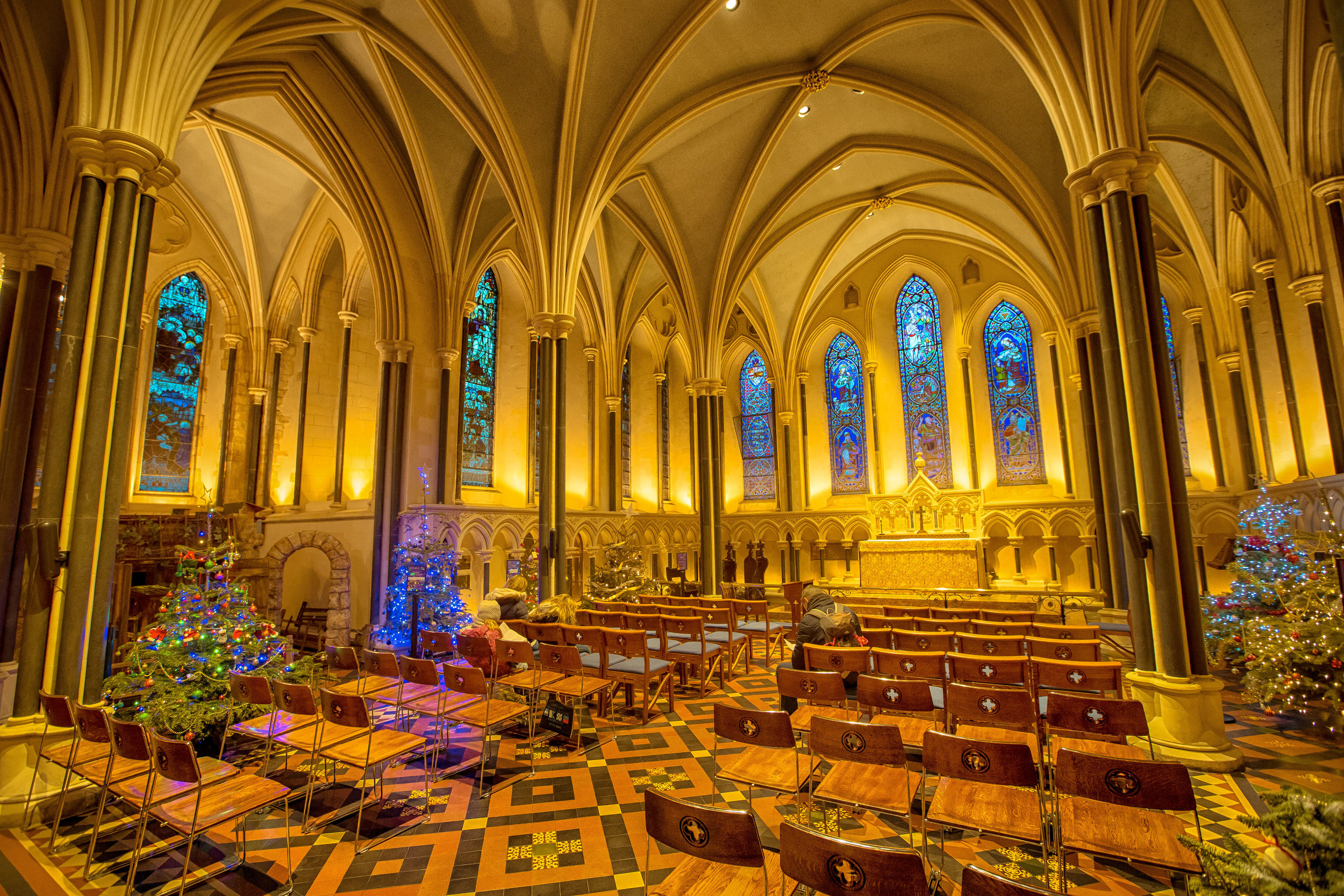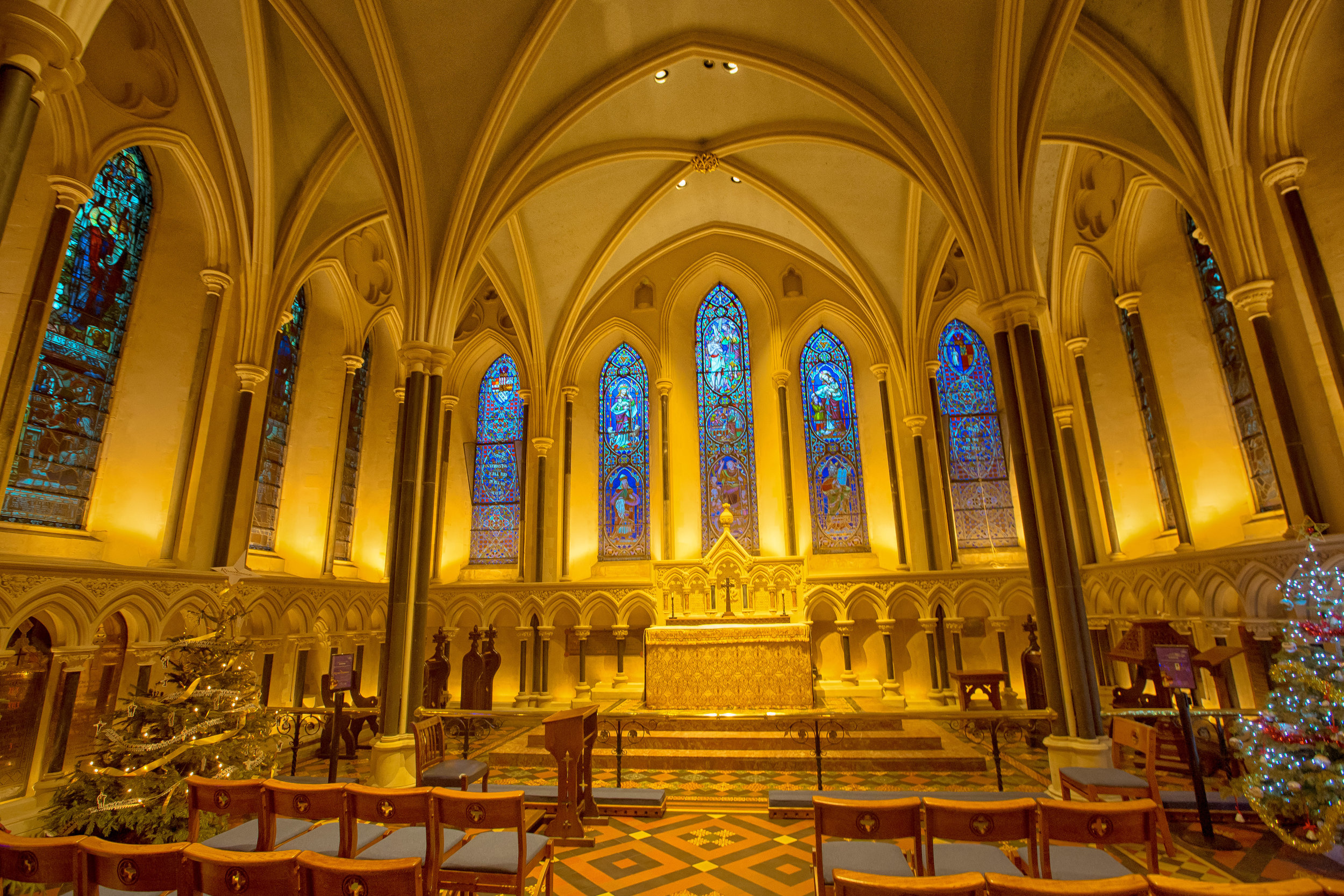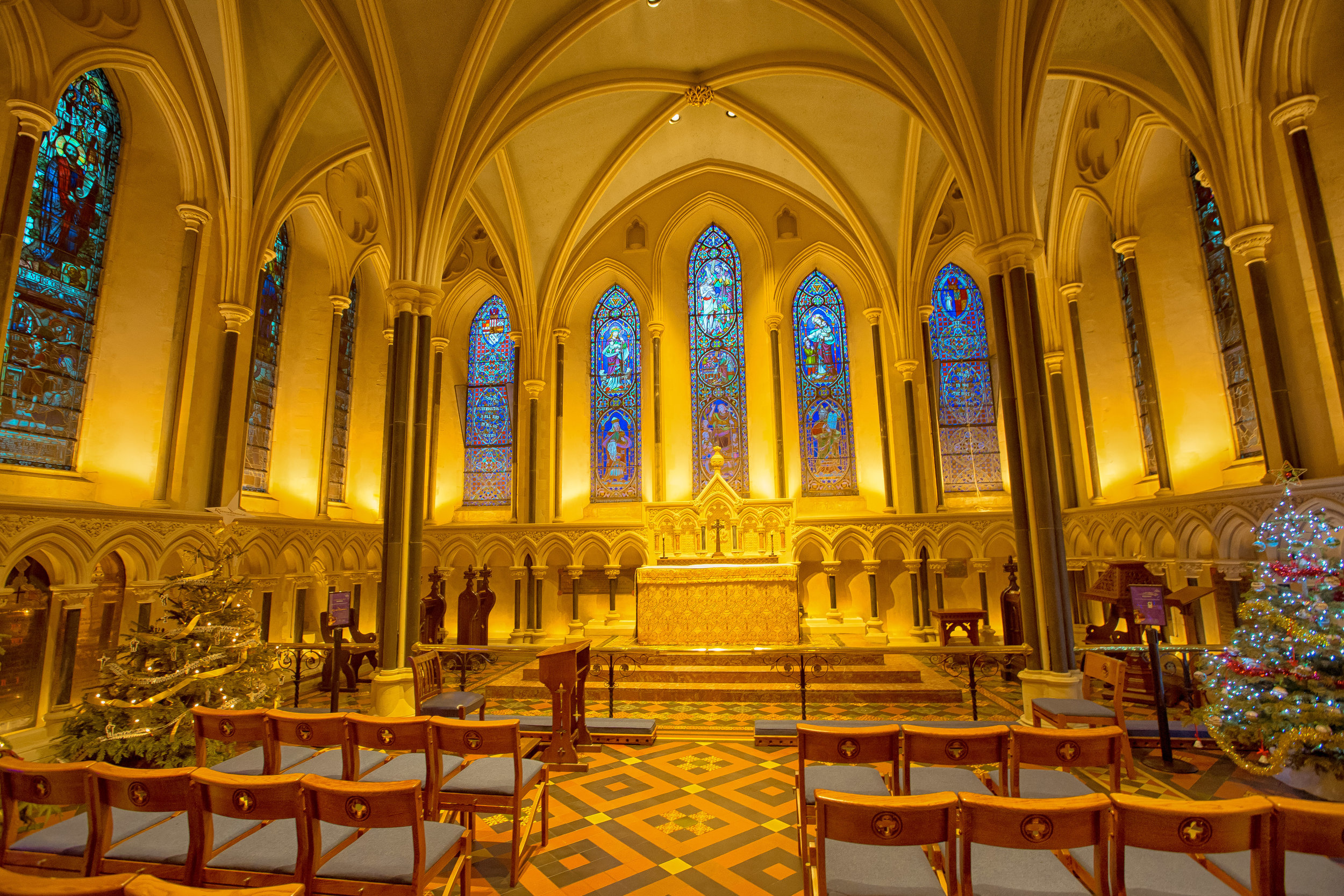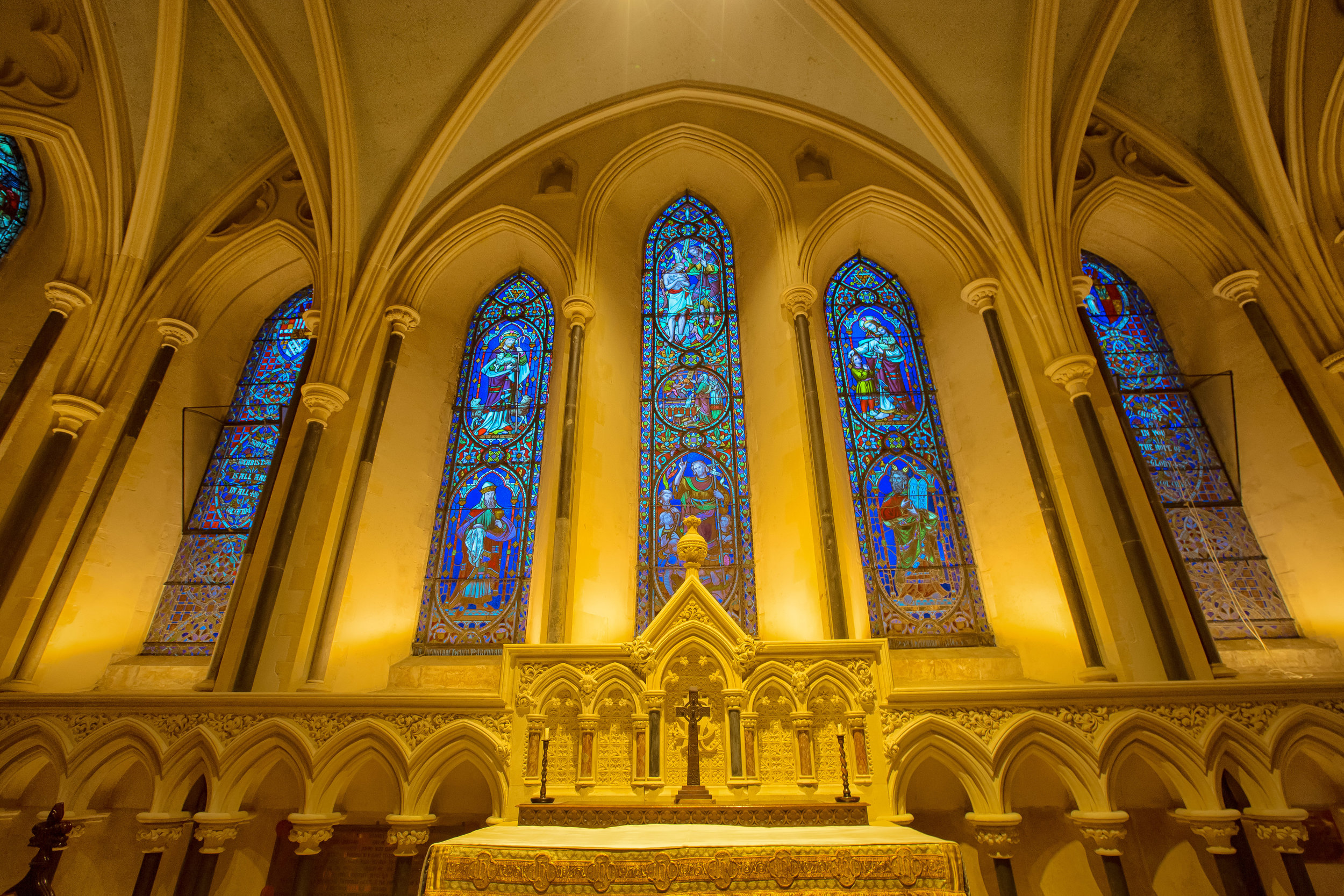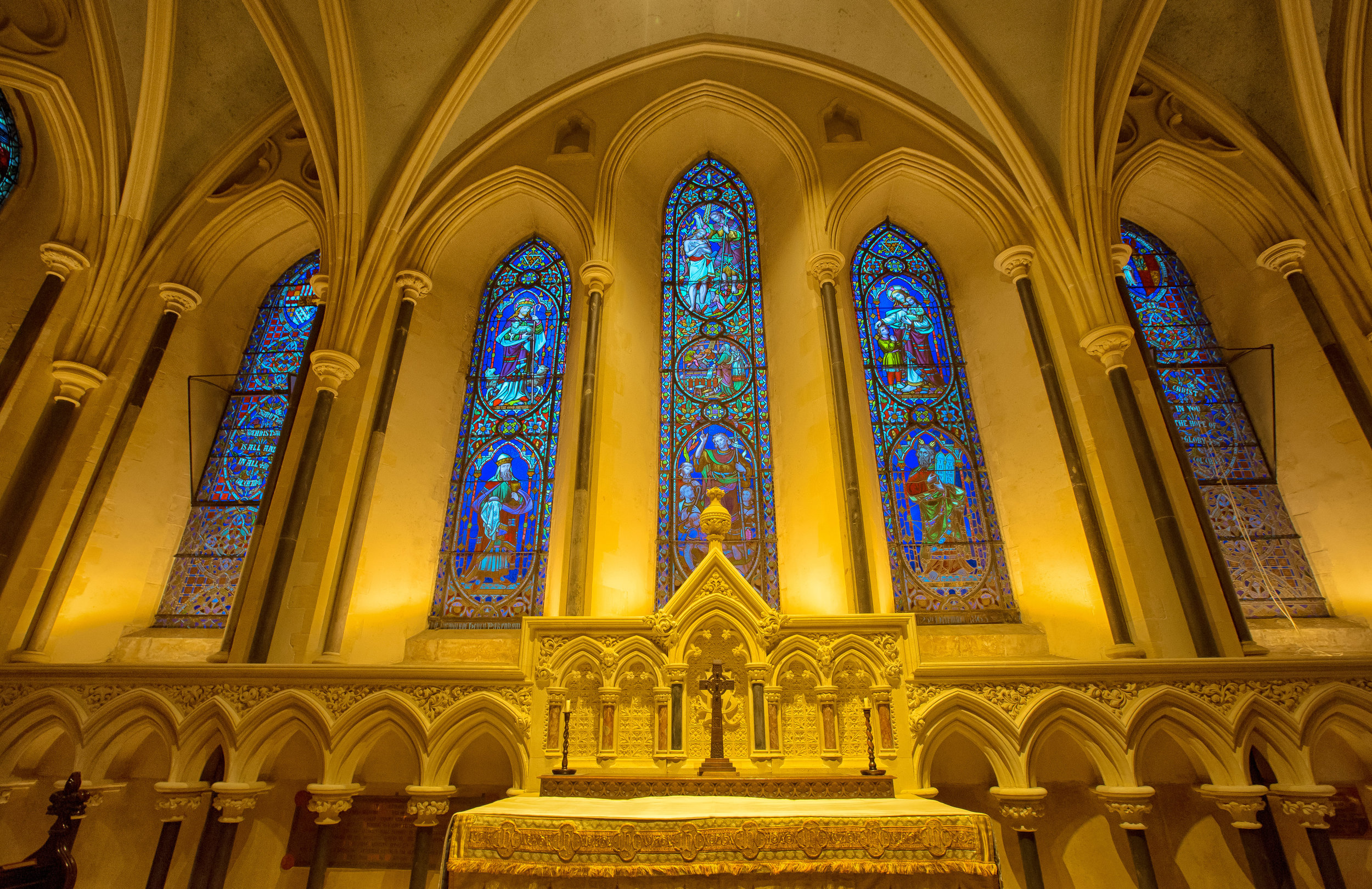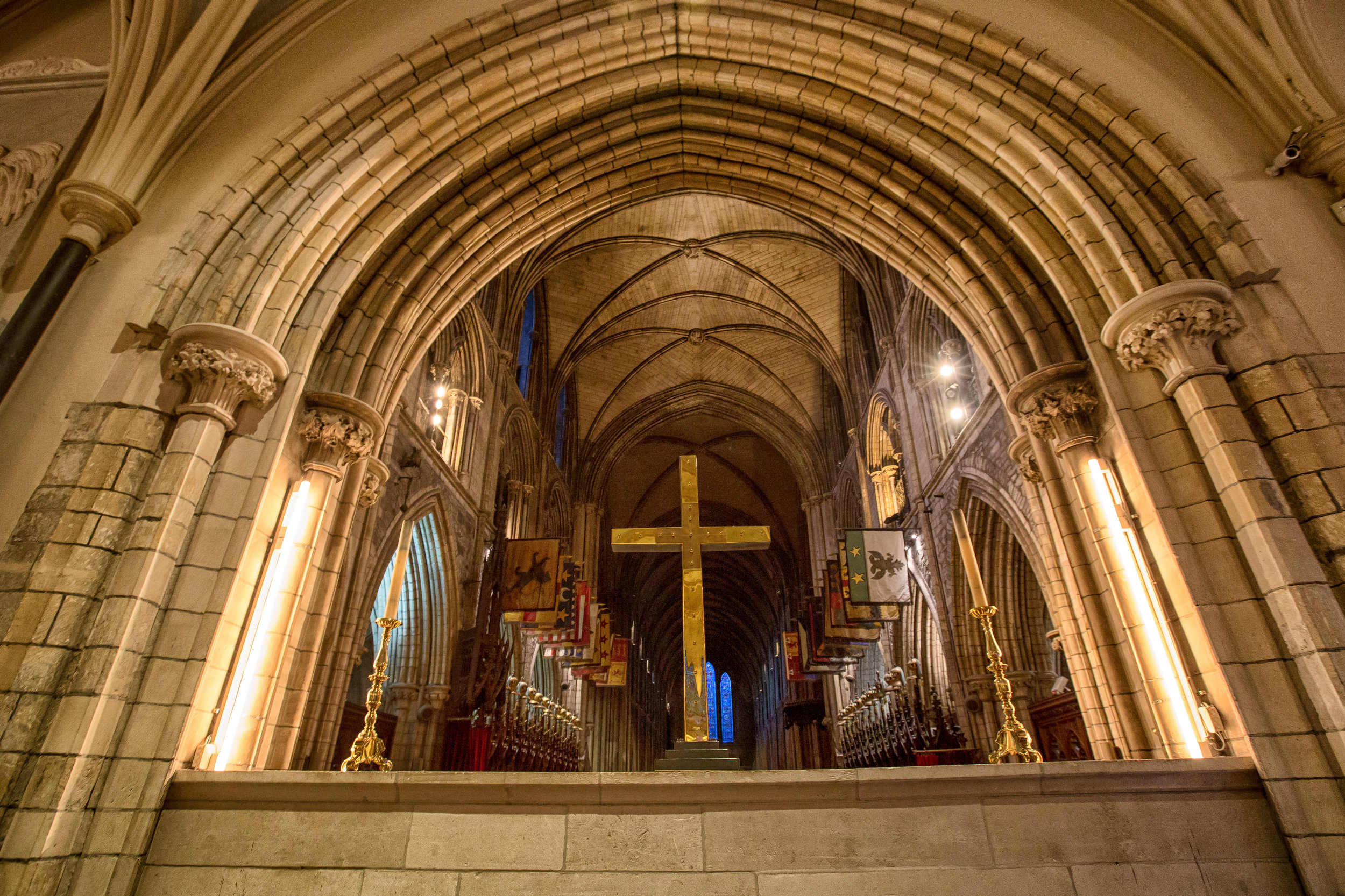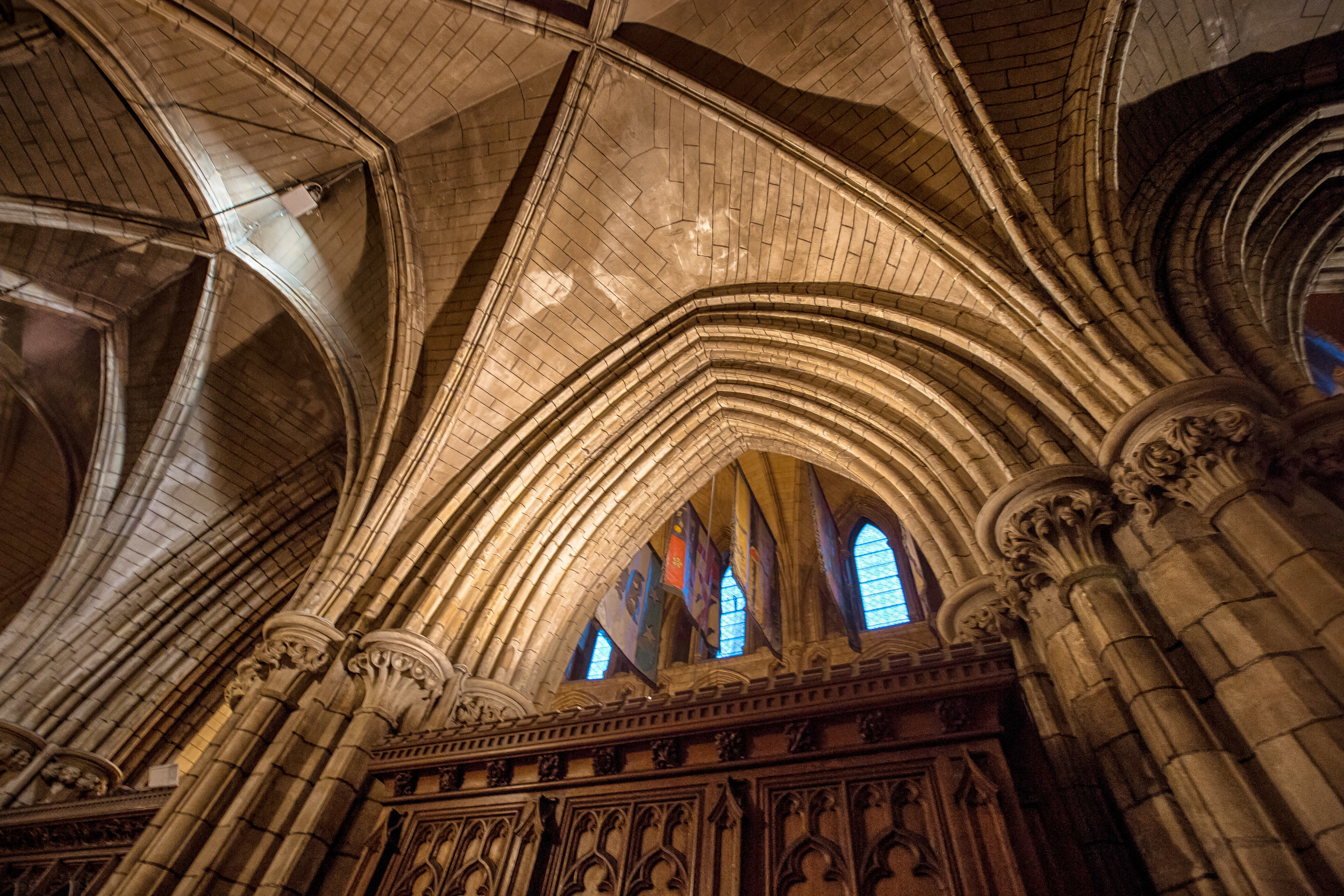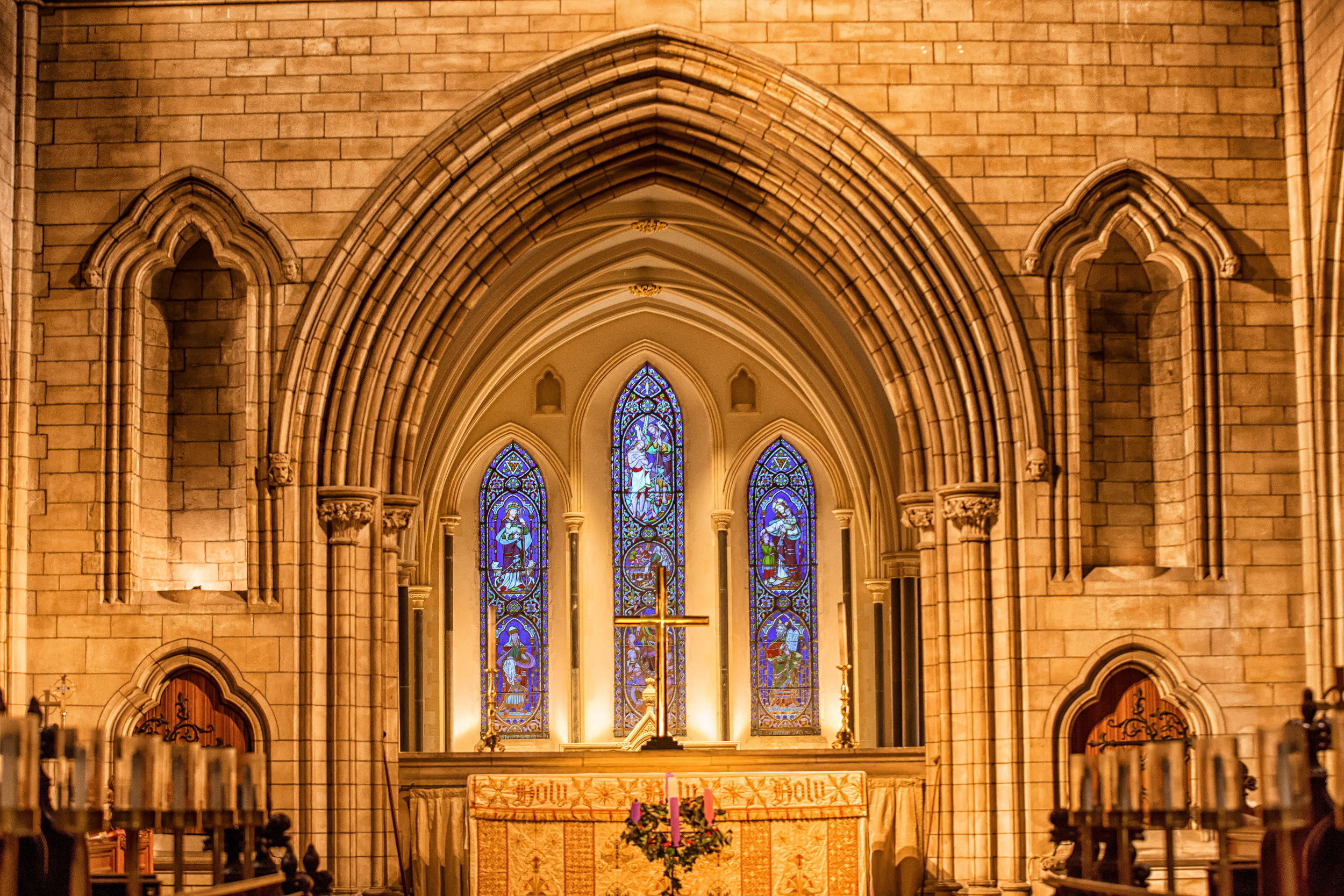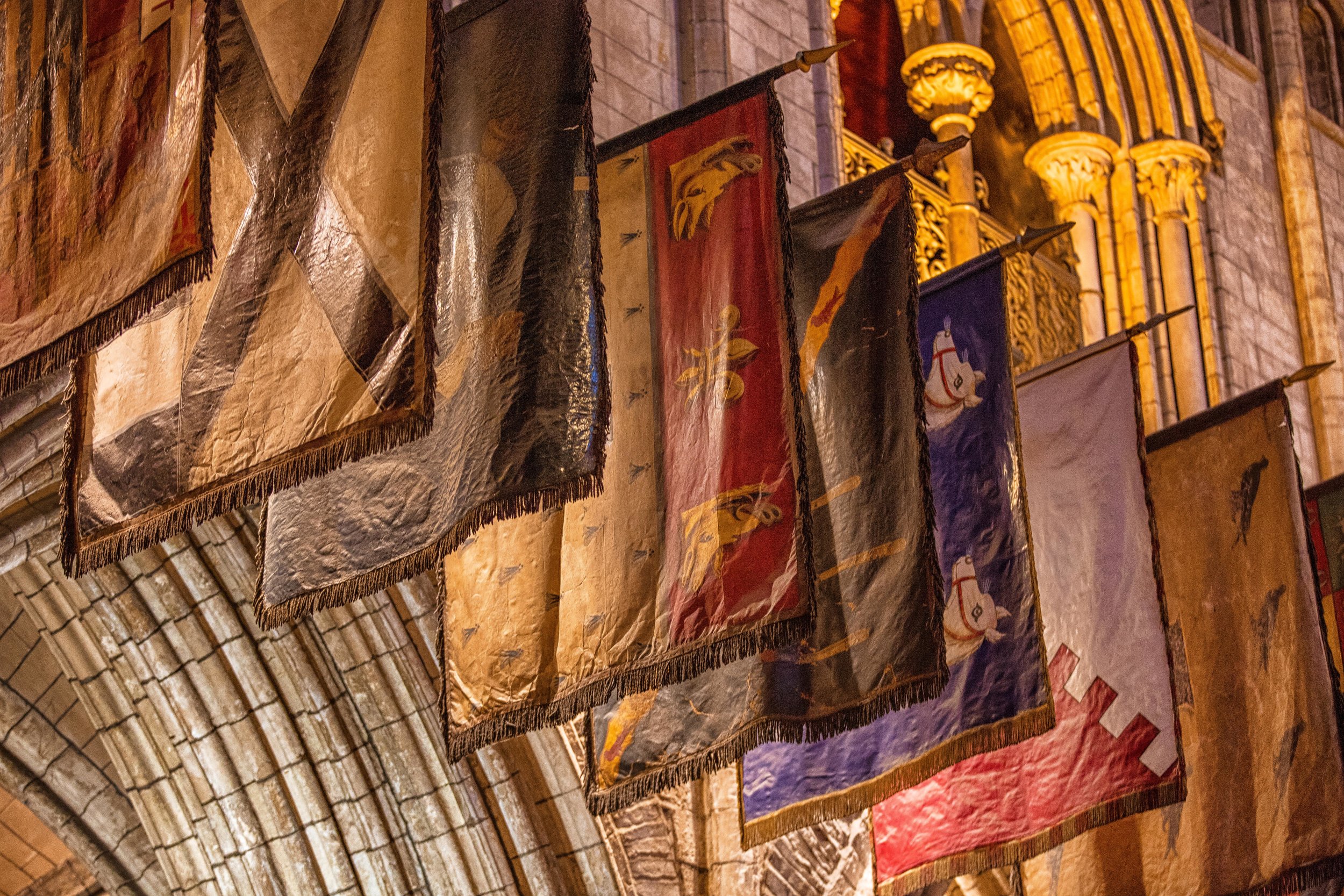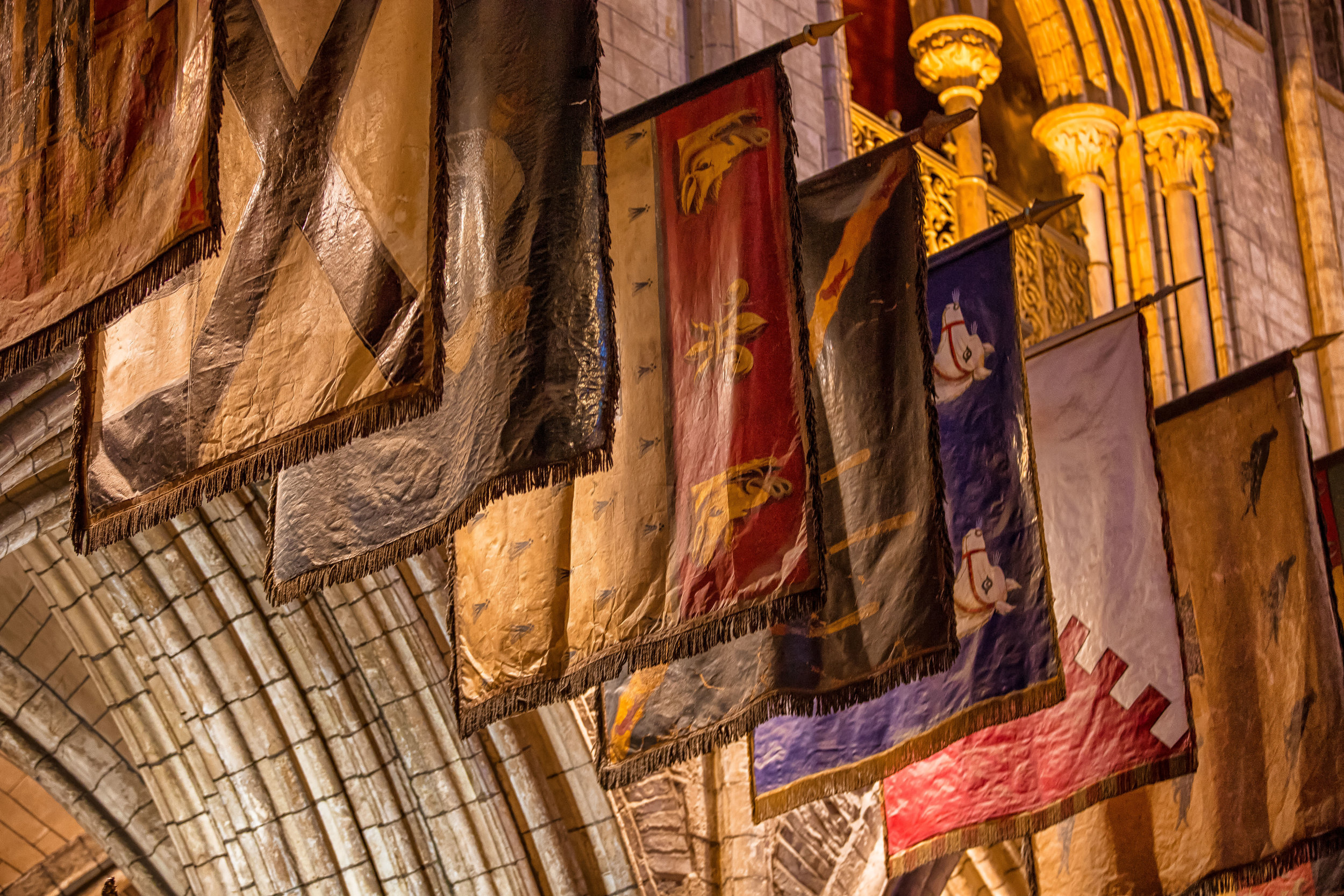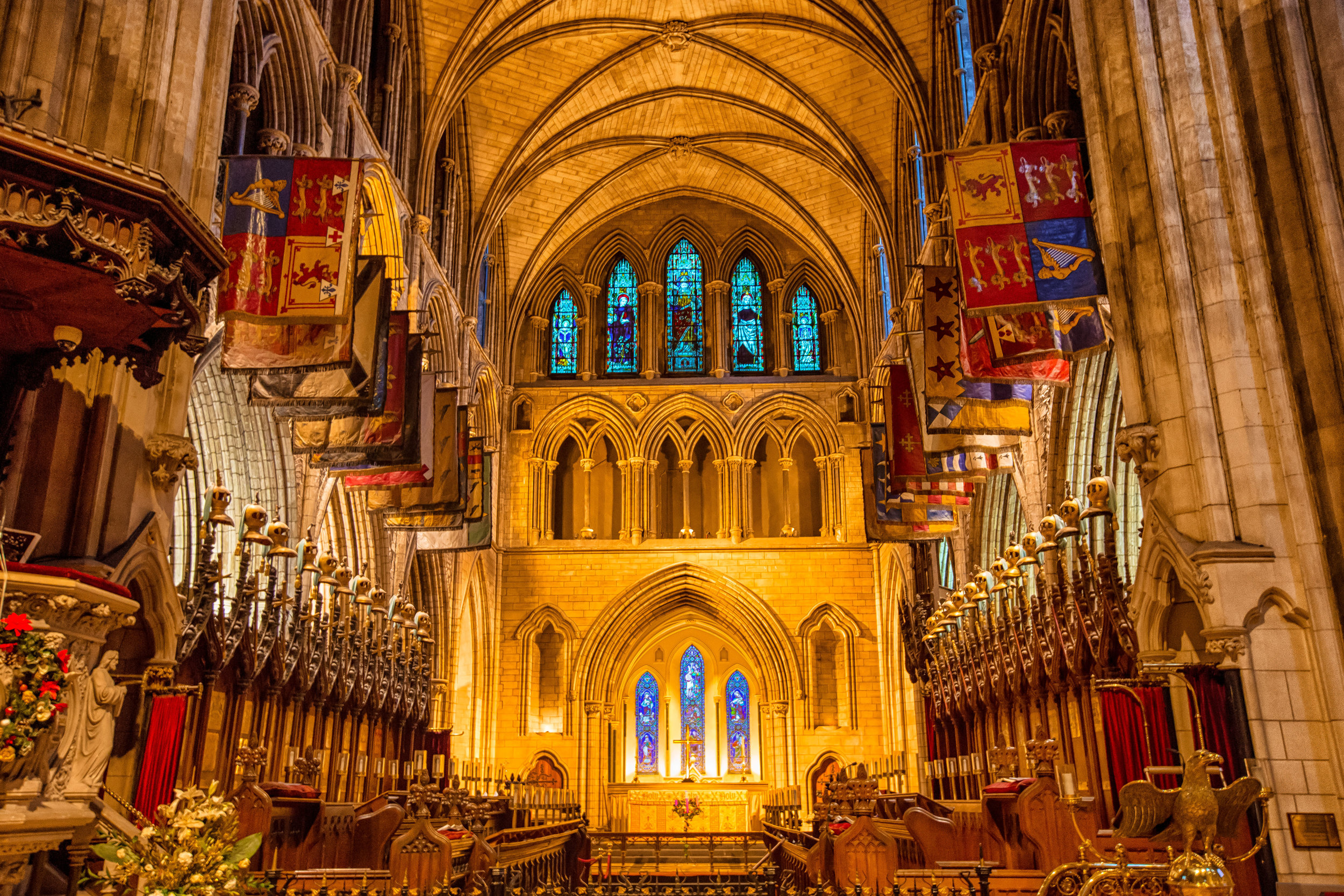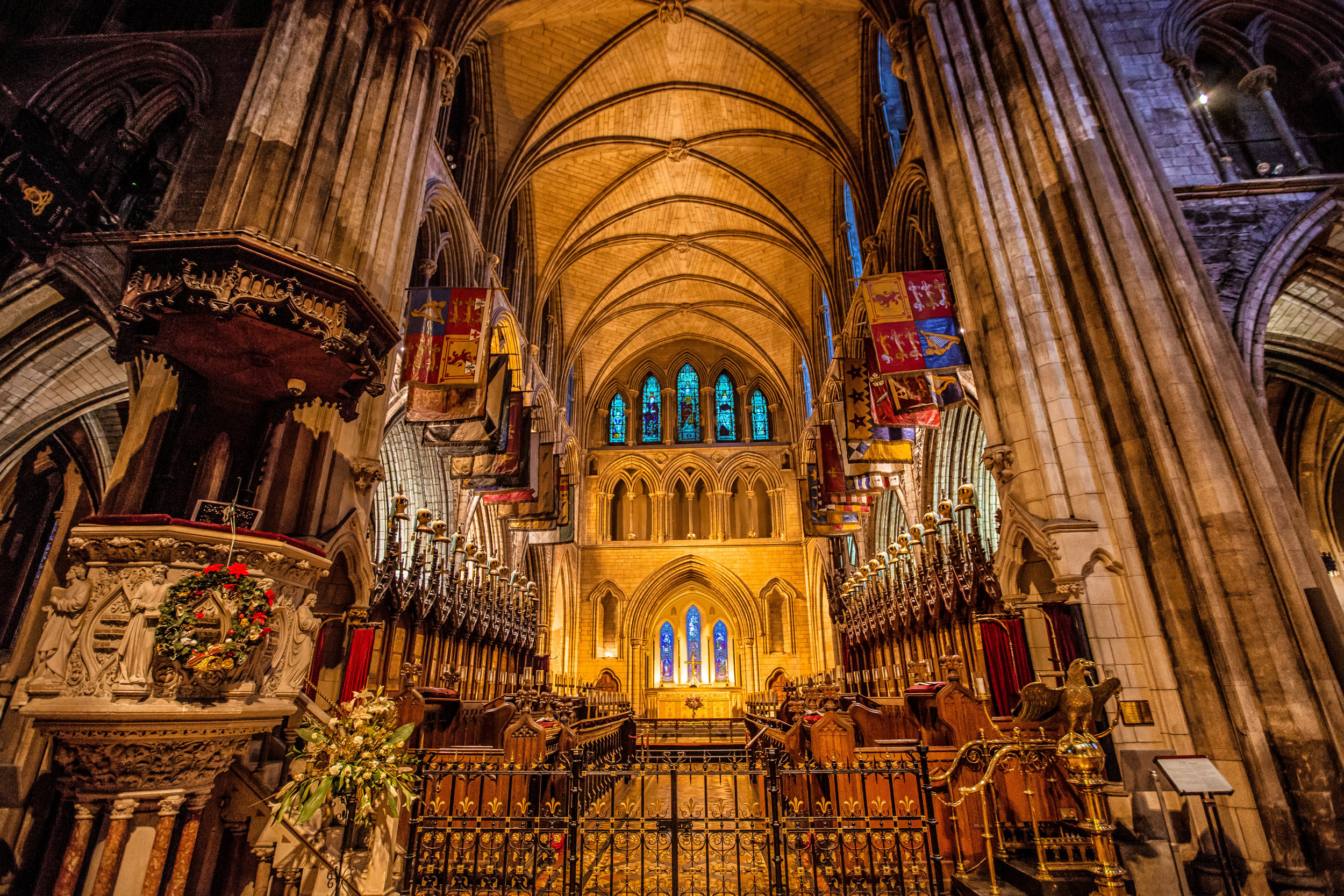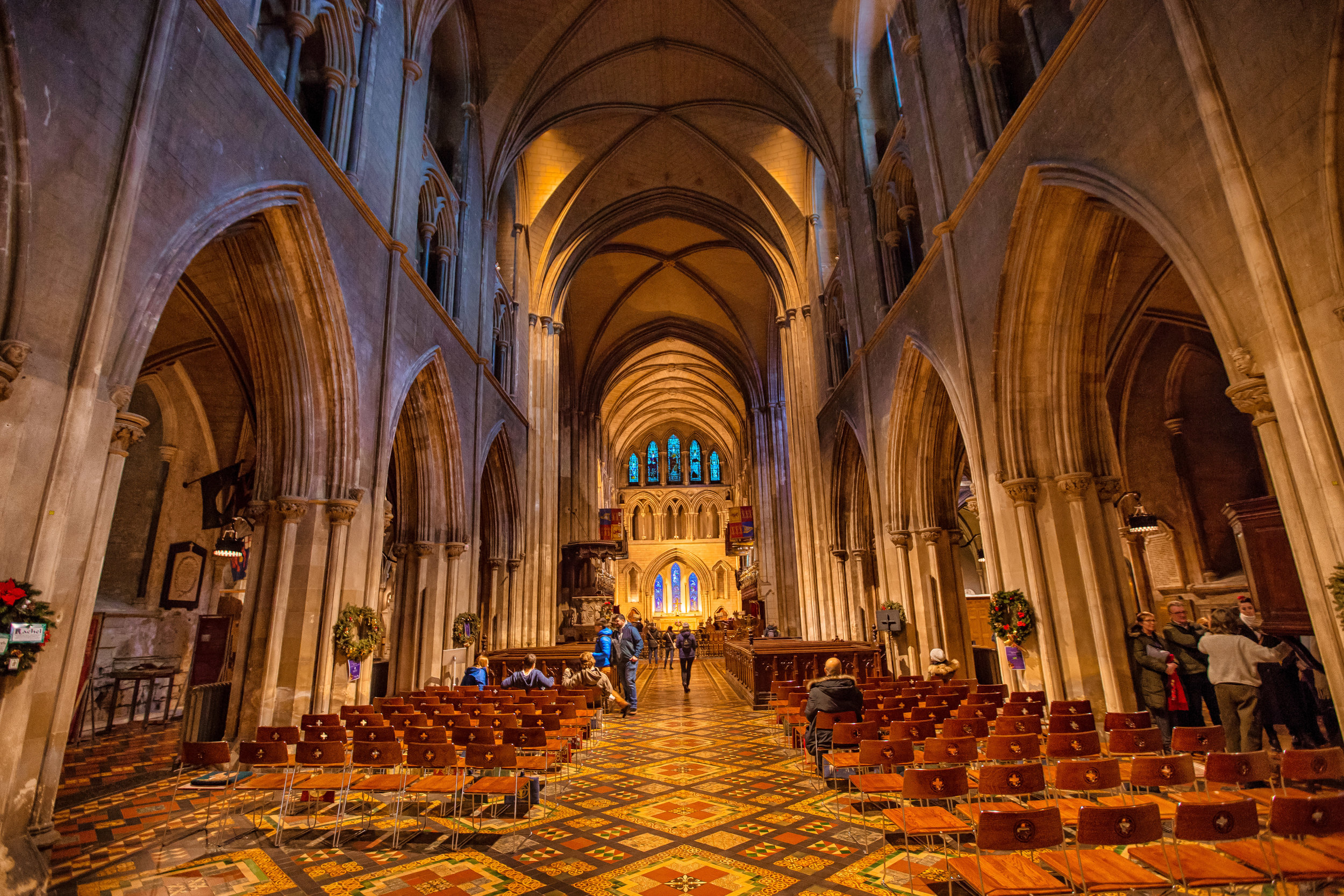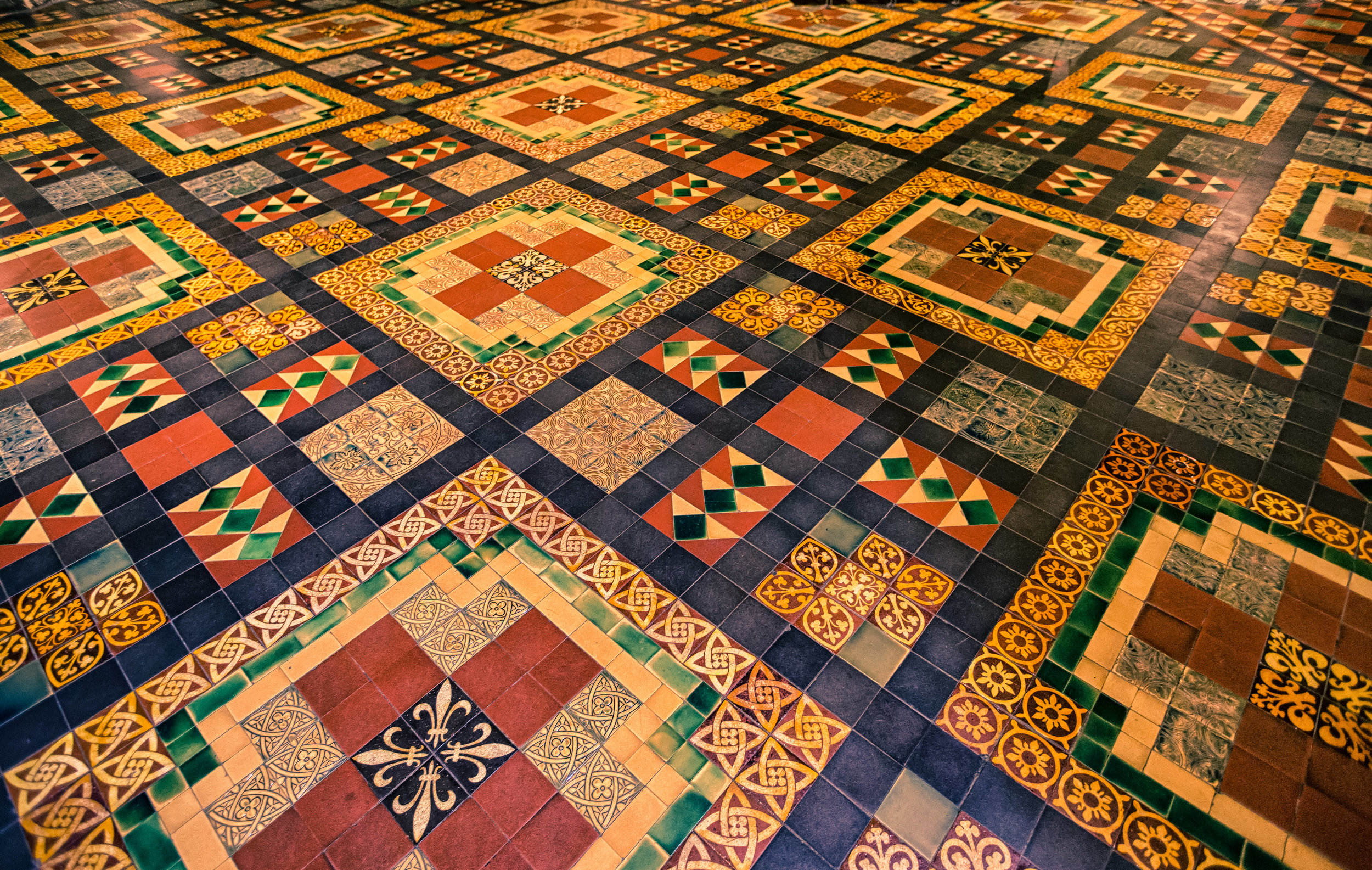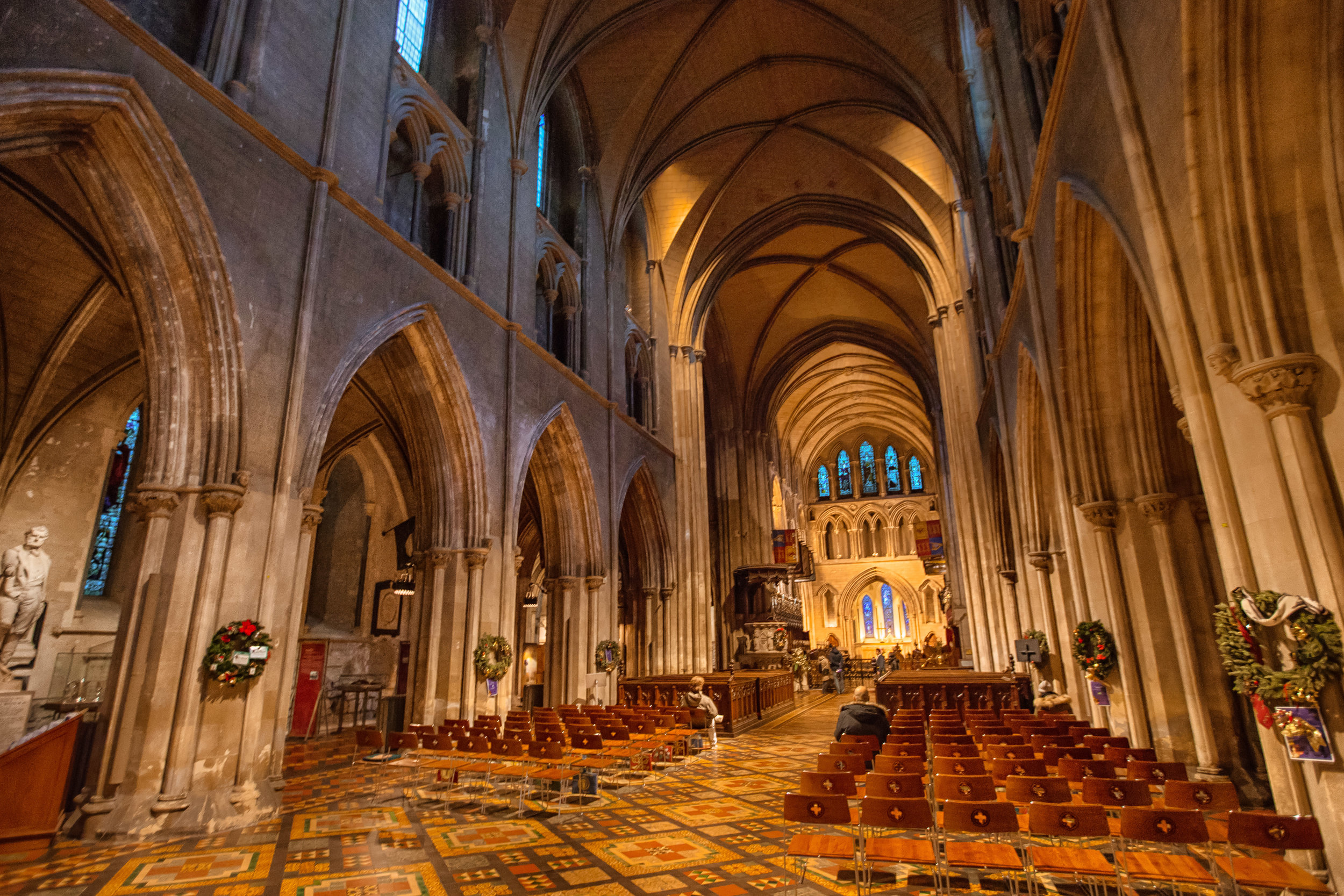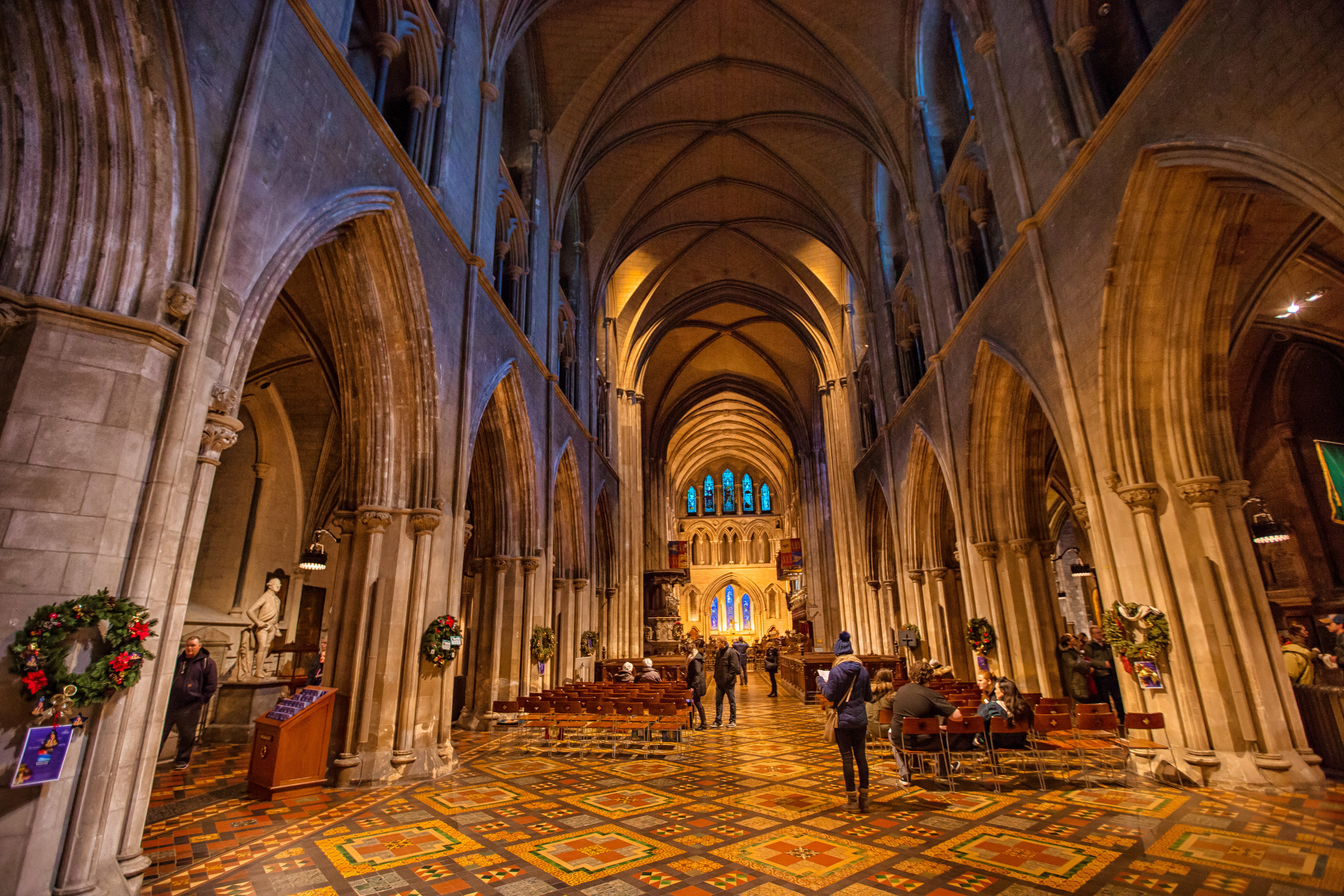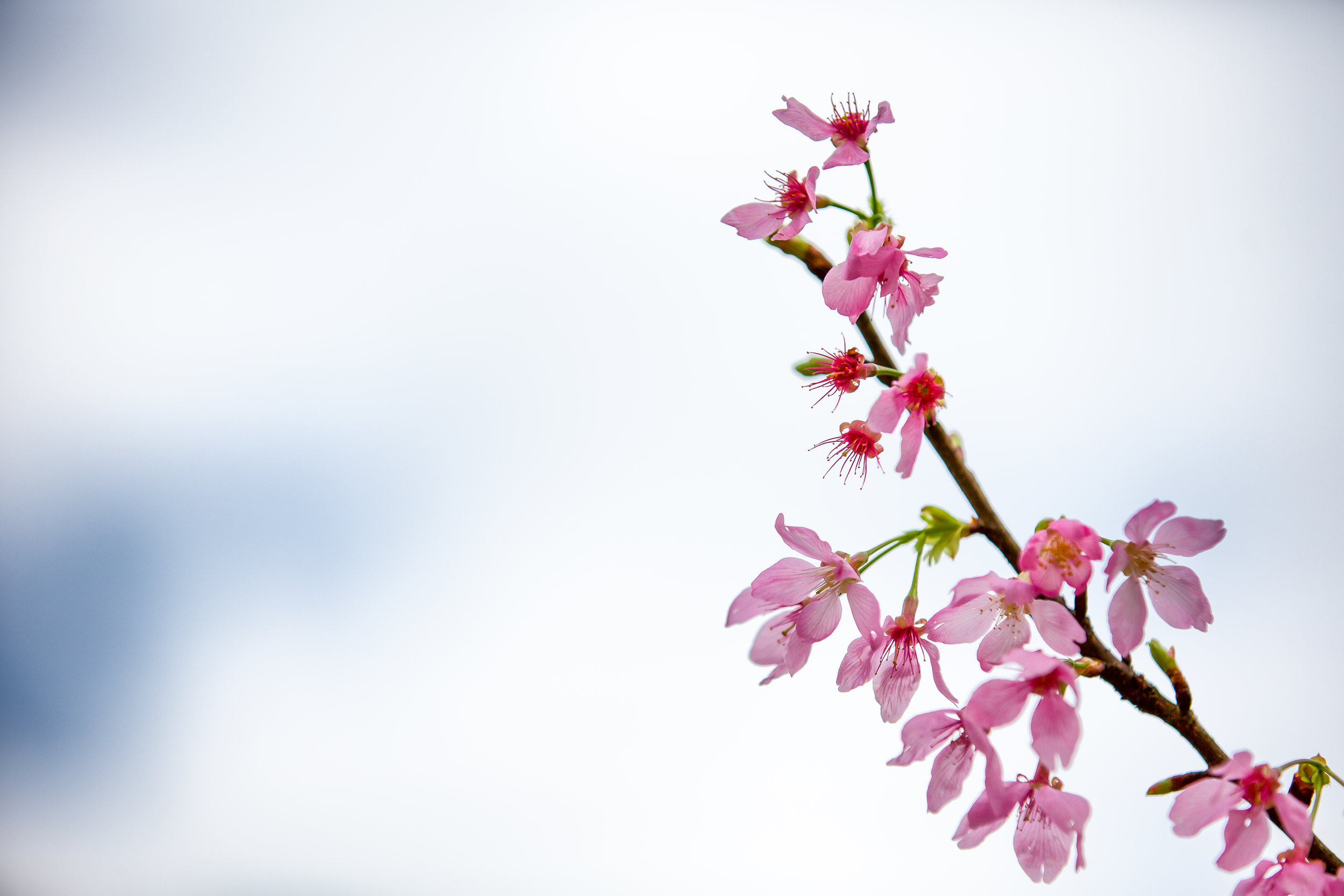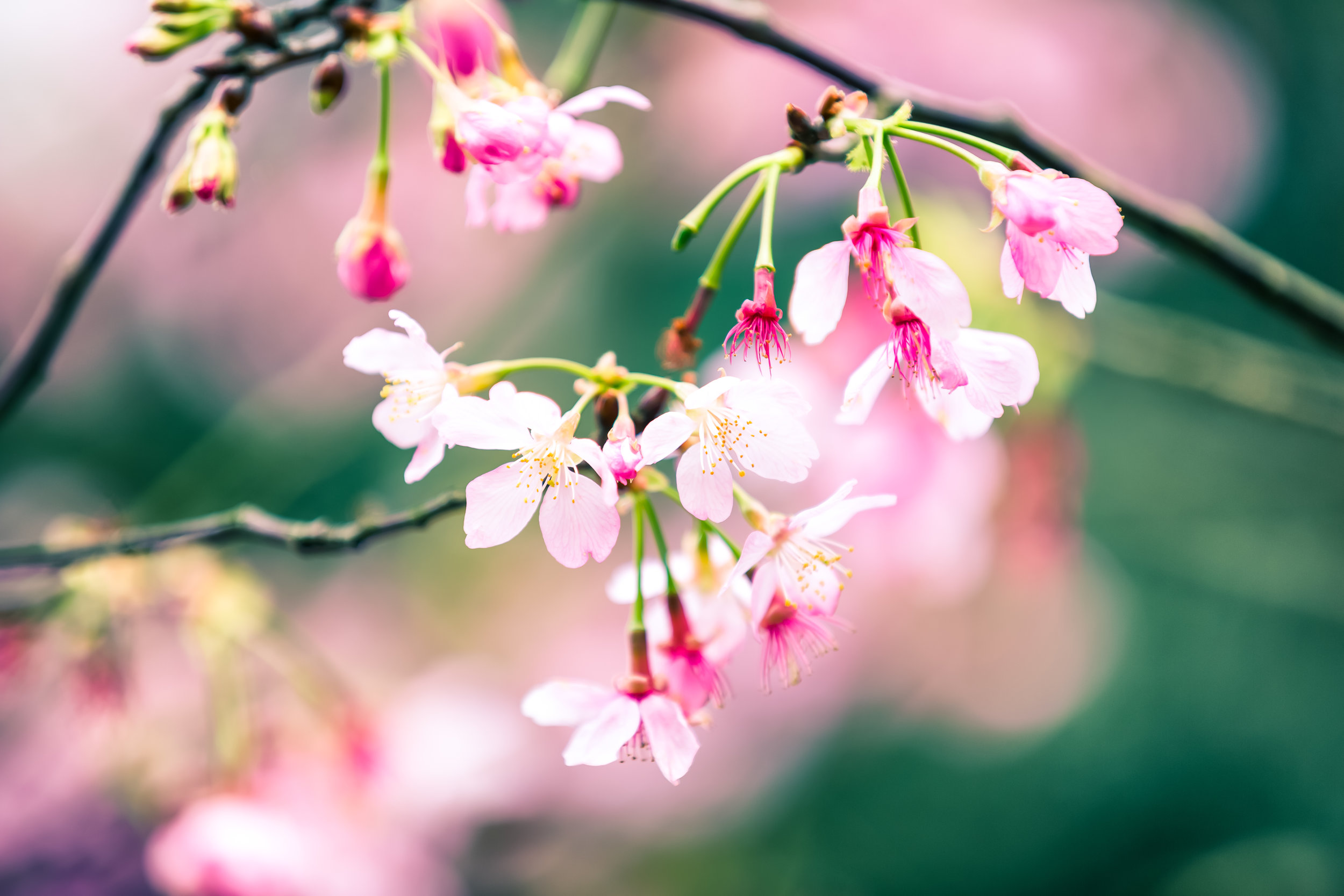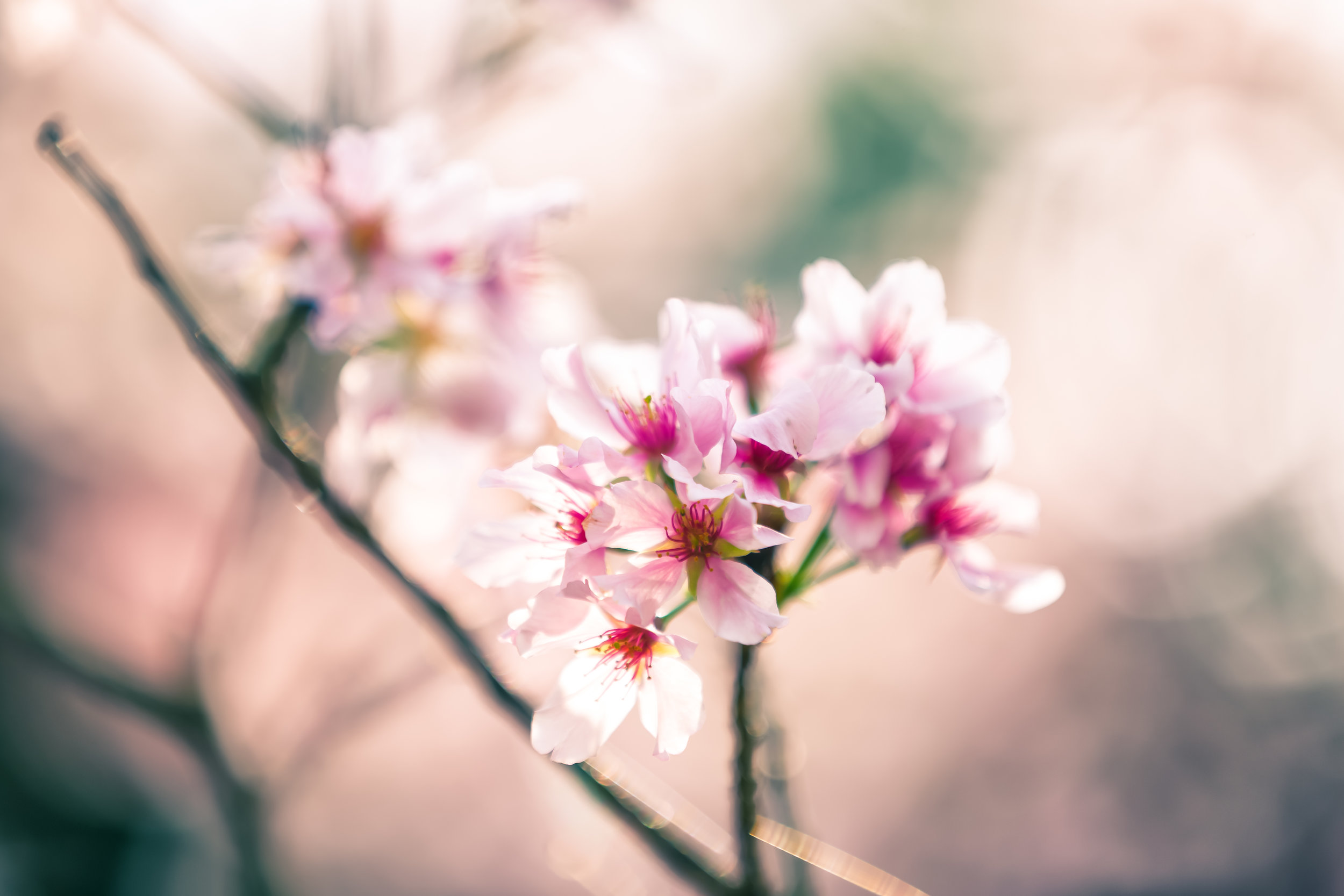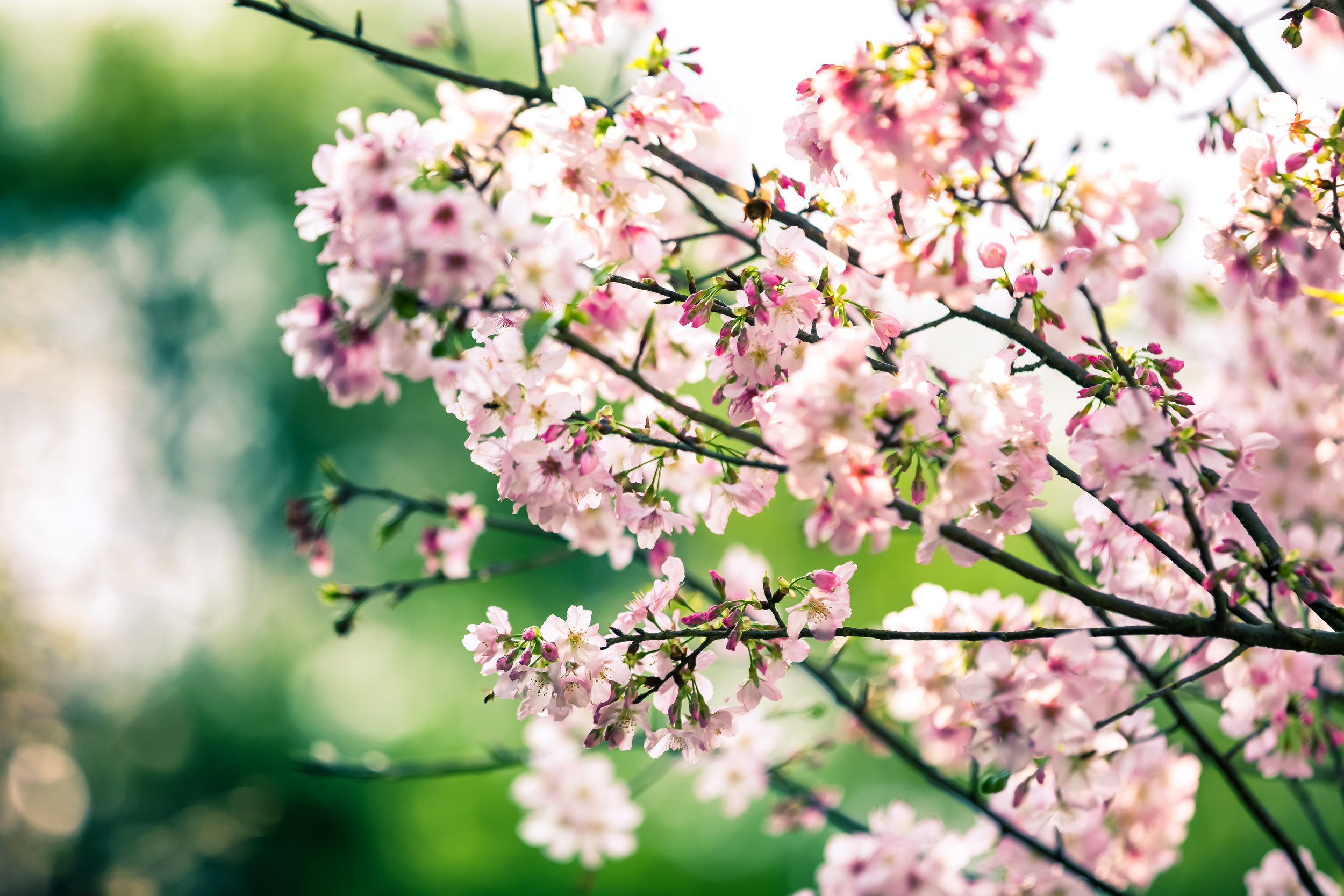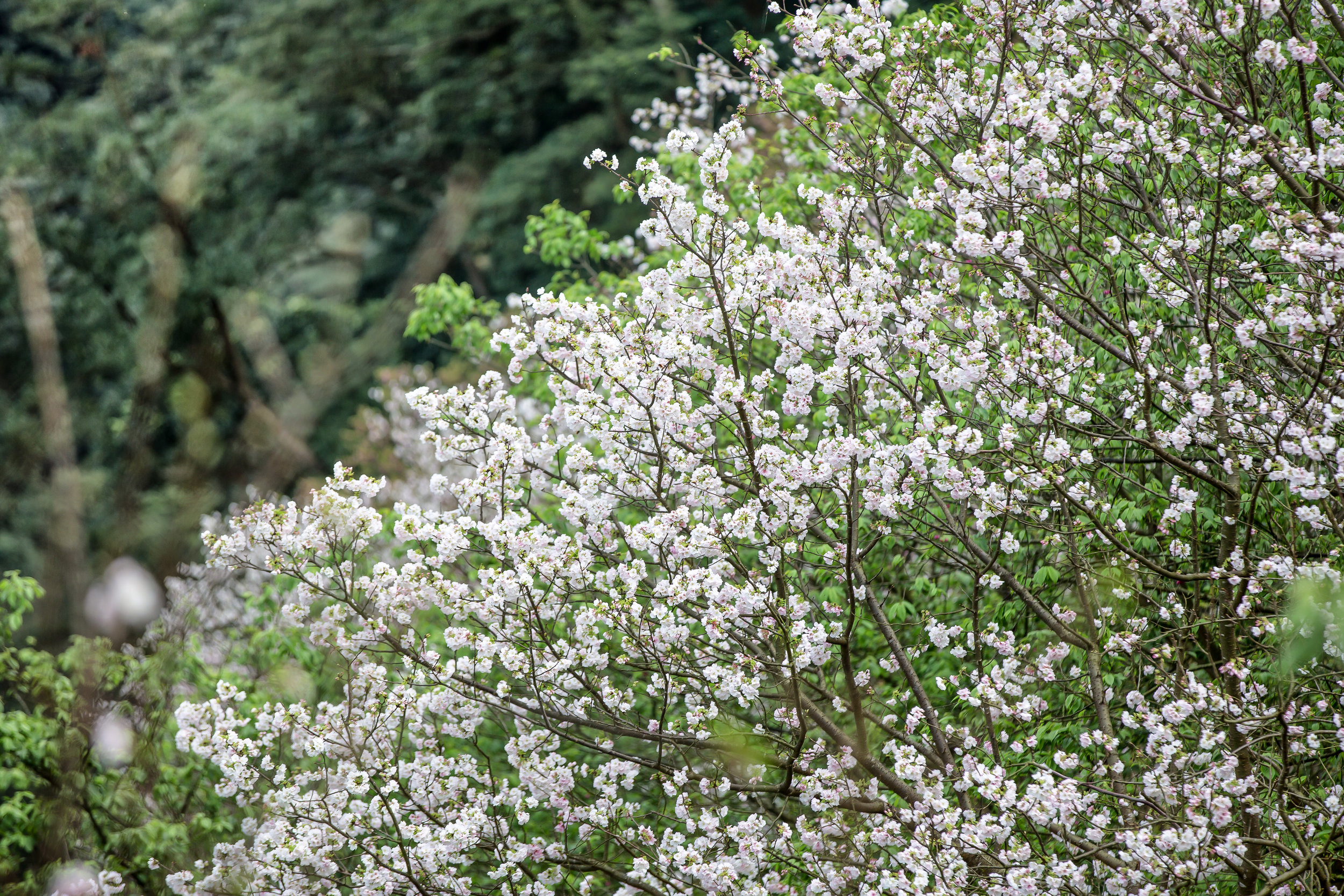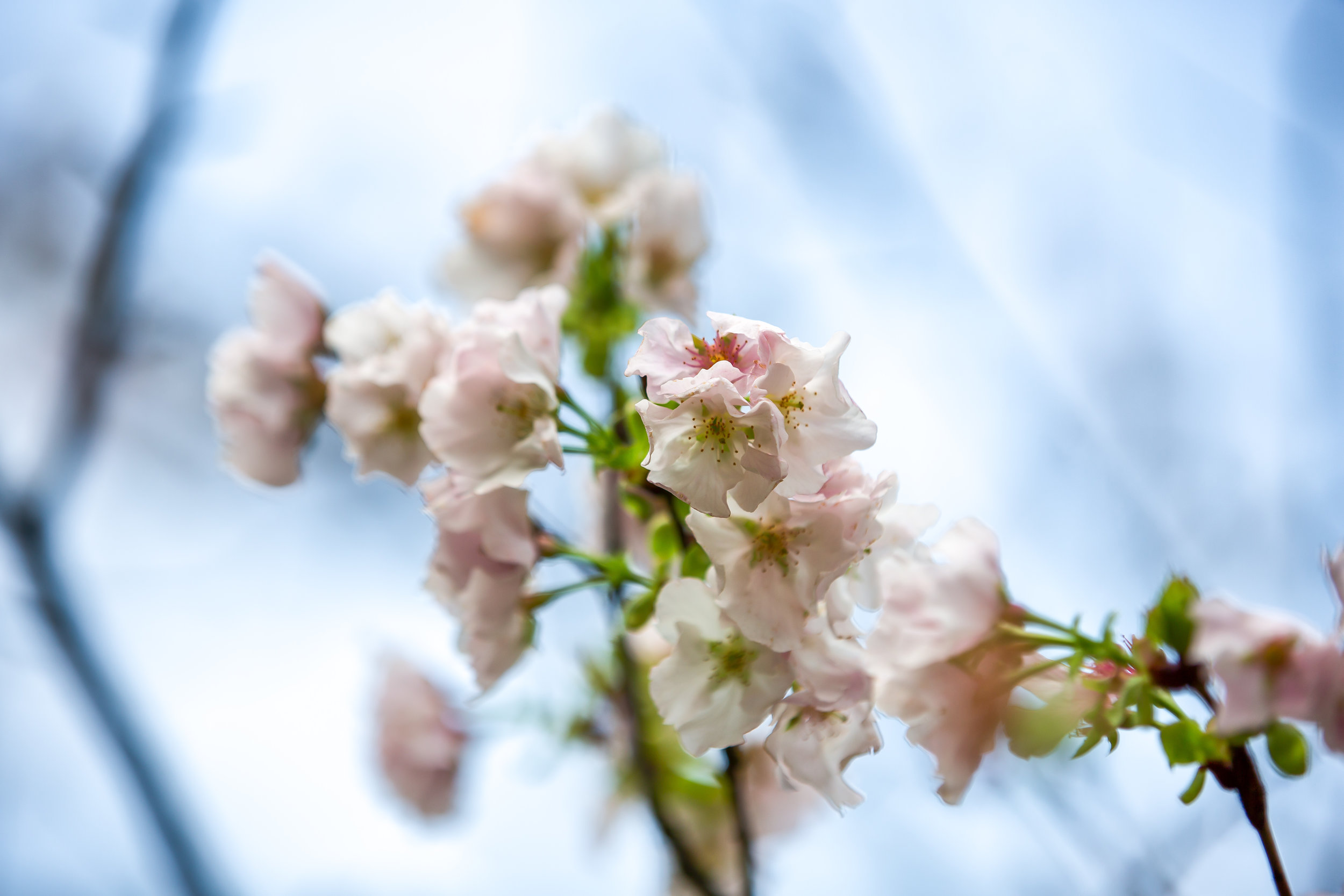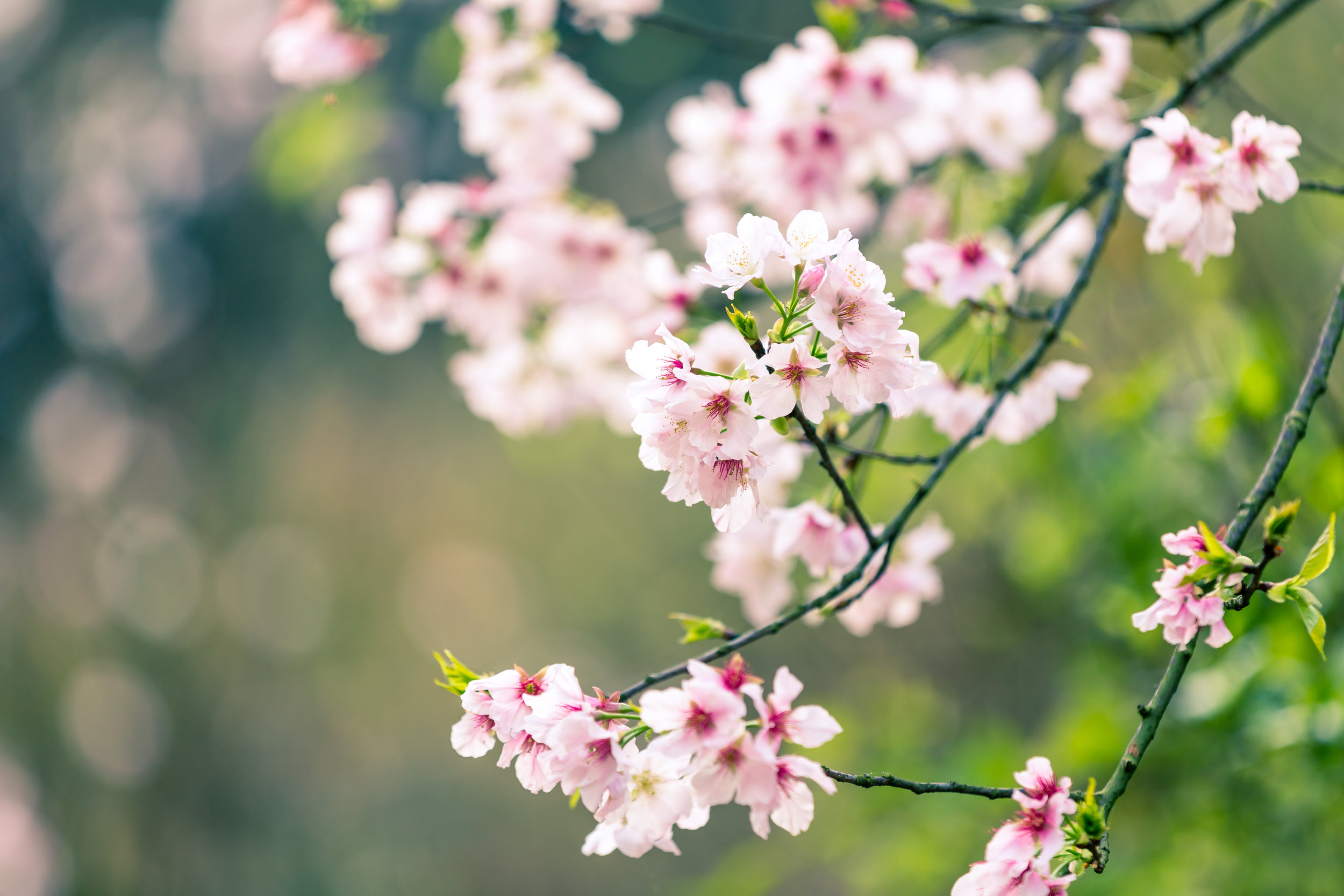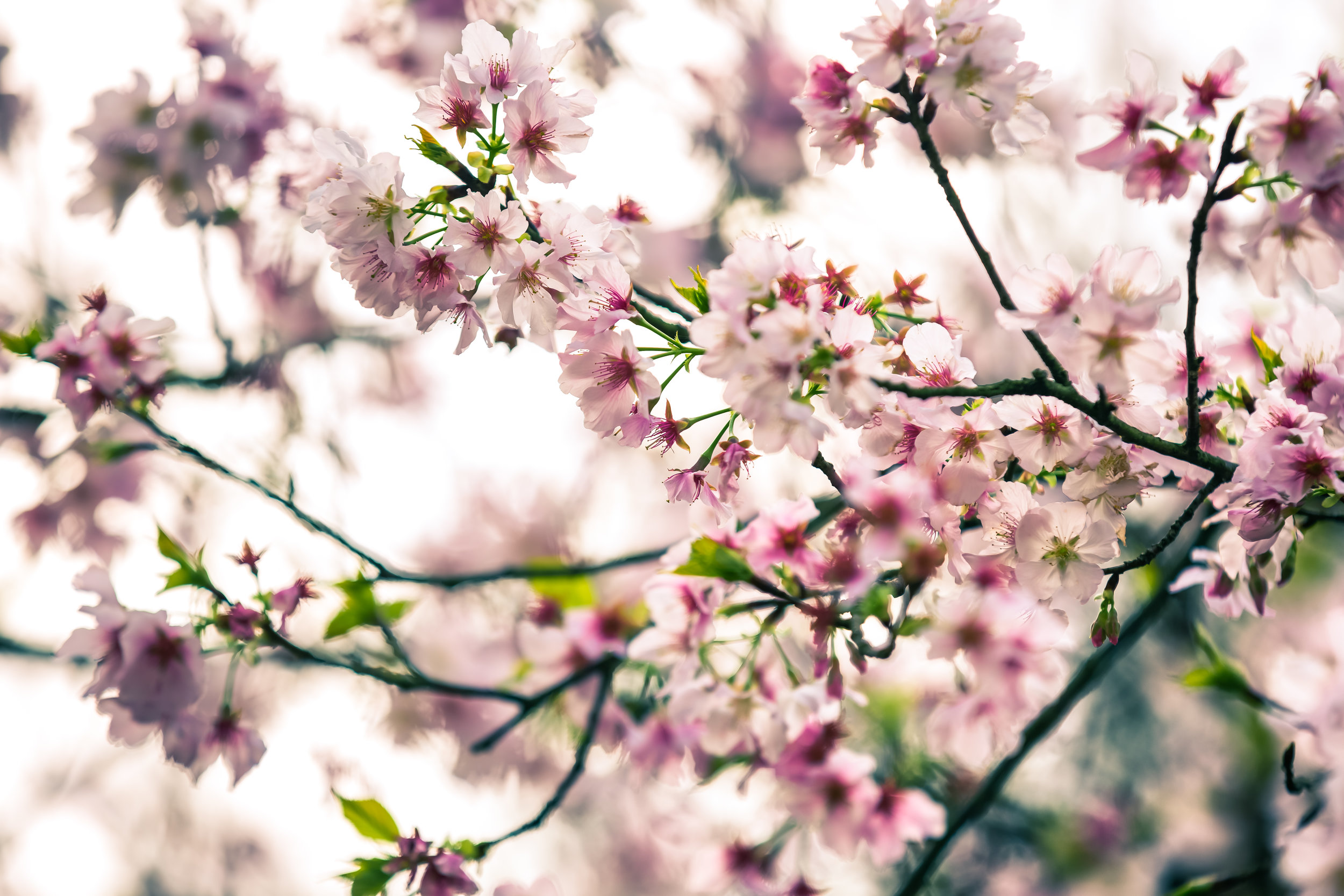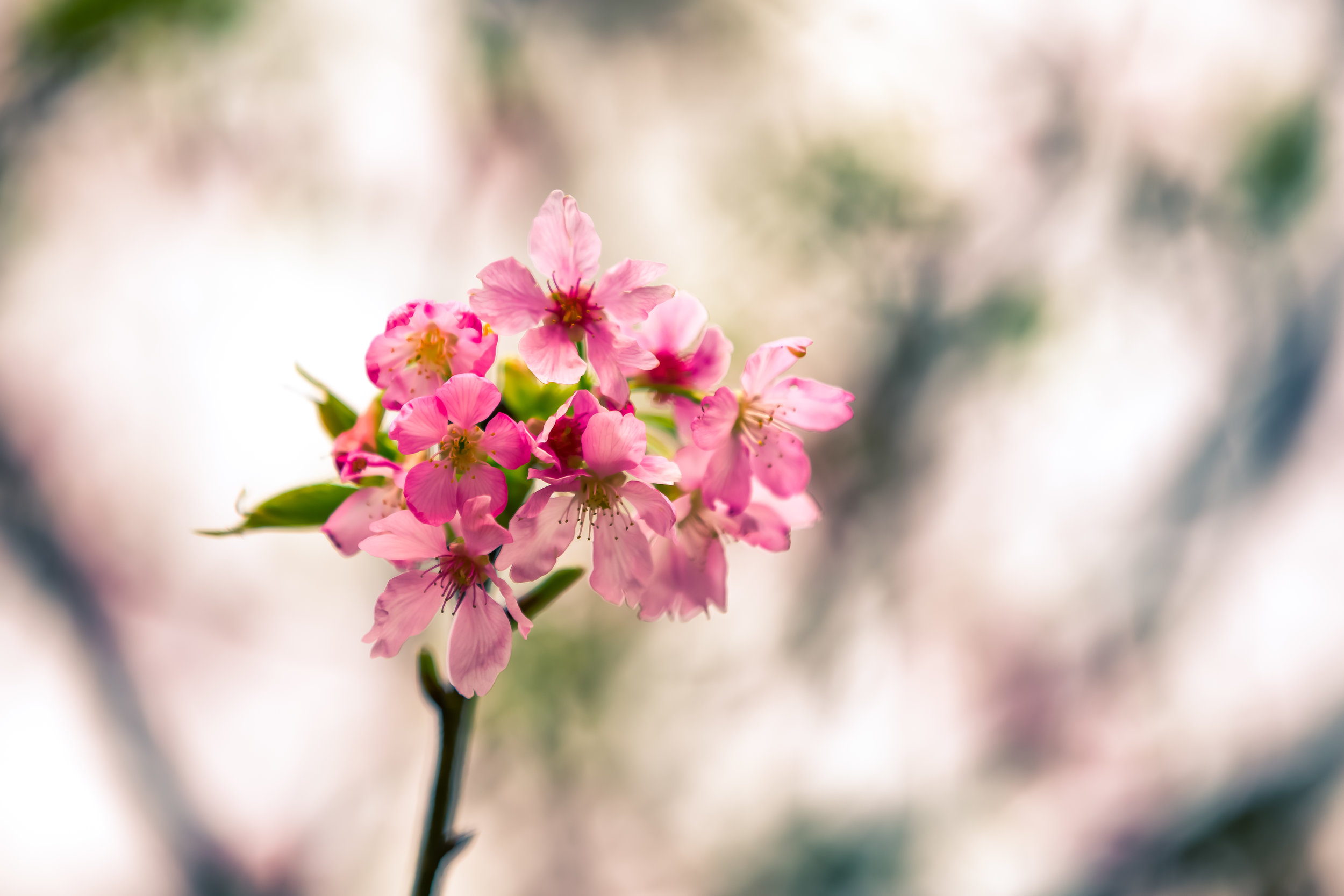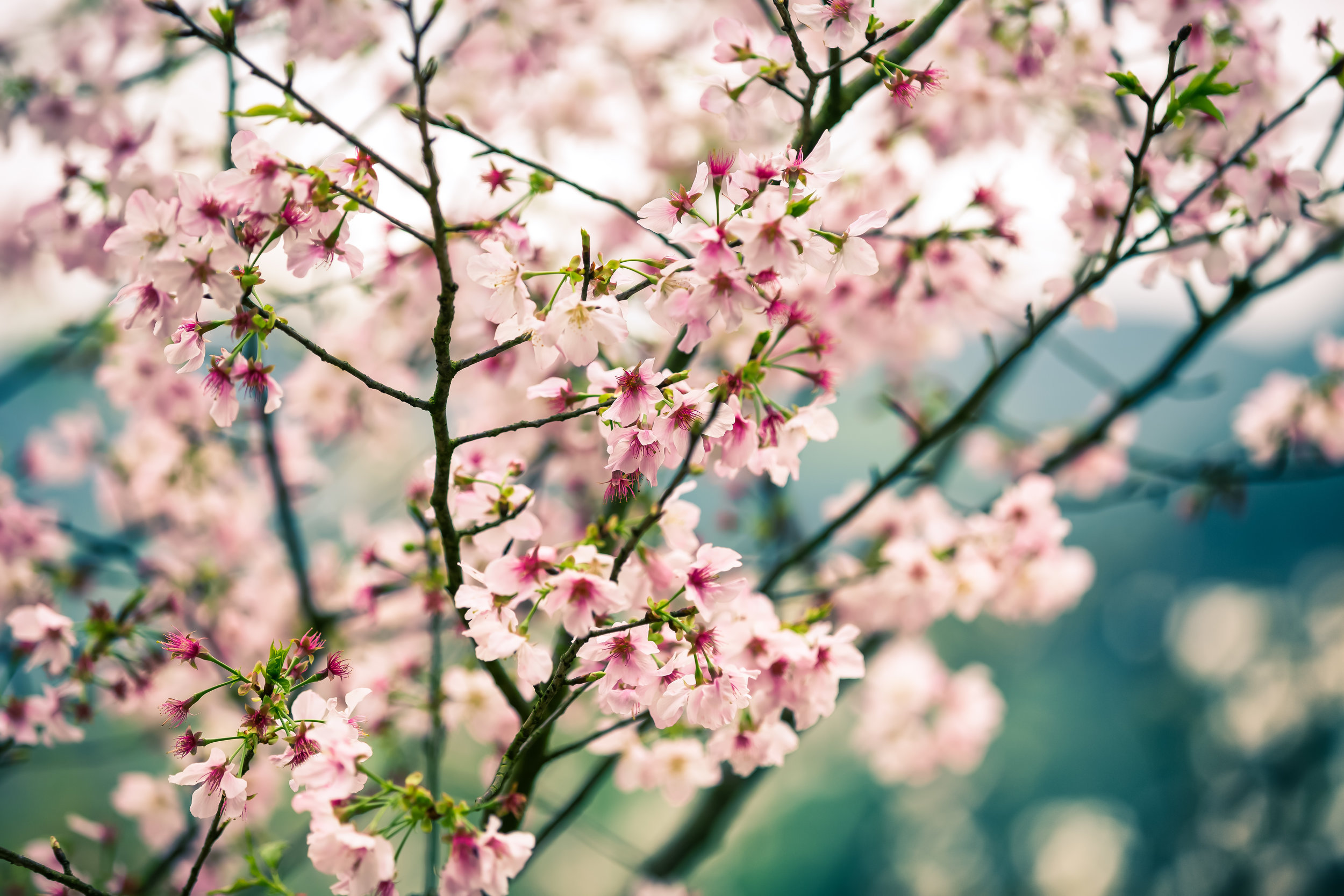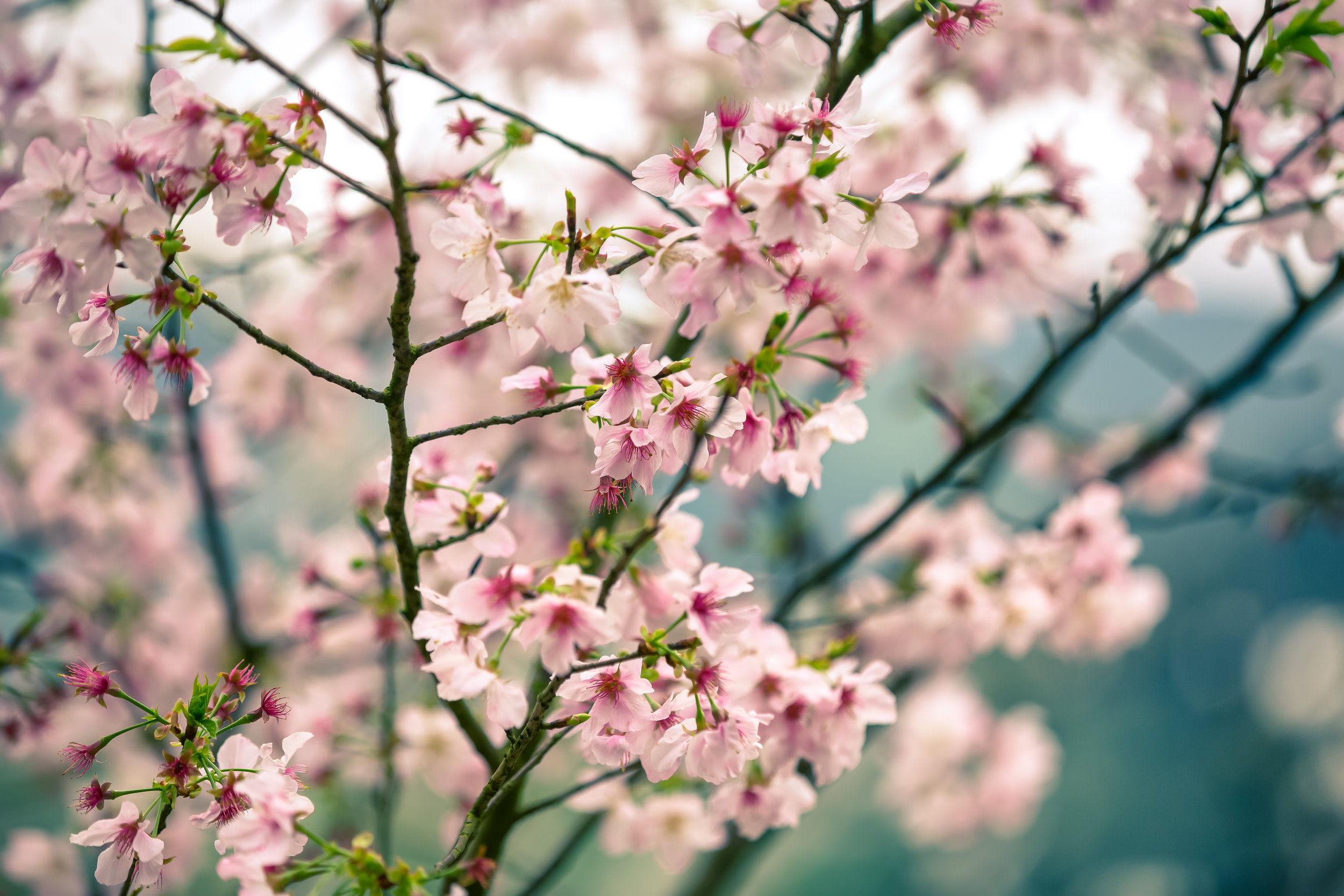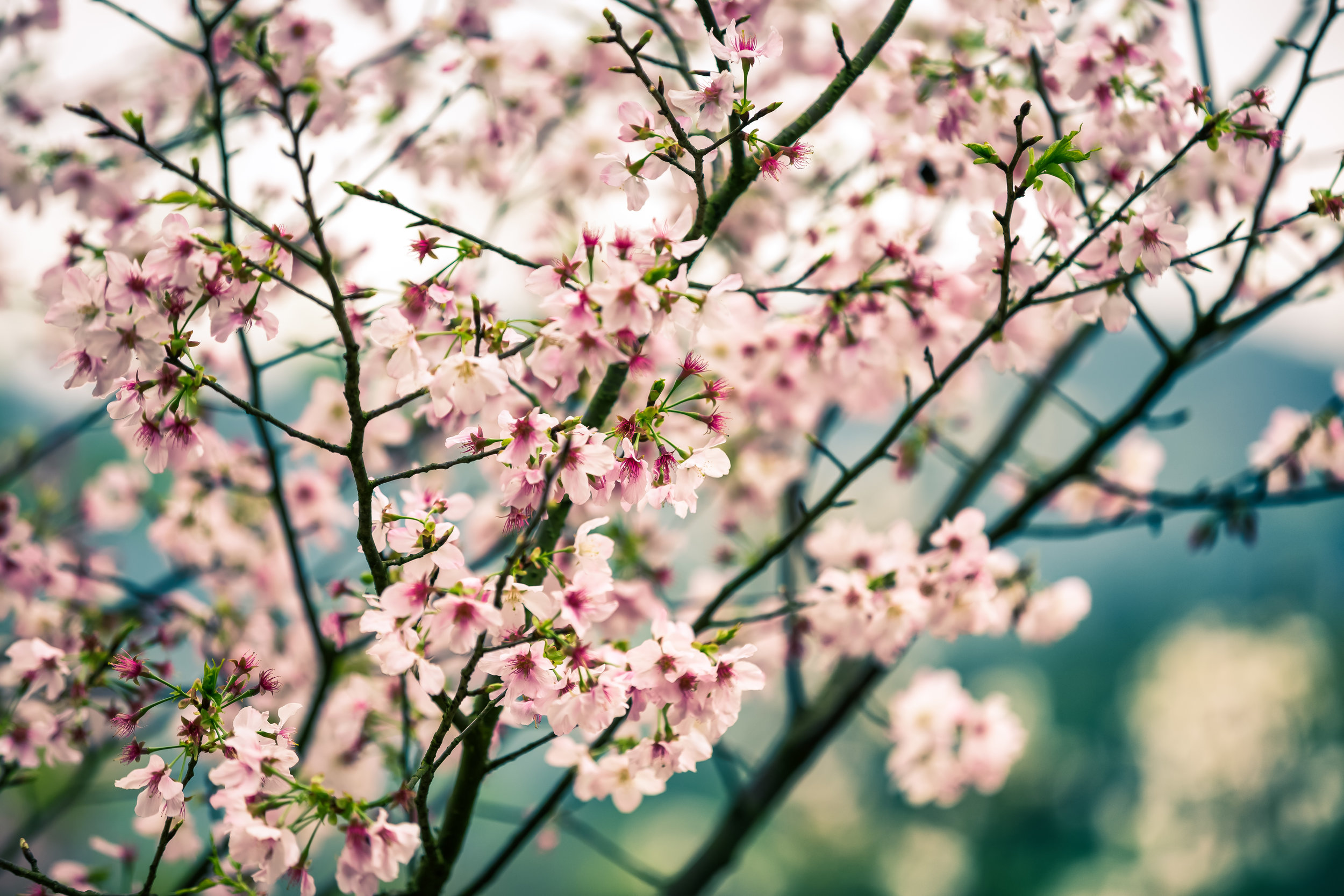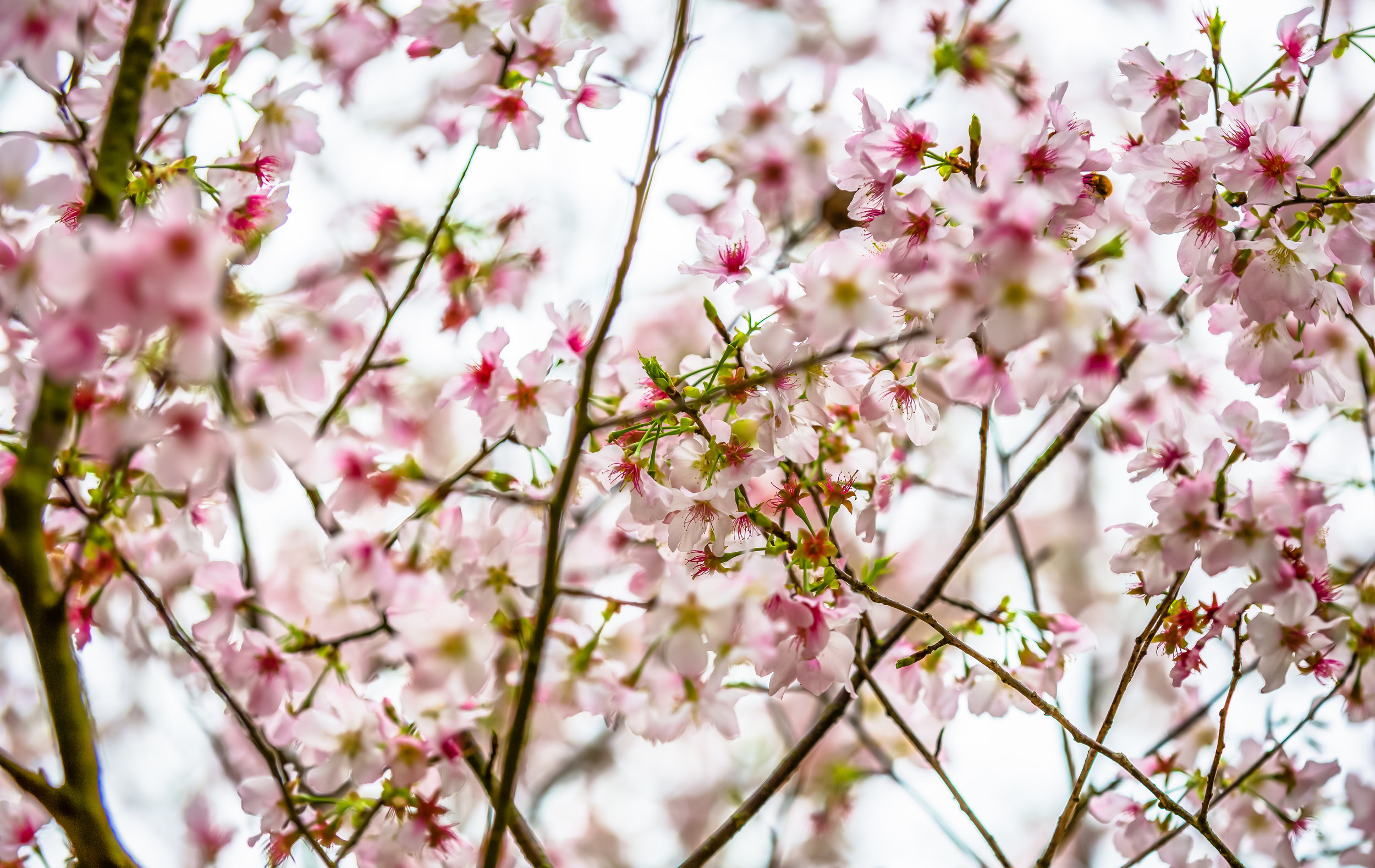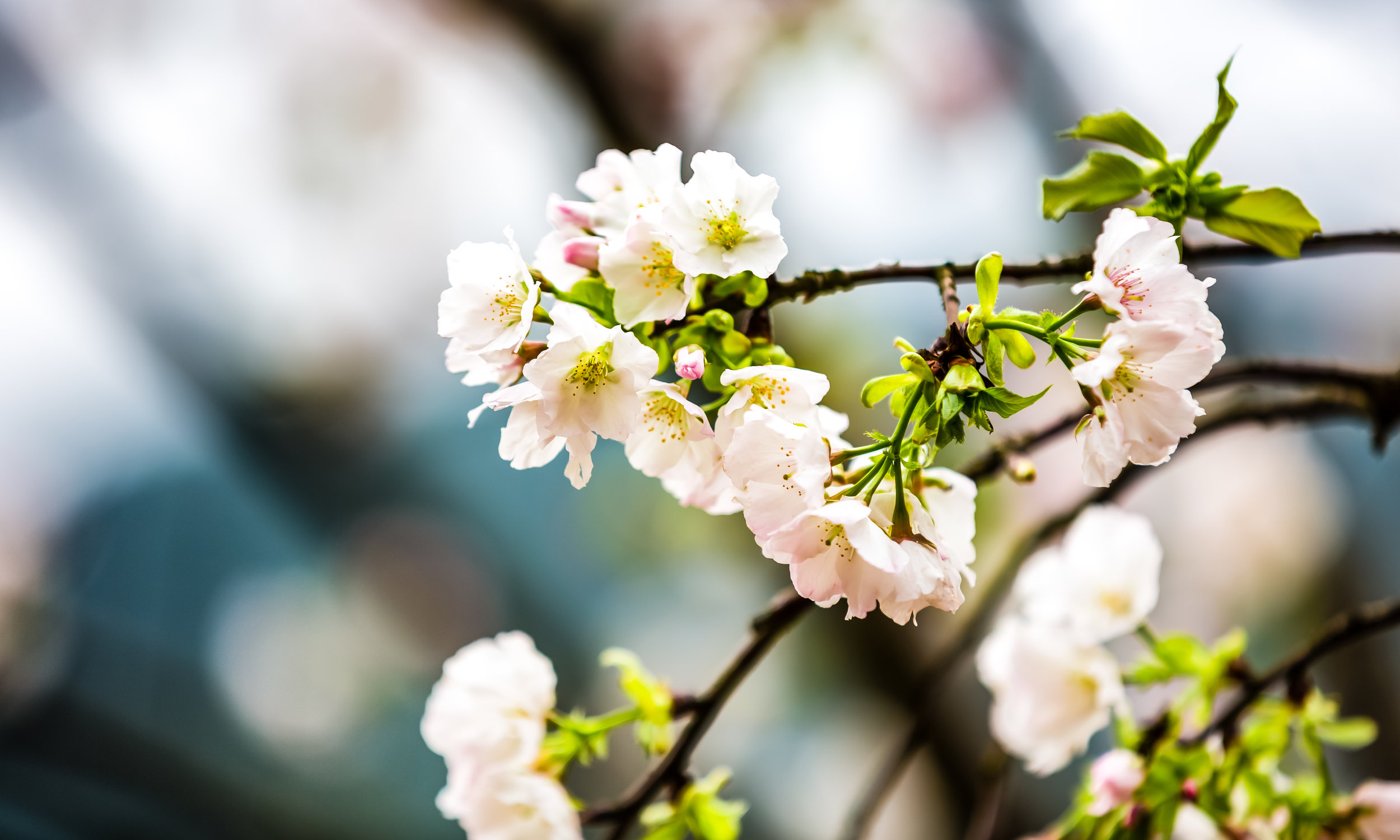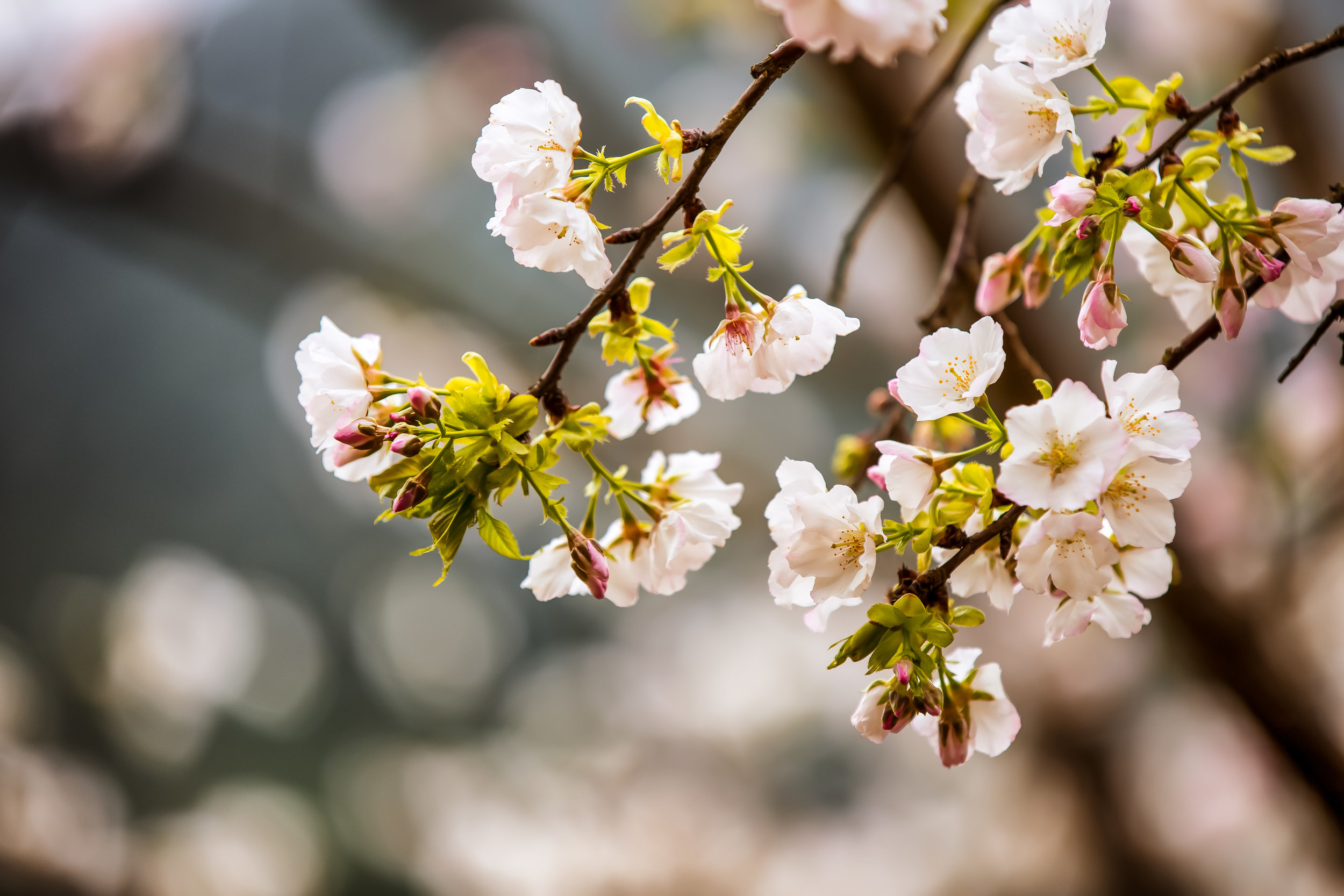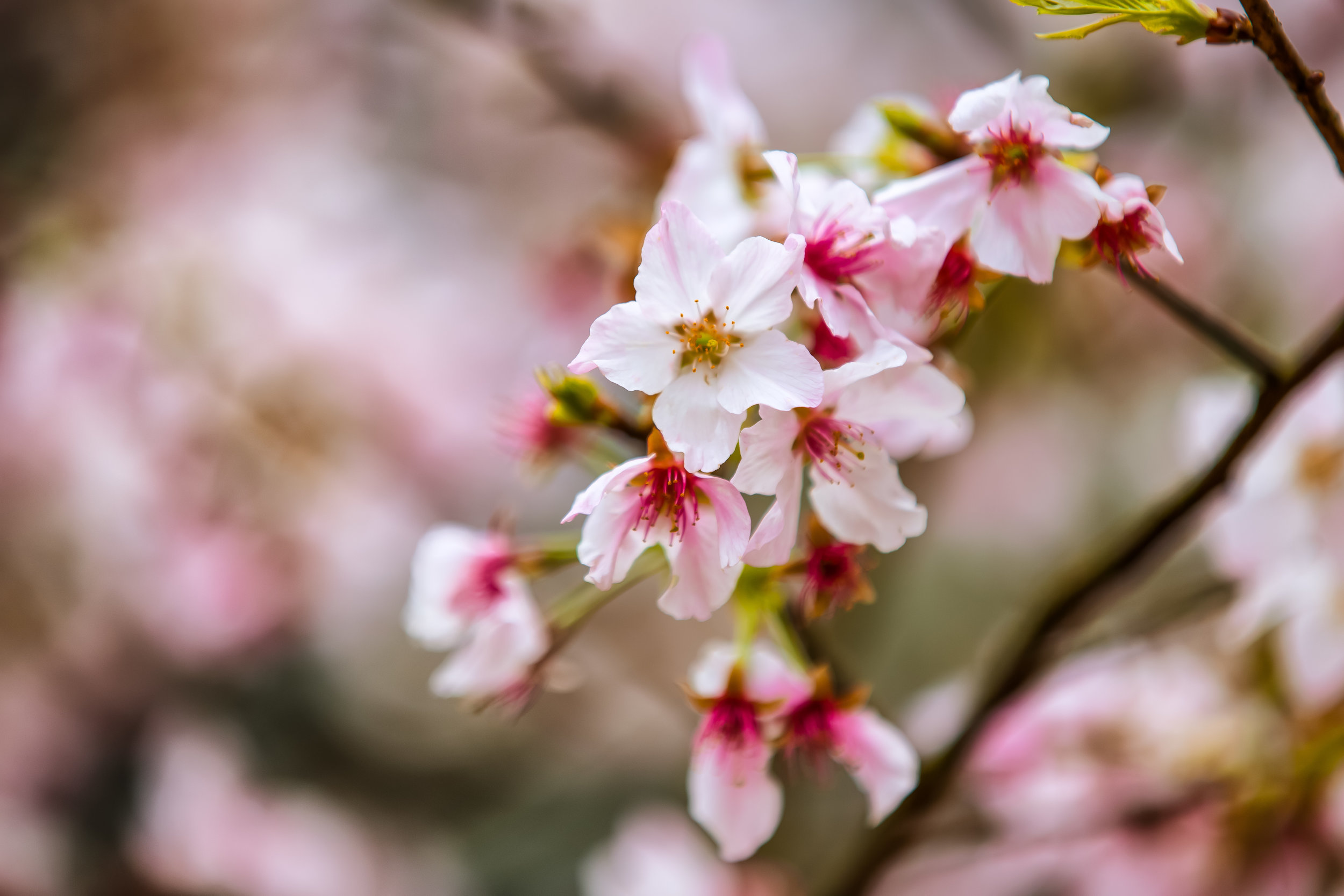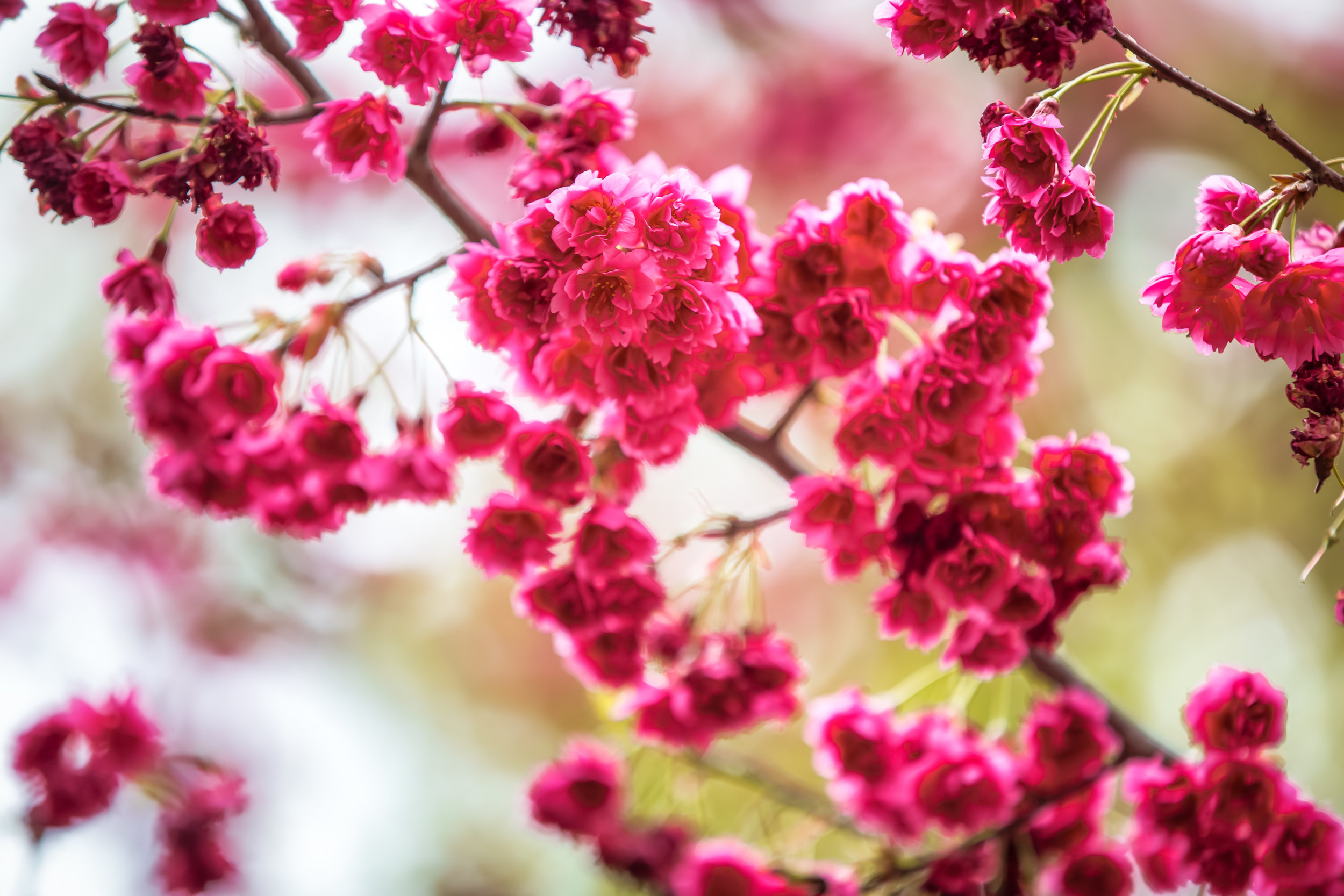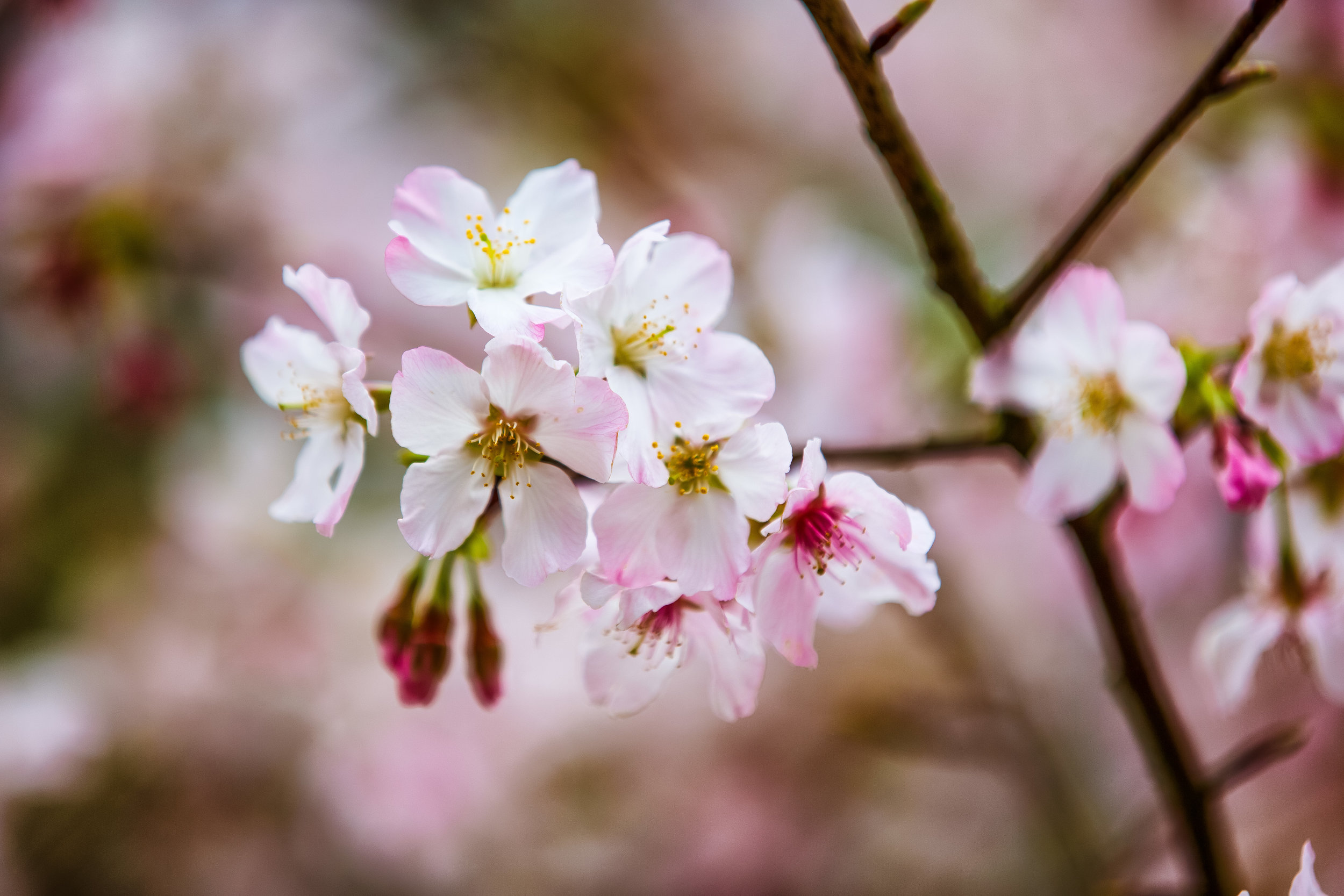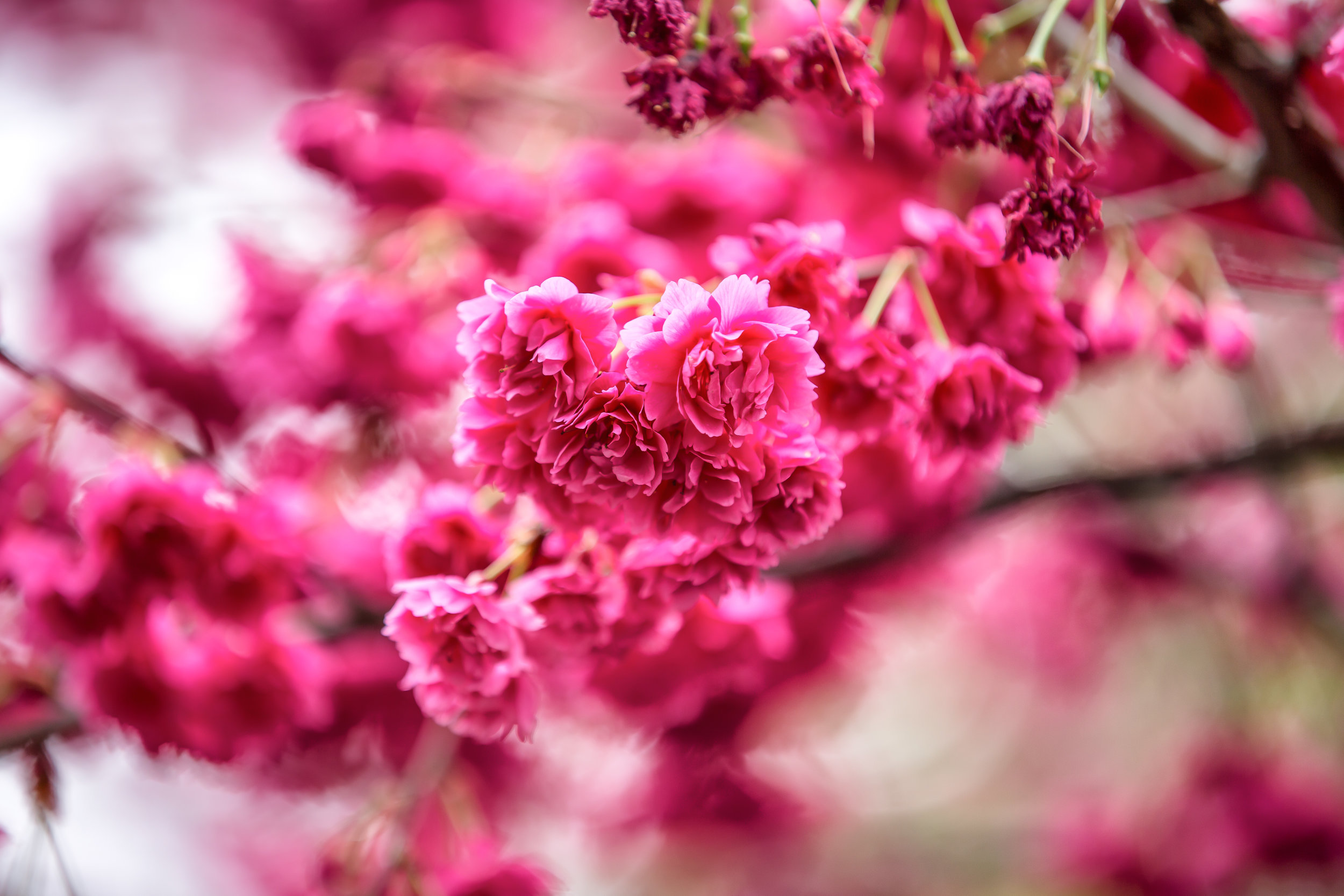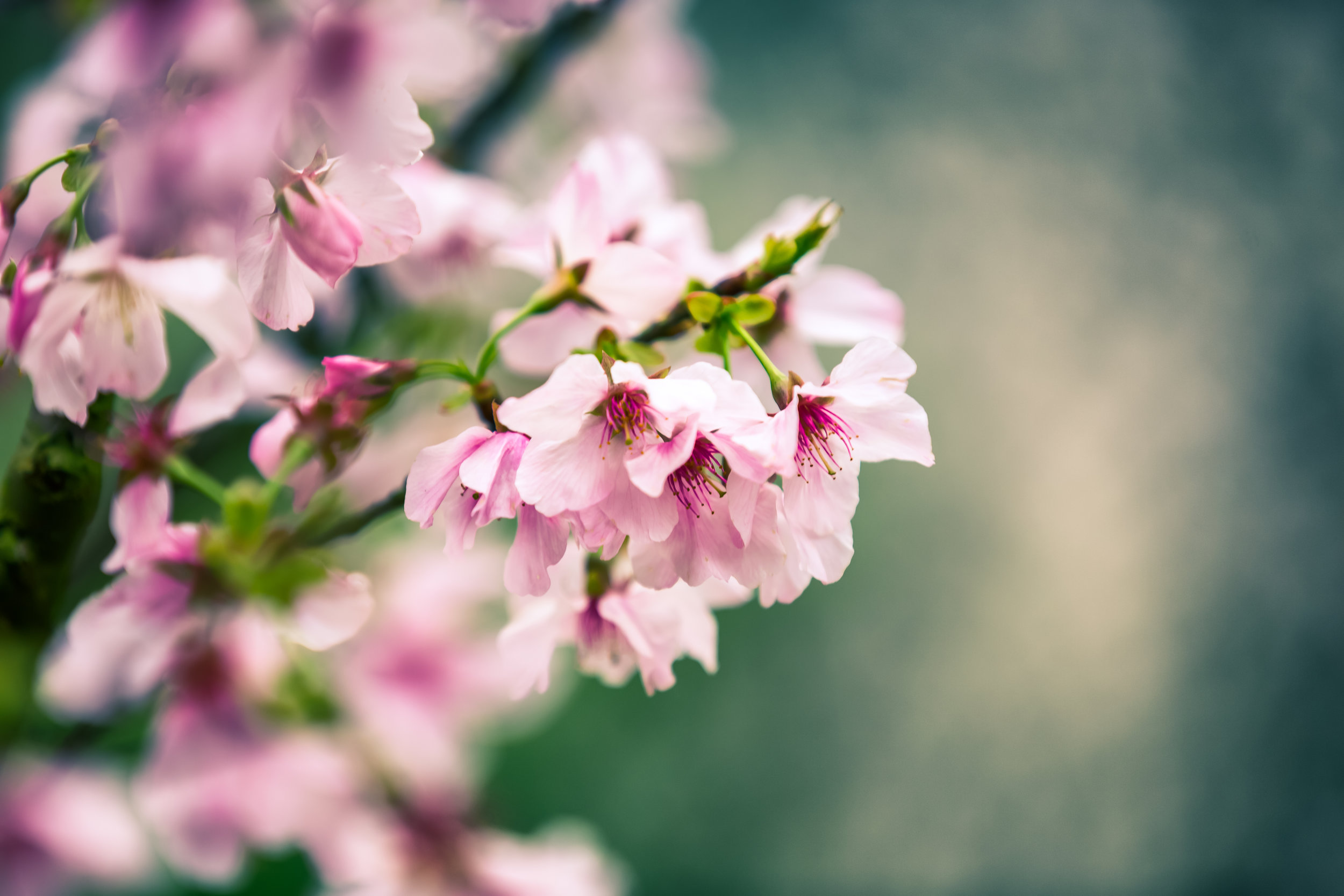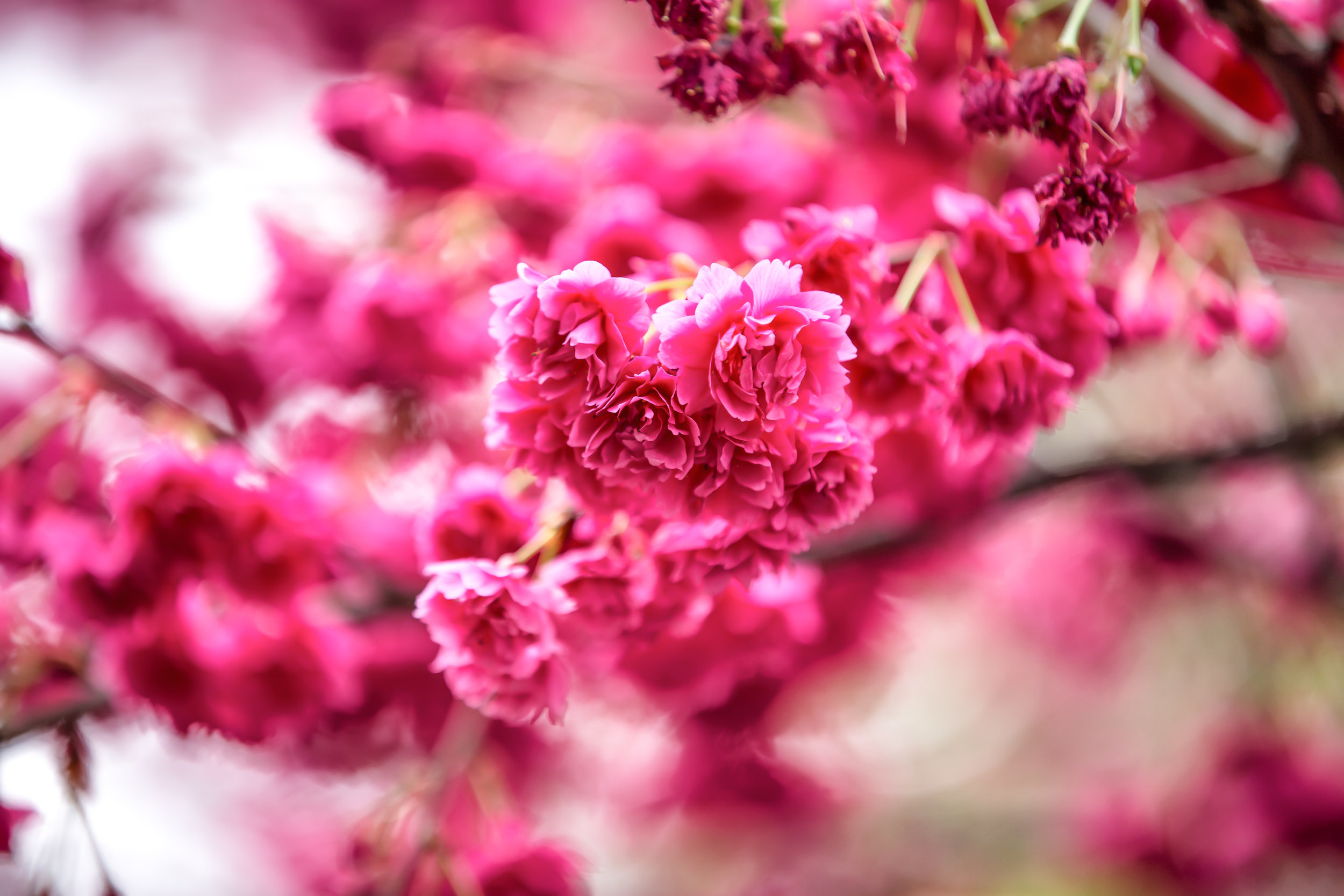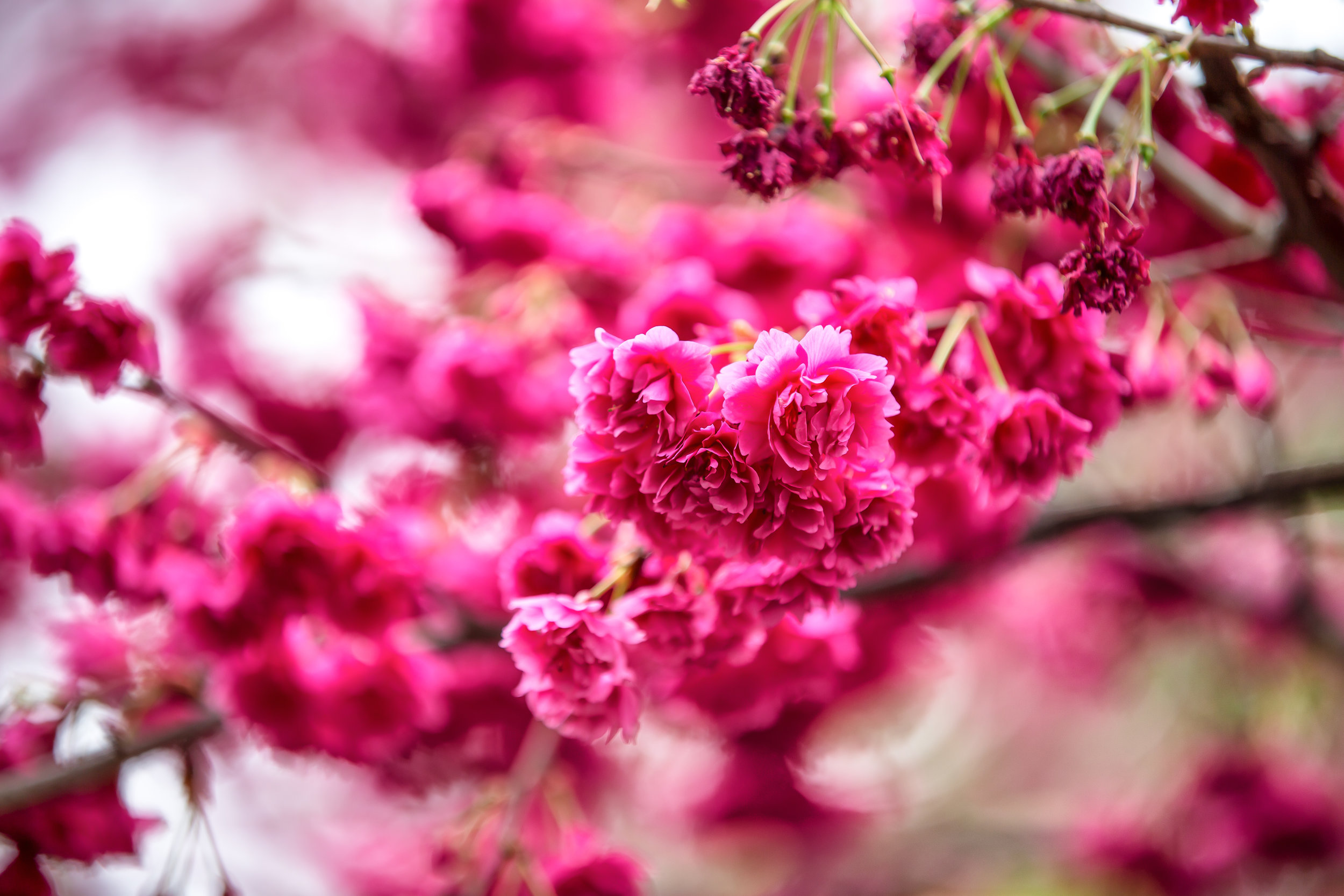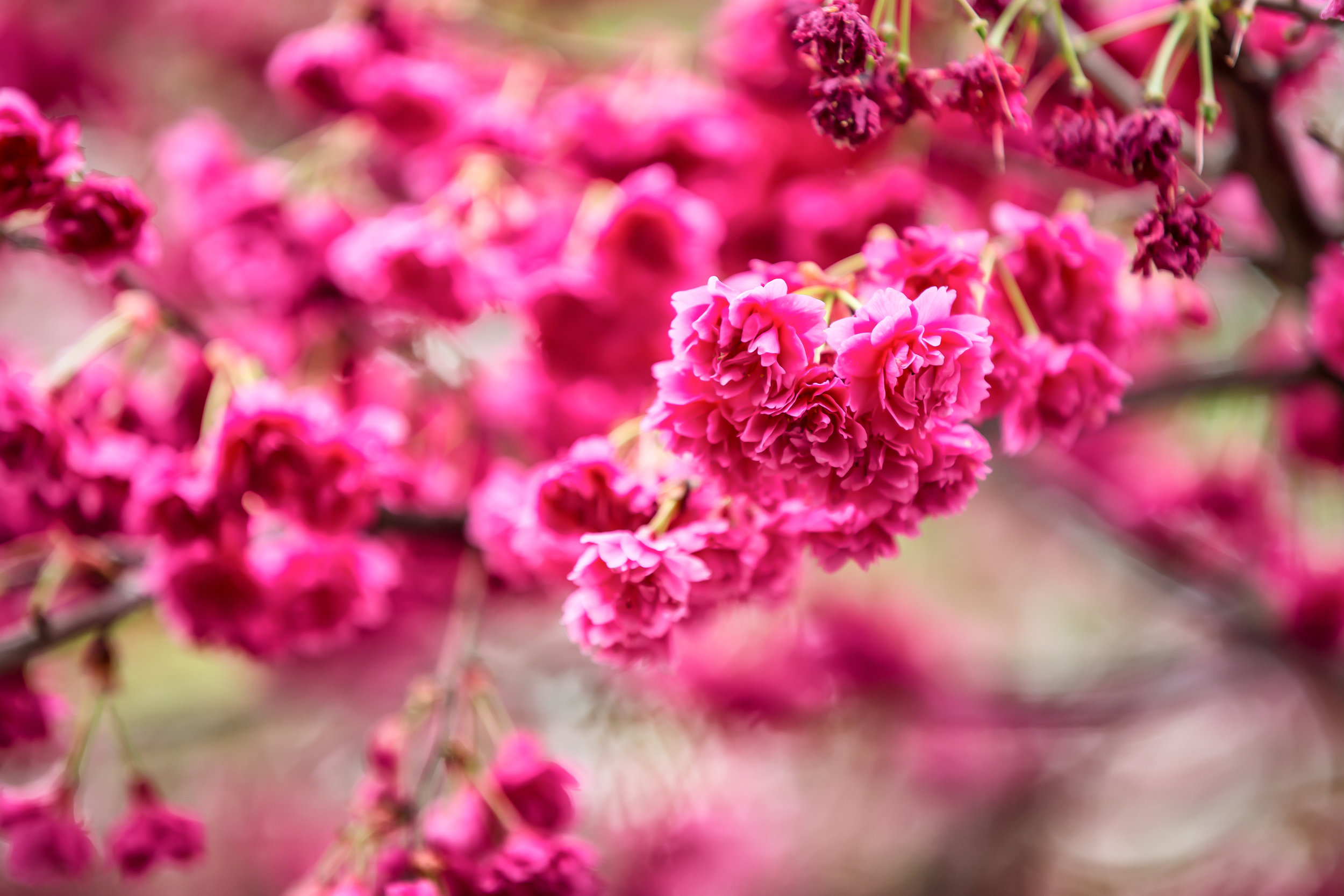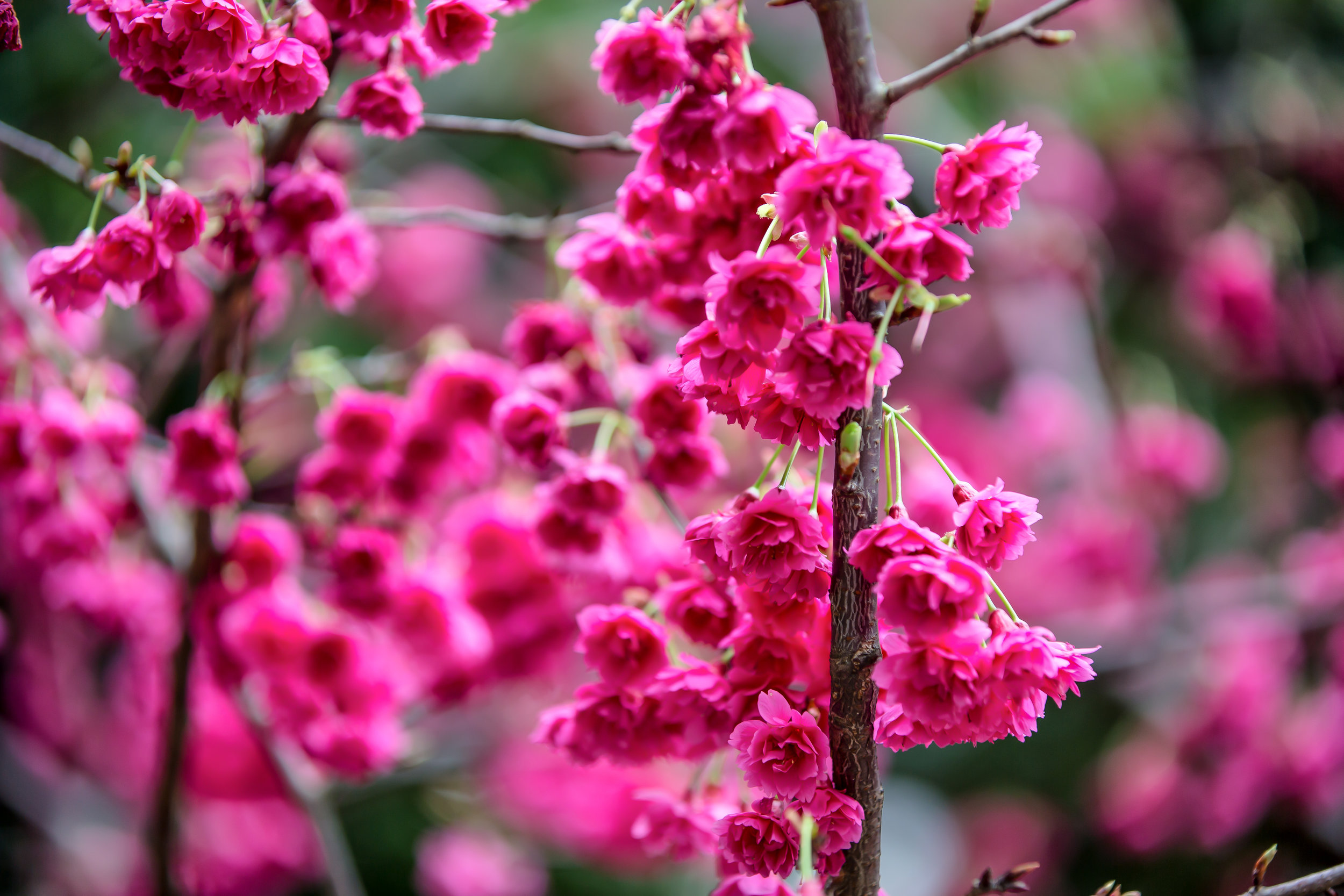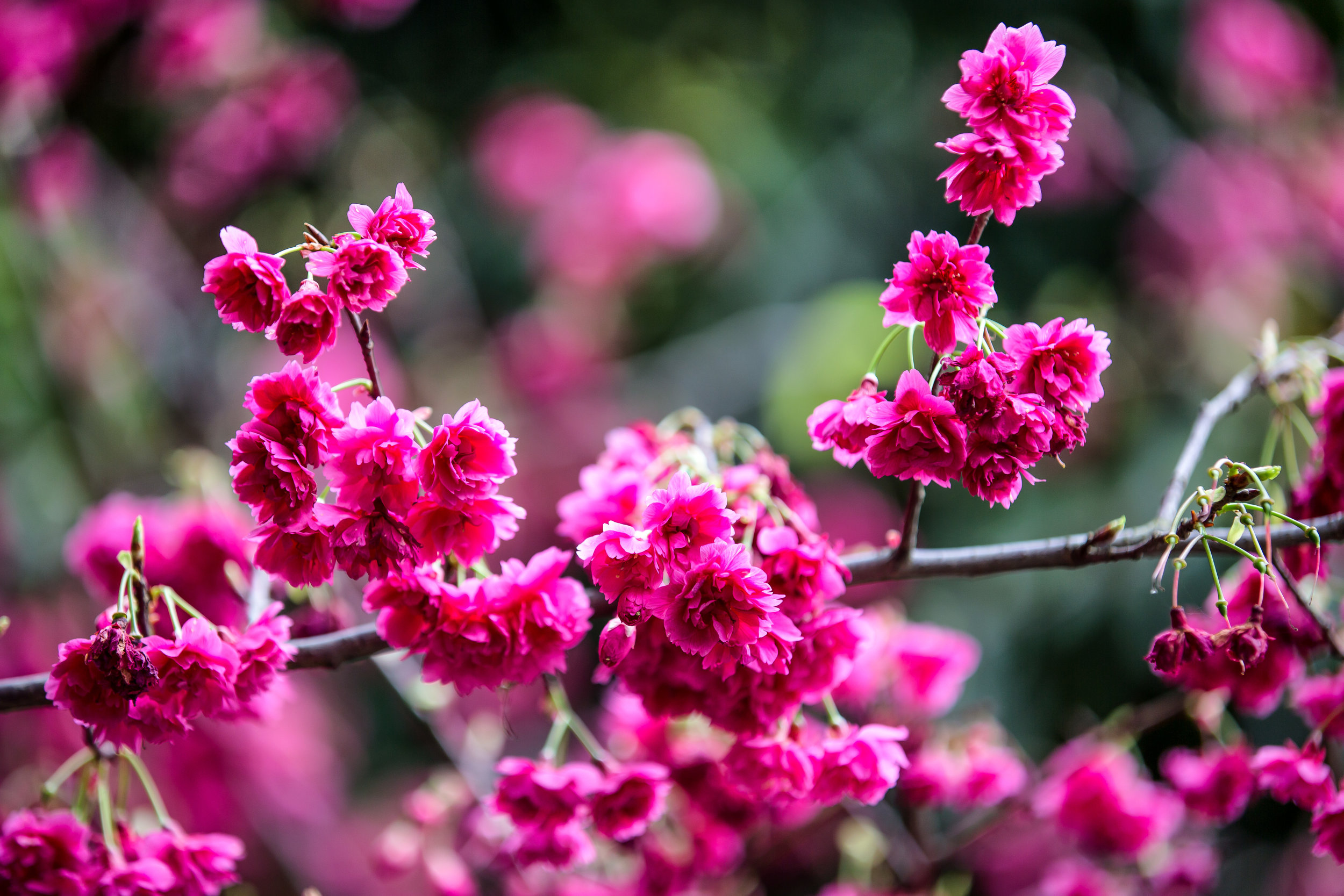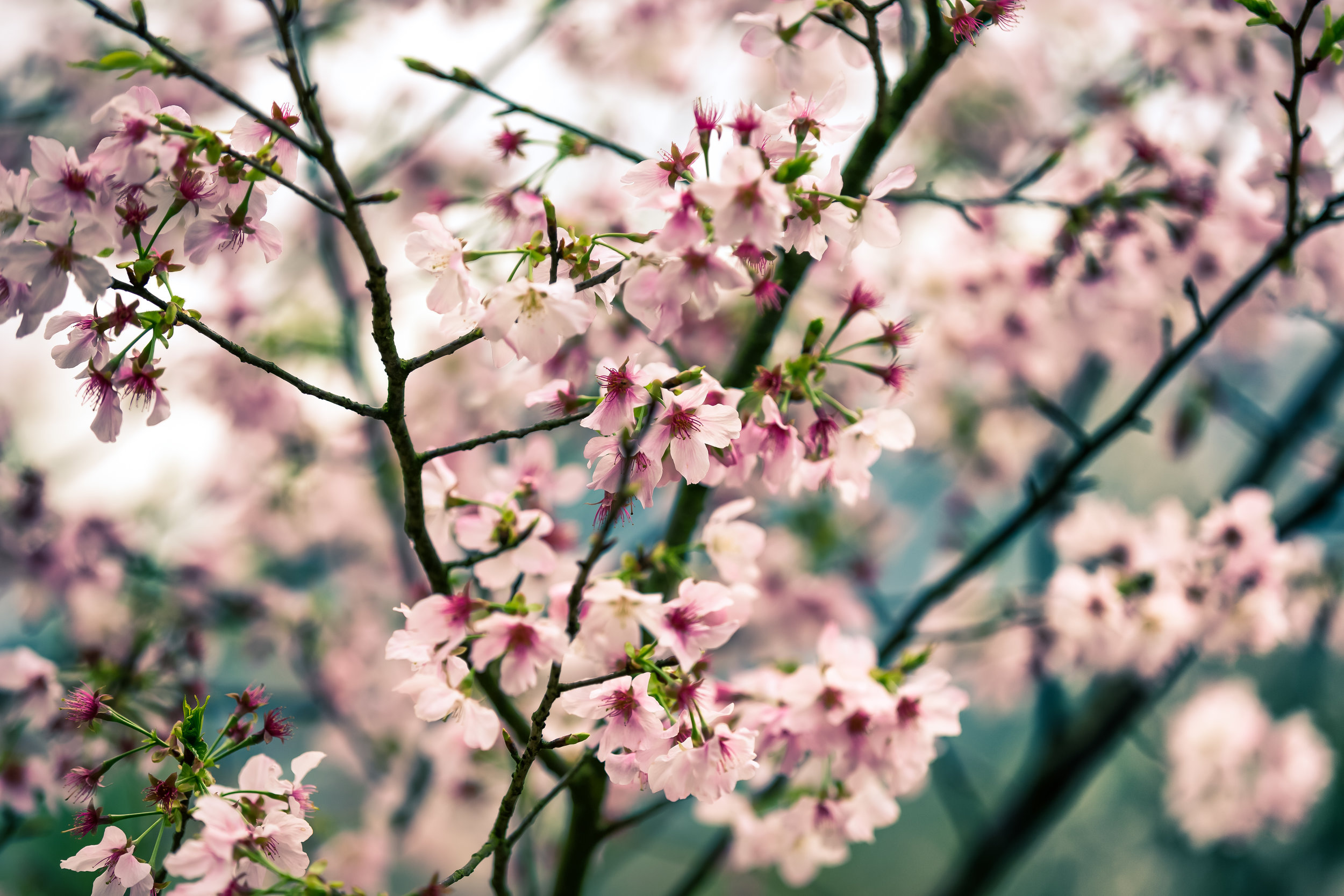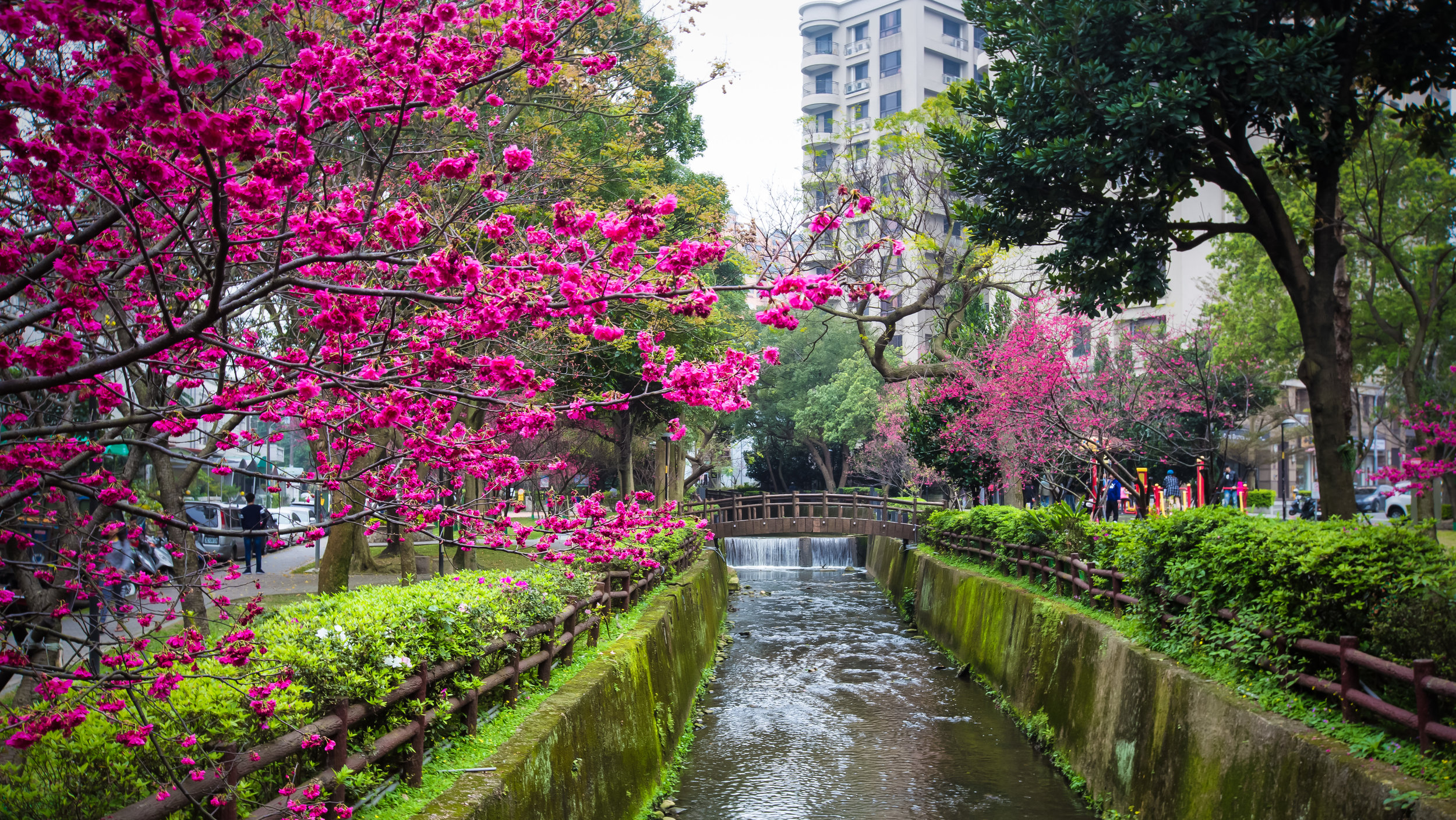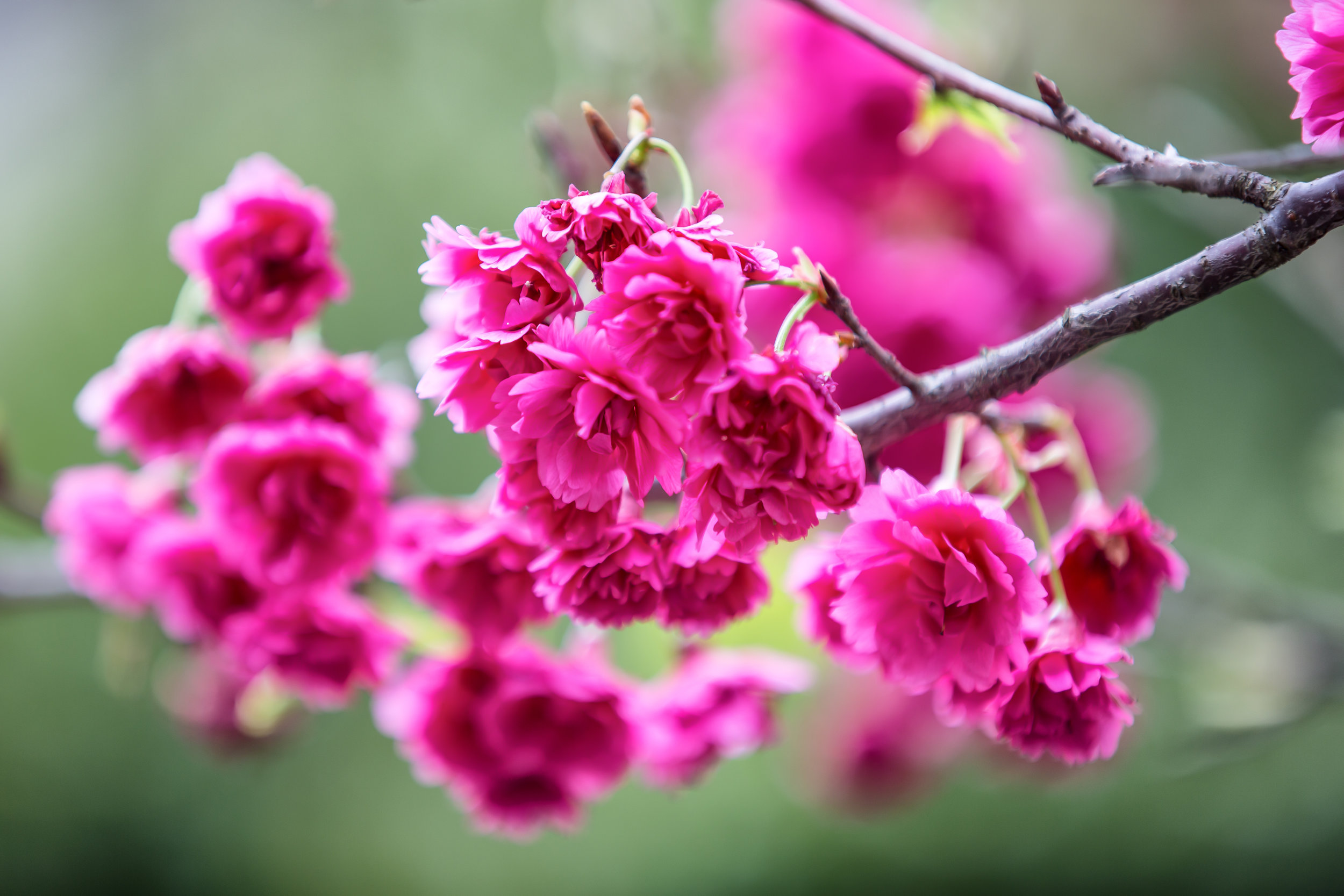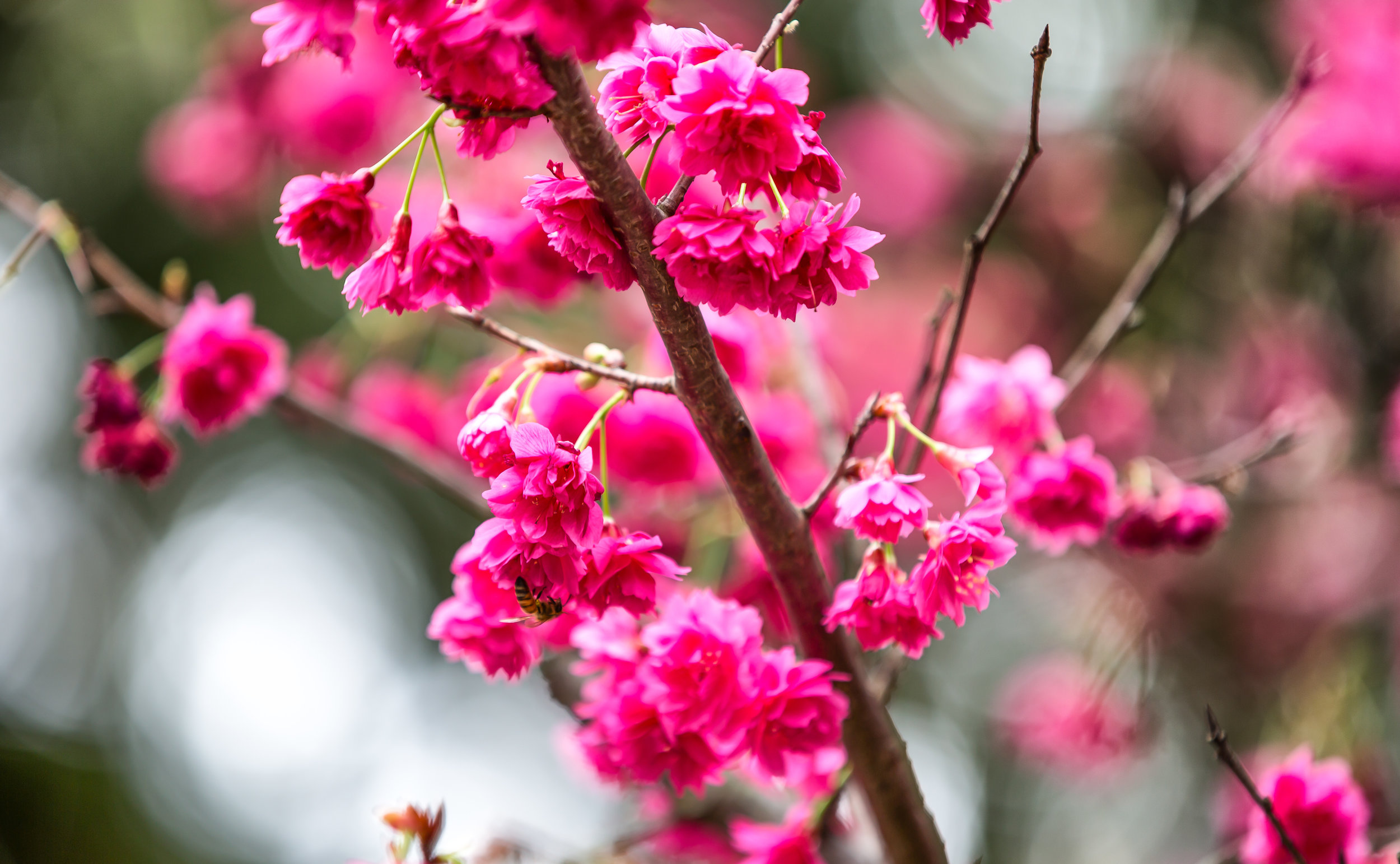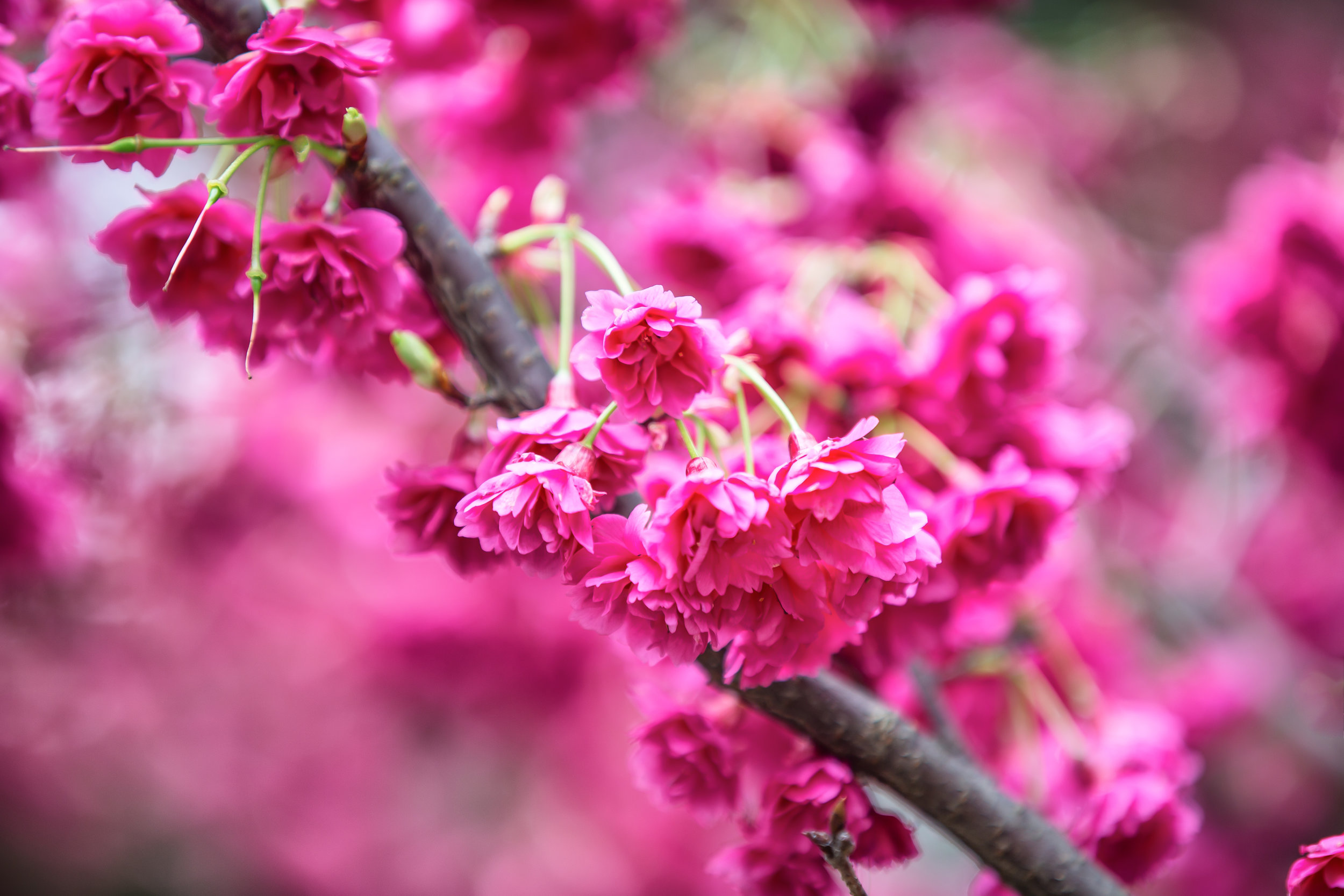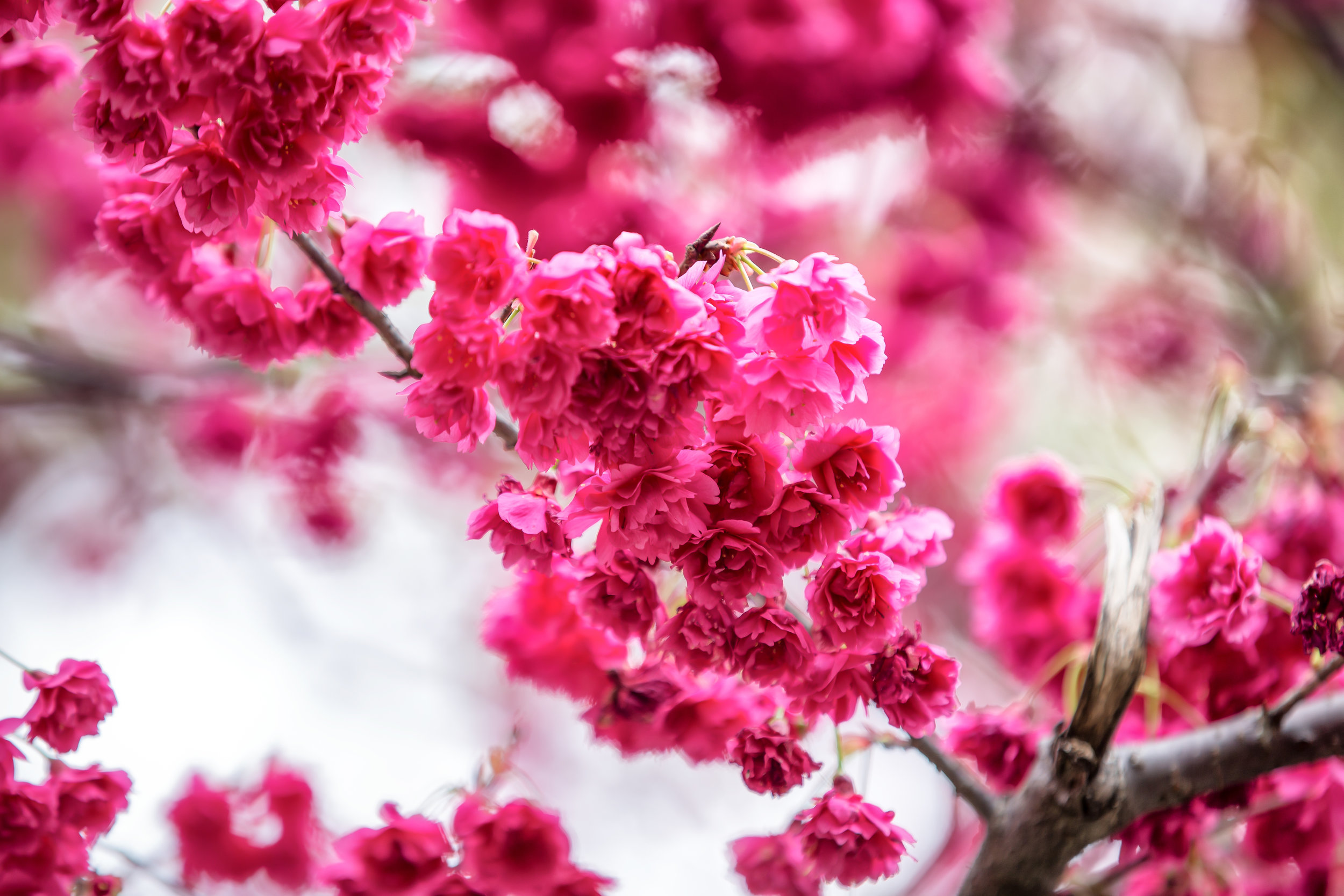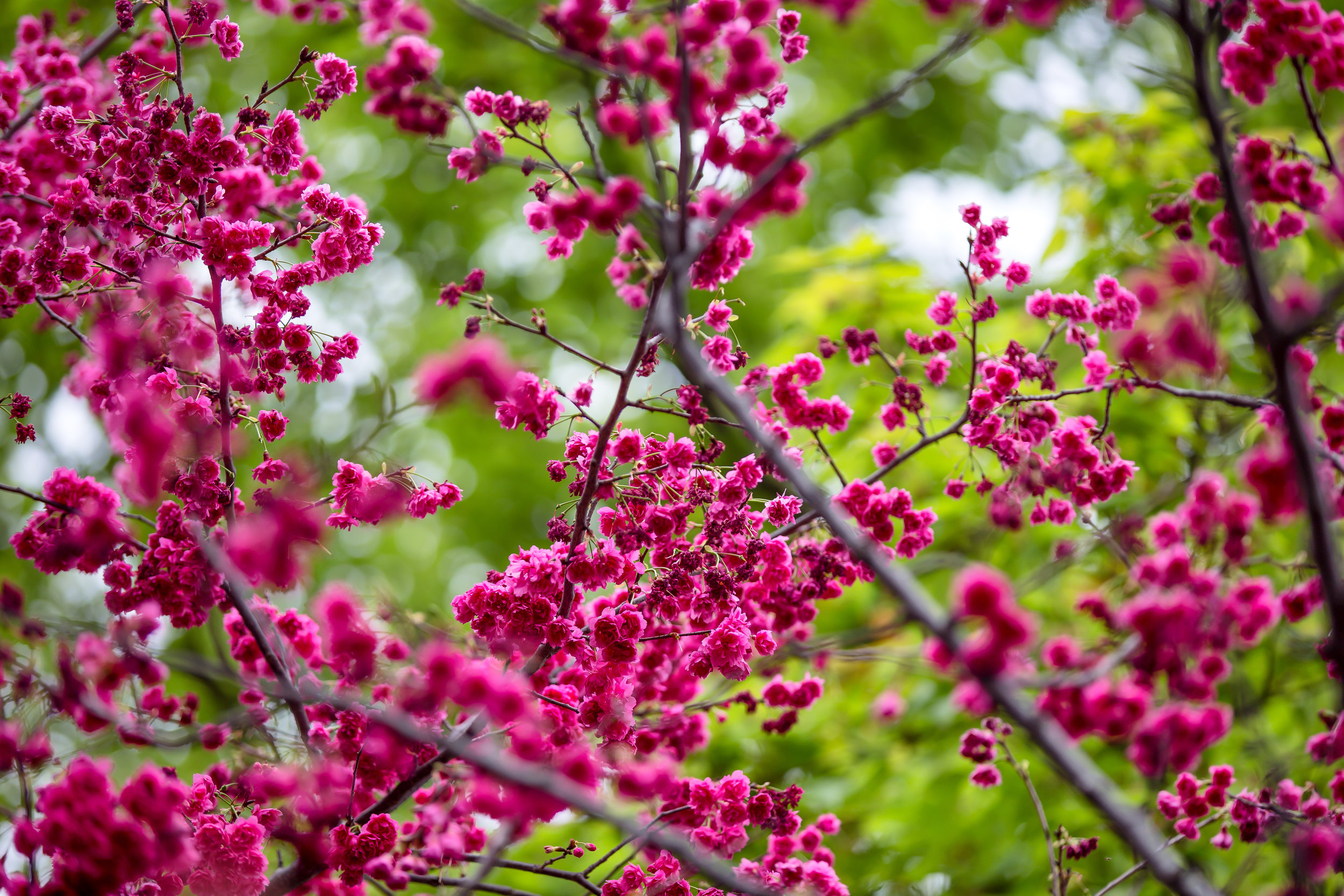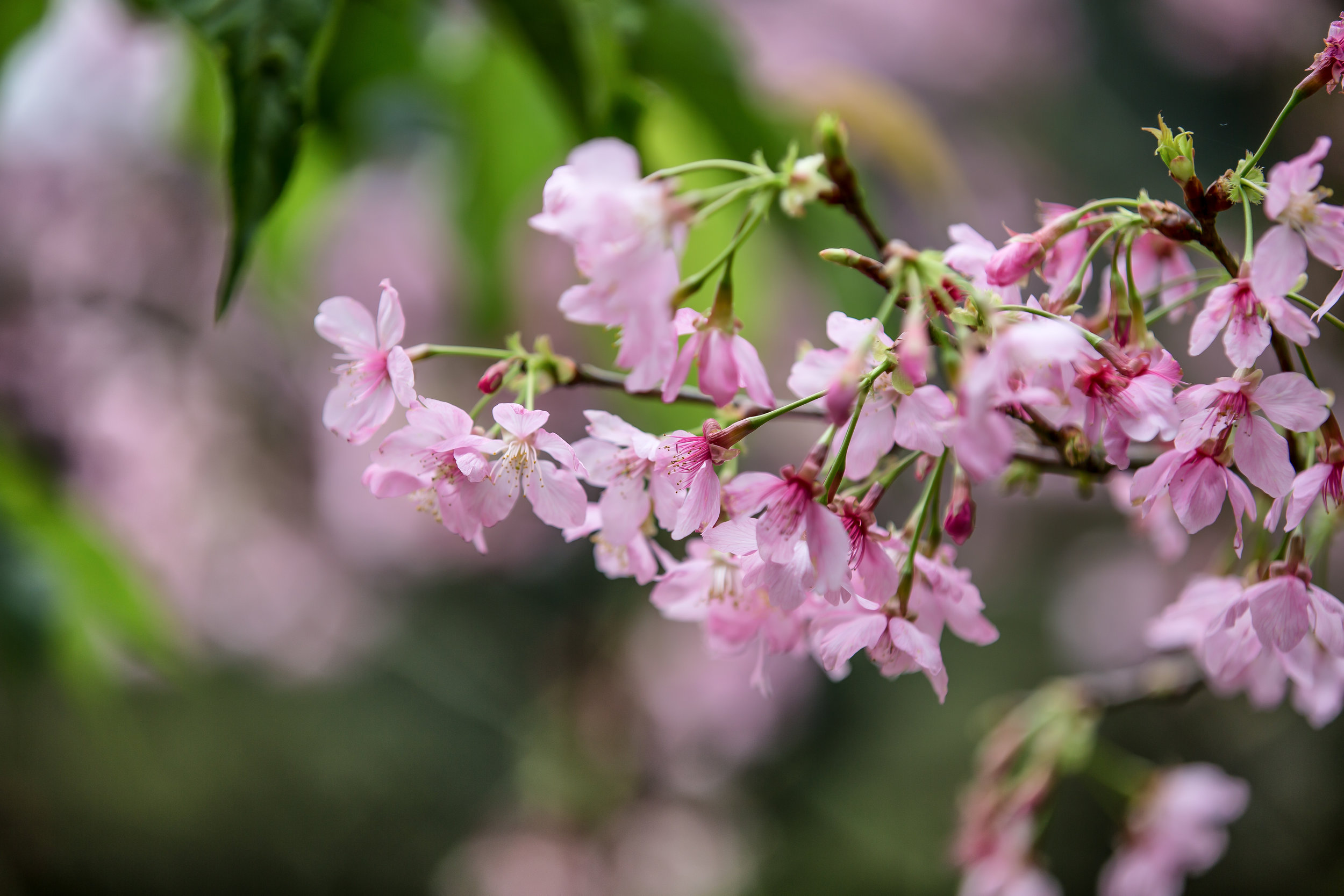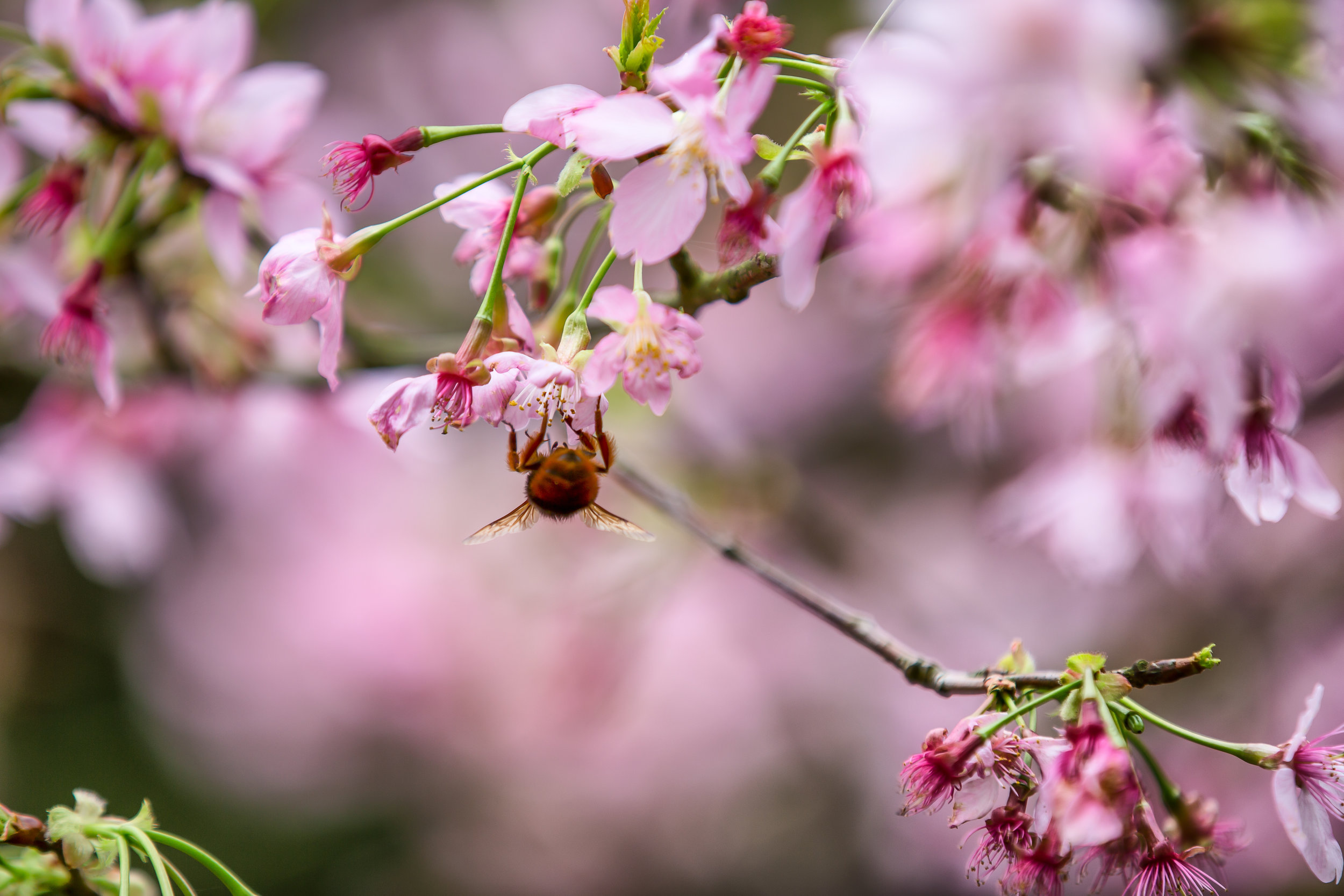When you think of Ireland, I suppose what comes to mind quickest are the things the country is most well known for: The colour green, leprechauns, Guinness and St. Patrick's Day!
Clearly though, there is much more to Ireland than any of these things and the people of the country are a proud bunch despite living under difficult conditions with political, economic and religious turmoil constantly reading its ugly head. The hardships that have been endured by the Irish people over time are often personified by one of Irish history’s most well-known figures, Saint Patrick who in spite of his own personal suffering was said to remain a humble, gentle man who was totally devoted to god and to improving the lives of the Irish people.
Today, St. Patrick’s Day is a holiday that is celebrated all around the world, thanks in to the influence of the Irish diaspora. For most, March 17th might just be a day to wear green clothes and drink copious amounts of green beer but to the Irish, it is a day to celebrate their cultural identity, their religion, their language and more recently the economic successes of the Irish Republic which is helping to develop the small island nation.
As a bit of a treat for this years St. Patrick’s Day, I’m going to be posting photos not of people getting drunk and celebrating the holiday, but of the beautiful St. Patrick’s Cathedral in Dublin. The eight-hundred year old cathedral which is dedicated to Ireland’s Patron Saint and happens to be one of those 'must visit' places if you find yourself in Dublin.
St. Patrick
Even though St. Patrick’s Day or “Lá Fhéile Pádraig” has become an important holiday celebrated all over the world, its important to remember that the man himself, Saint Patrick who is the Patron Saint of Ireland was not a leprechaun, nor did he walk around wearing green with a pot of gold in his arms - He was actually an important figure in Irish history and is considered the founding father of Christianity in Ireland.
Saint Patrick, or Saint Pātricius is thought to have been born with the common name "Maewyn Succat" in Roman Britain sometime in the 5th Century. The history of his life is a bit fuzzy and it is difficult to differentiate historical fact from legend, but it is widely believed that he was kidnapped and brought to Ireland as a slave at about the age of sixteen where he worked as a shepherd. Even though Ireland was a land of Druids and Pagans at that time, he turned to God and became a Christian while living in captivity. After working for about six years as a slave he was able to escape back to his home (believed to be in Wales) where he rejoined his family.
Legend has it that a few years after his return he had a vision in which he saw a man carrying many letters, which were titled: “The Voice of the Irish People” that requested him to return to Ireland as a servant of god. The vision prompted him to enter the priesthood where he studied for many years in France under the tutelage of St. Germanus, who later ordained Patrick as a Bishop and sent him on a mission to spread the gospel in Ireland.
Patrick is thought to have arrived in Ireland on March 25th, 433 AD and for the next forty years spent his time performing miracles, spreading the word of god, building churches and in his free time banishing snakes from the Island - all the while living in squalor and enduring a consider amount of personal suffering.
Even though St. Patrick lived over 1500 years ago, it isn’t difficult to trace his steps in Ireland today where there are thousands of sites that claim a connection to the historic figure.
Most notably you can visit the Rock of Cashel, St. Patricks Well, The Hill of Slane, Croagh Patrick or Saul Church where the Saint founded his first church and is said to be buried.
Apart from historic sites where Saint Patrick himself travelled, there are a number of churches and cathedrals in the Republic of Ireland as well as in Northern Ireland which are dedicated to the Patron Saint with one of the most important being that of Saint Patrick’s Cathedral in Dublin.
Saint Patrick’s Cathedral (Ard-Eaglais Naomh Pádraig)
The historic Saint Patrick’s Cathedral in Ireland’s capital city of Dublin dates back to the year 1191 and is the National Cathedral of the Church of Ireland as well as the largest church in Ireland with its 43 meter tall spire. Today it is one of the most important pilgrimage sites in Ireland as well as a popular tourist attraction for people who want to learn about Irish history and culture.
The grounds of St. Patrick’s Cathedral are thought to be the earliest Christian site in Ireland where in the 5th century Saint Patrick baptized converts with water from a well on site but despite some archaeological evidence there is little proof to actually confirm whether or not this is actually true.
When the Normans arrived in Ireland, bringing with them new construction techniques, Archbishop John Comyn made the decision to raise the status of Saint Patrick’s to a cathedral and in 1191 started construction on the building that we see today - replacing the original wooden church that was there.
The decision to construct a cathedral caused some territorial issues for the small city of Dublin due to the fact that there was no precedence for a city of its size to have more than one cathedral. This caused a bit of friction between the nearby Christ Church Cathedral and St. Patricks which had to endure a period of conflict before signing the ‘Pacis Composito’ agreement in 1300 which clearly defined their roles and acknowledged their shared status.
Even though St. Patrick’s Cathedral is not the seat for the Archbishop of Dublin, it has been designated the national cathedral for the whole of Ireland since 1870 with chapter members from the twelve regional dioceses of the Church of Ireland. Today it serves as the location for state funerals, public ceremonies and memorial days as well as university graduation ceremonies.
Like a lot of European cathedrals, the cathedral was designed in “cruciform” shape meaning that the layout was in the form of a cross with the nave being the longest part, the choir area being the top part and the transepts being the arms on either side of the nave.
The building designed in gothic-style has evolved quite a bit over its history with the addition of the Lady Chapel (behind the choir area) and having to undergo several periods of reconstruction and repair thanks to an accidental fire and the hazards of Ireland’s notorious weather.
The period between the 16th and 17th centuries turned out to be a very turbulent time in Irish history and have had lasting effects on the island that are still felt today. In 1536, King Henry VIII of England conquered Ireland, deposed its rulers and enforced a London-style form of centralized government controlled by the monarchy.
At the same time the English reformation was taking place in Britain meaning that the Irish would also be forced to break with Rome and the Catholic Church ultimately leading to centuries of secretariat animosity between Irish Catholics and Protestants.
Ownership of St. Patrick’s Cathedral, like most of Ireland’s cathedrals was transferred to the Church of Ireland, which was independent of the Catholic Church and declared King Henry VIII to be the Supreme Head of the Church on Earth. The change in ownership meant that modifications would have to be made to the cathedral to reflect the theological changes.
A point which fuelled Irish contempt for their English colonizers was that the English wantonly defaced the church, neglected it and even at one point used it as a stable for Thomas Cromwell’s horses.
By the 19th century the cathedral was in ruins but was lucky to earn itself a very wealthy benefactor in Sir Benjamin Guinness, the richest man in Ireland and owner of the Guinness Brewing Company.
Guinness donated over £150,000 to restore the building which closed for restoration between 1860-1865. Rather than just investing funds into the cathedral's restoration, Guinness took a leadership role in the project and personally oversaw not only the restoration of the cathedral but a redesign of the interior of the building for which he made significant changes.
Today the cathedral is a not only a busy place of worship but also an important tourist spot for people visiting Dublin. The price of admission for tourists ensures that St. Patrick's is in a constant state of repair so that this important piece of Irish history is available for future generations to enjoy.
Getting There
The Cathedral is open to visitors from 9:00am - 5:00pm every day except for on Sunday when visiting hours are split up in blocks that allow for the cathedral to perform services. The time for visiting changes during the year, so its a good idea to check the website to see what time the cathedral will be open at the time of year you plan to visit.
Admission to the cathedral is €7.00 for adults and €6.00 for students with special family and group rates offered as well. If you would prefer to book a public tour, which are available from Monday to Saturday you can also book that on the website.
The cathedral is located at the junction of Patrick Street and Upper Kevin Street and is easily accessible by foot from the city centre, but if you prefer to take public transportation you can take Dublin Bus 49, 54a, 56a, 77a or 151. I suggest using the Dublin Bus website or downloading the free app to figure out which route is best for you based on where you are travelling from.
Gallery / Flickr (High Res Shots)
